
Learn restoration and transformation of furniture with basic techniques such as cleaning, sanding, repair and finishes
Immerse yourself in the fascinating world of furniture restoration with this Domestika specialization, where you'll learn how to give new life to your favorite pieces. From basic cleaning and sanding techniques with Antic&Chic to the intricacies of chair upholstery guided by Lucia Giraudo, each module offers essential tools to transform your furniture. Discover the art of creating an aged finish on wood with Studio Violette, who will teach you how to highlight the natural texture and color. Plus, with Neus Iserte, you'll learn the secrets of chalk painting to give each piece a unique and personalized touch.
Explore beyond restoration with Lucas Rise and his decorative painting techniques, ideal for completely transforming any piece of furniture. If you're looking to design unique workspaces, Gema Casado will guide you through creating functional and creative environments. This specialization is your opportunity to develop practical and creative skills, allowing you to refurbish furniture with style and quality. Each lesson is designed to inspire you, providing you with valuable knowledge you can apply to your own restoration and renovation projects.
What will you learn in this specialization?


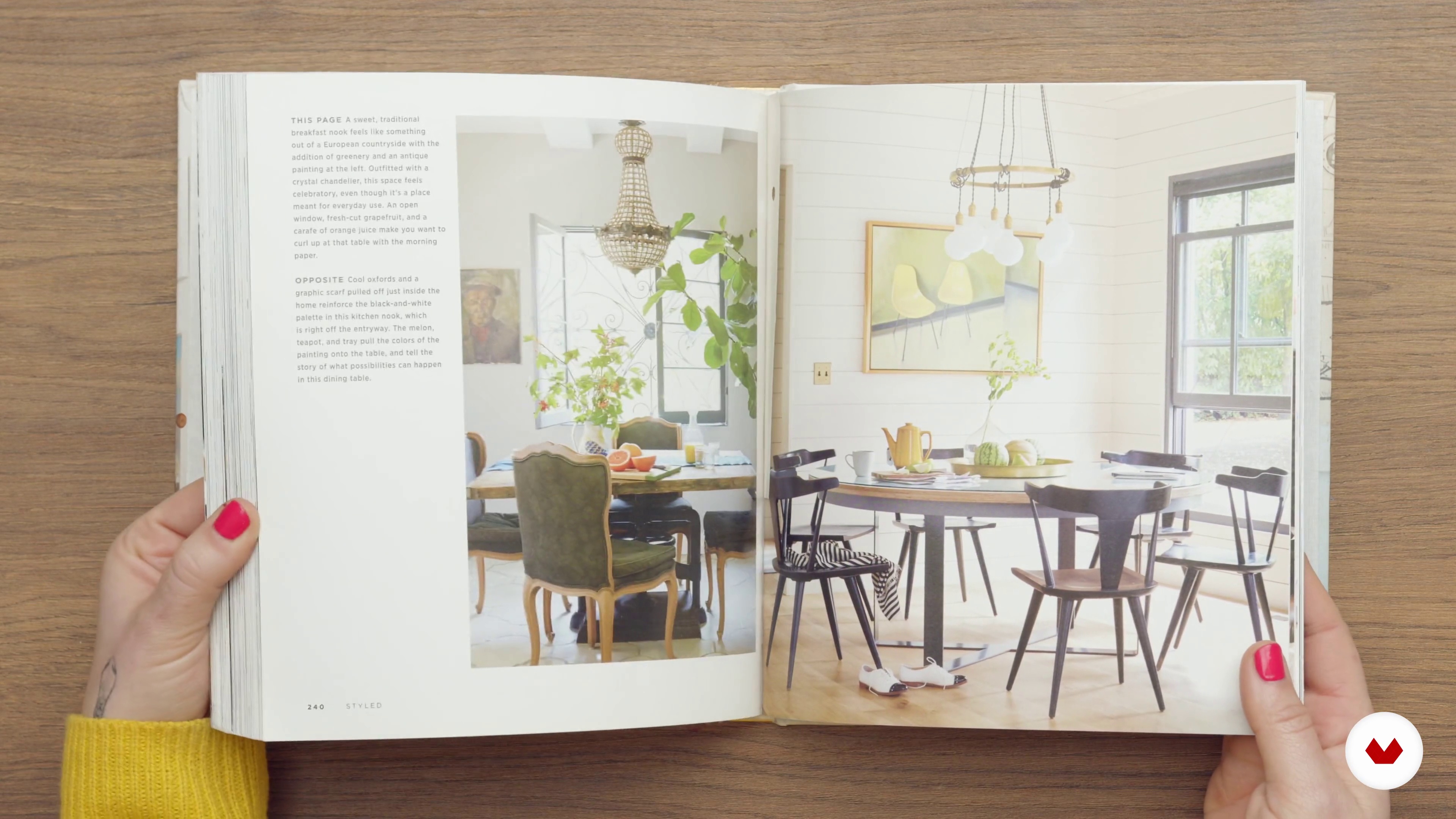


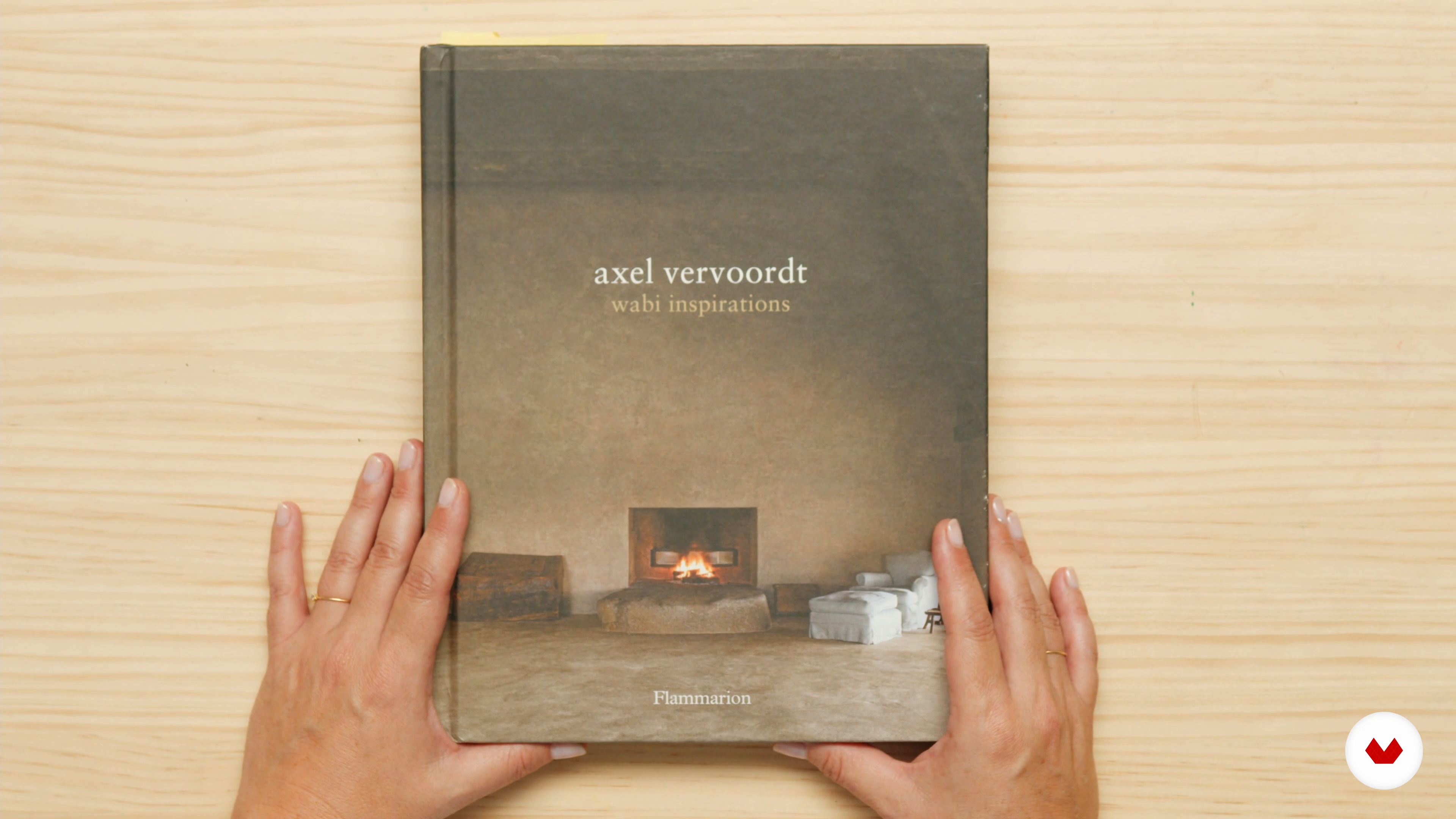
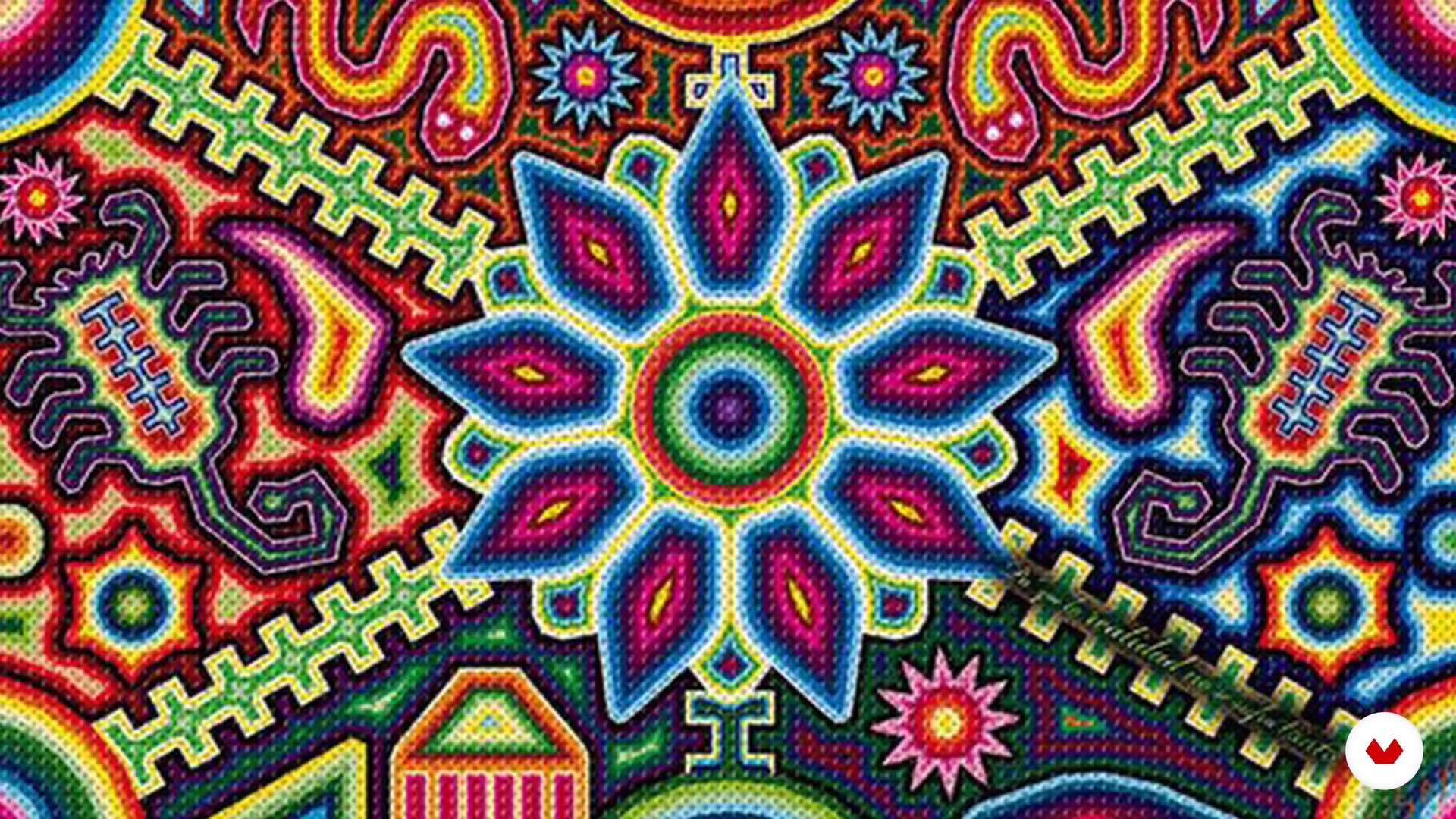
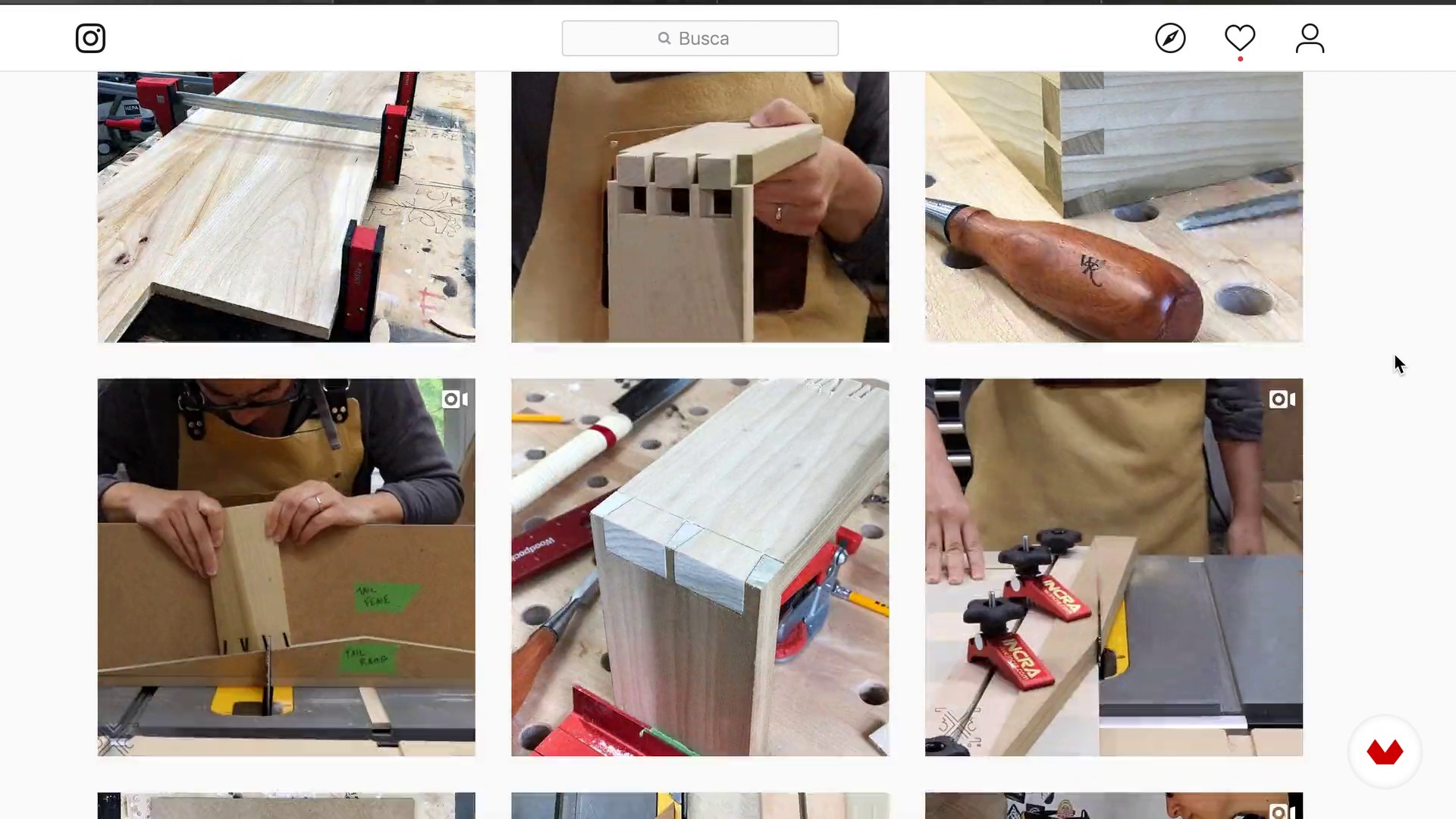
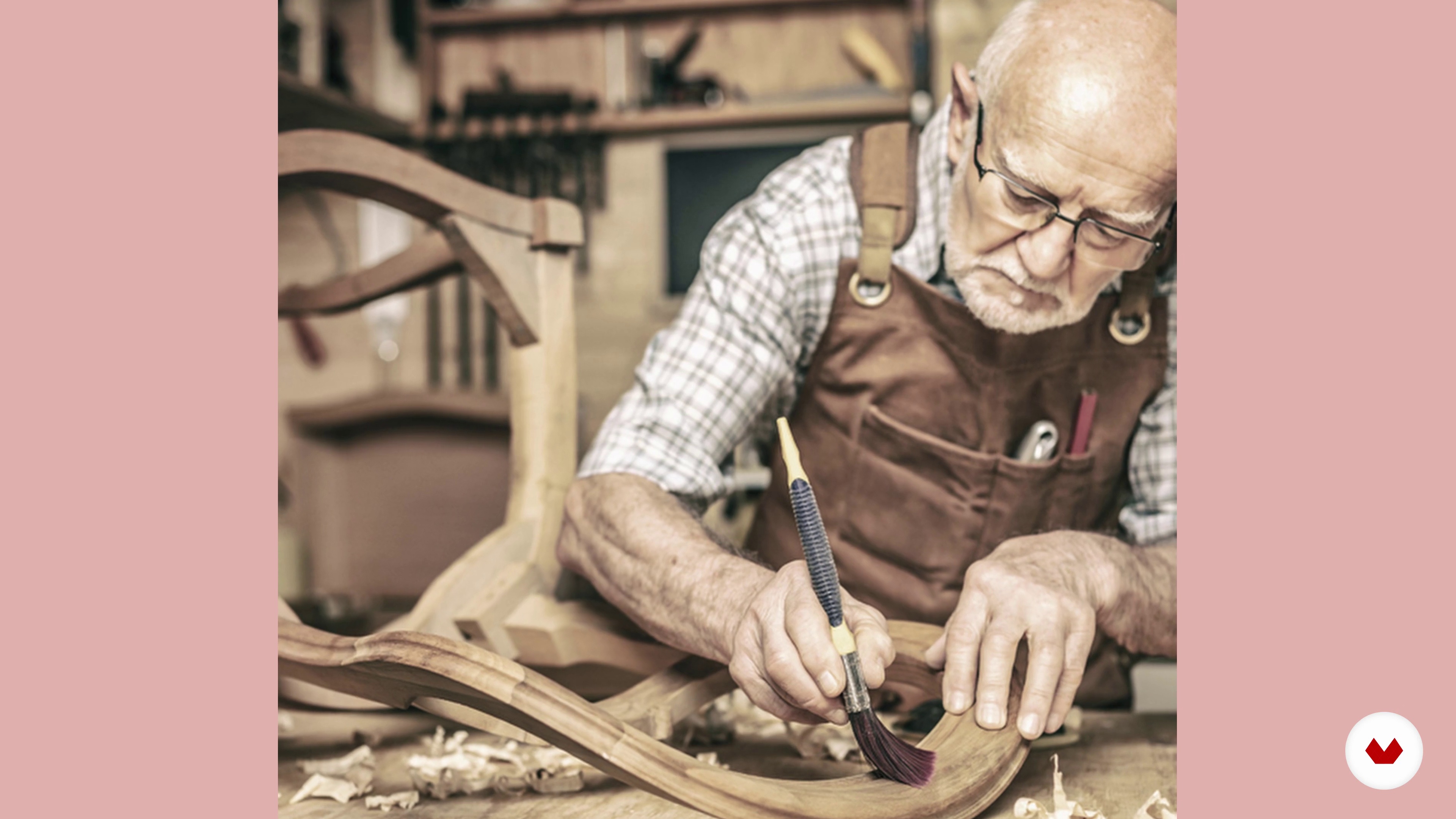

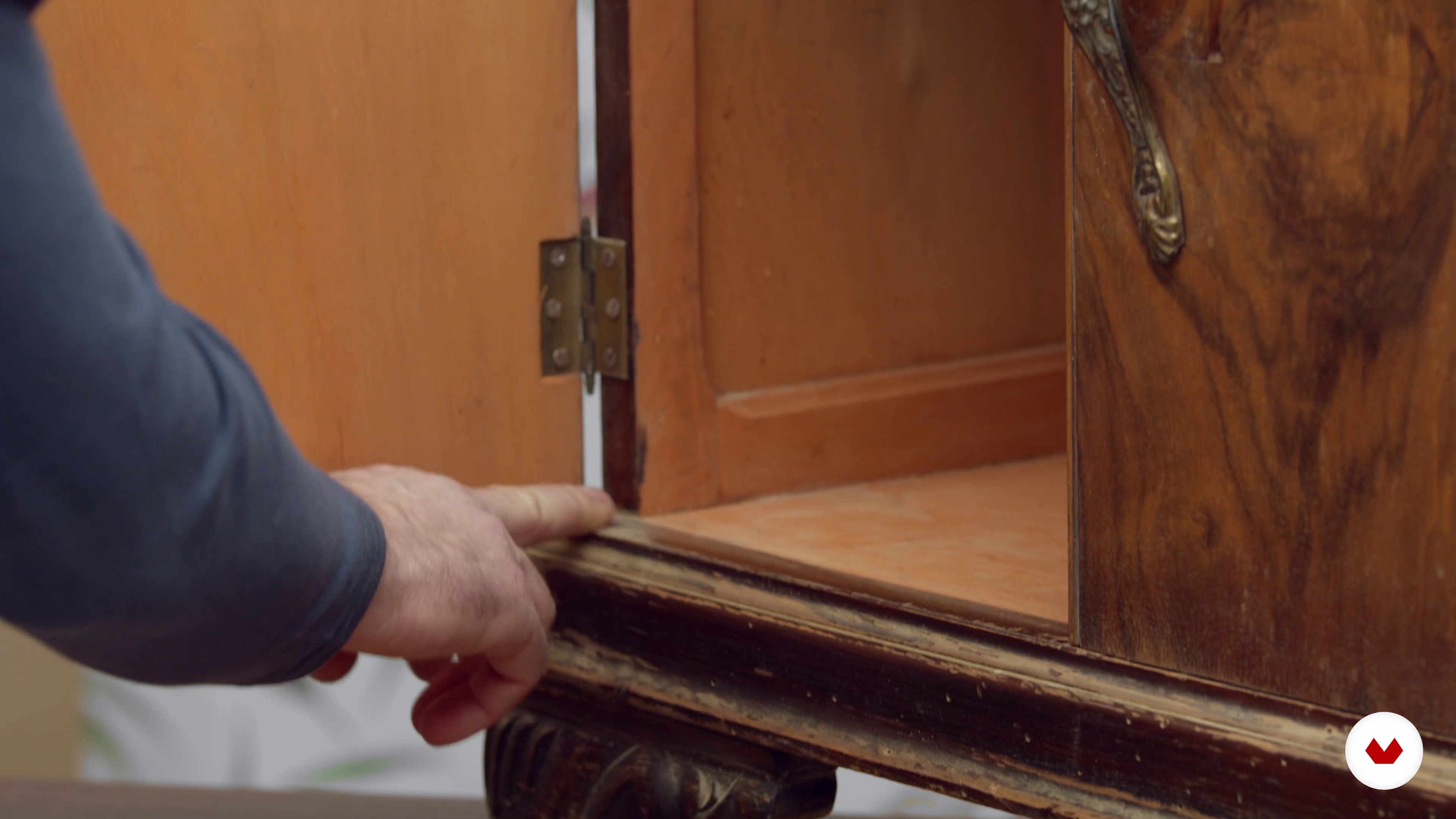
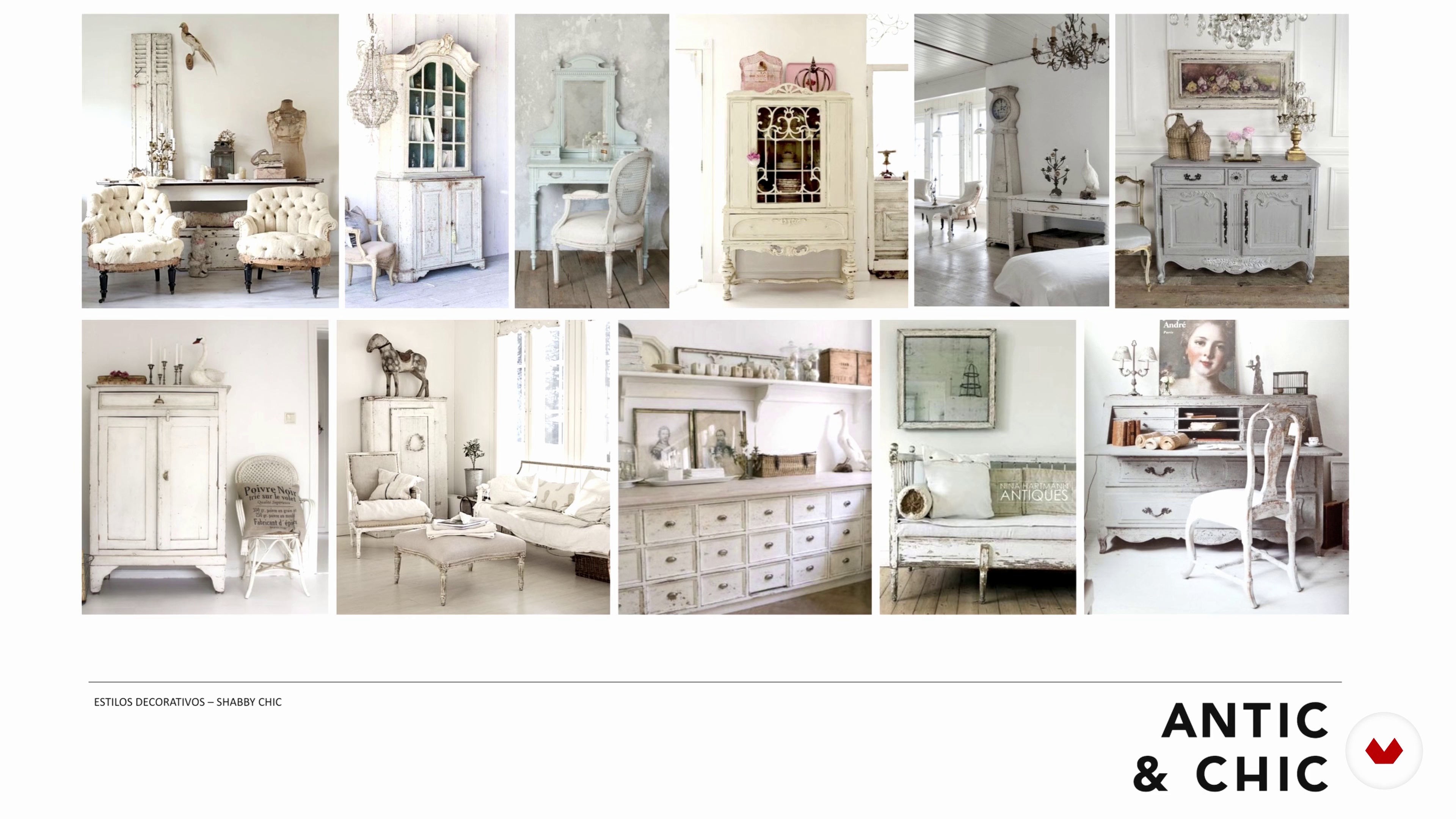
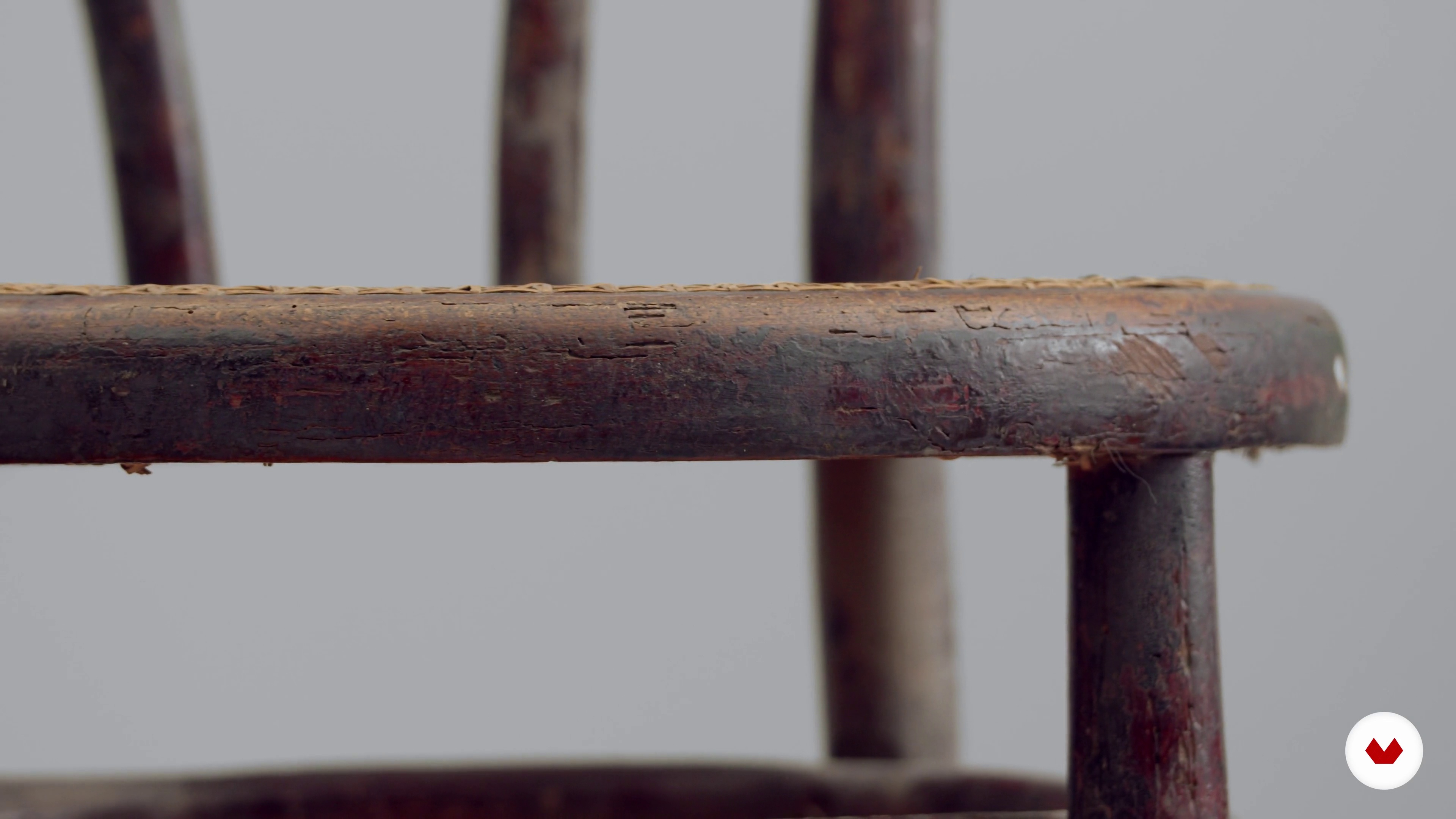
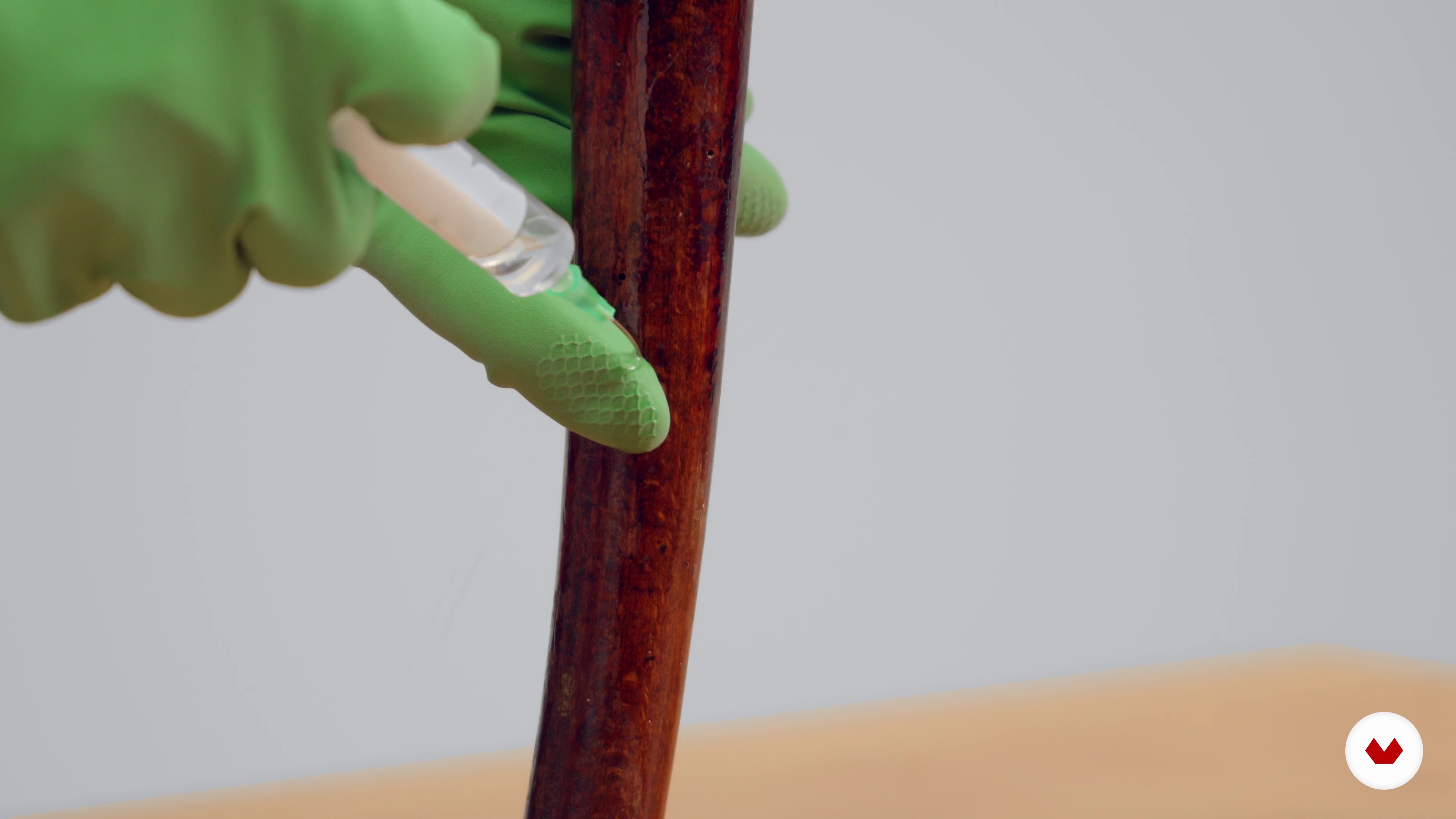
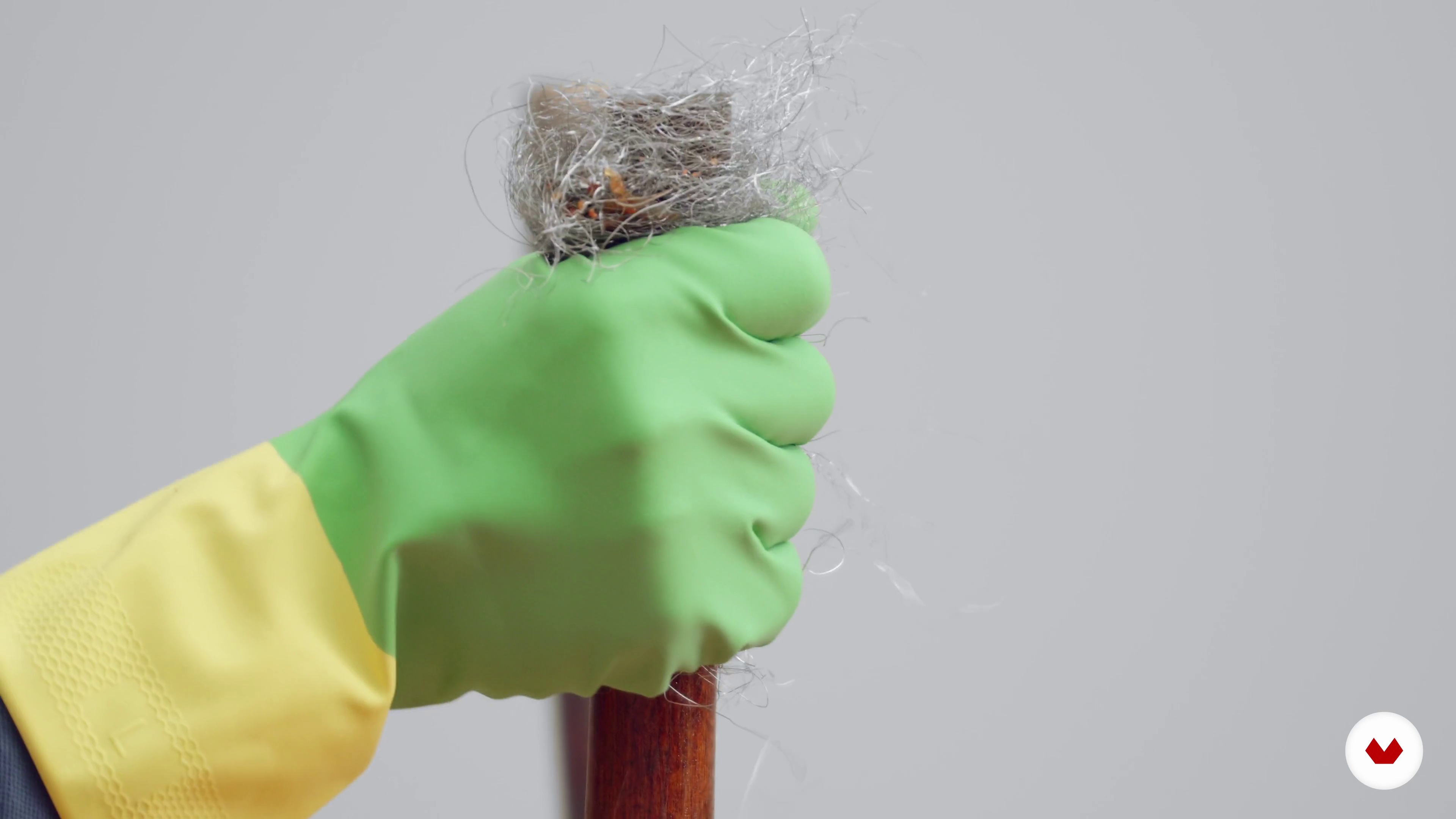
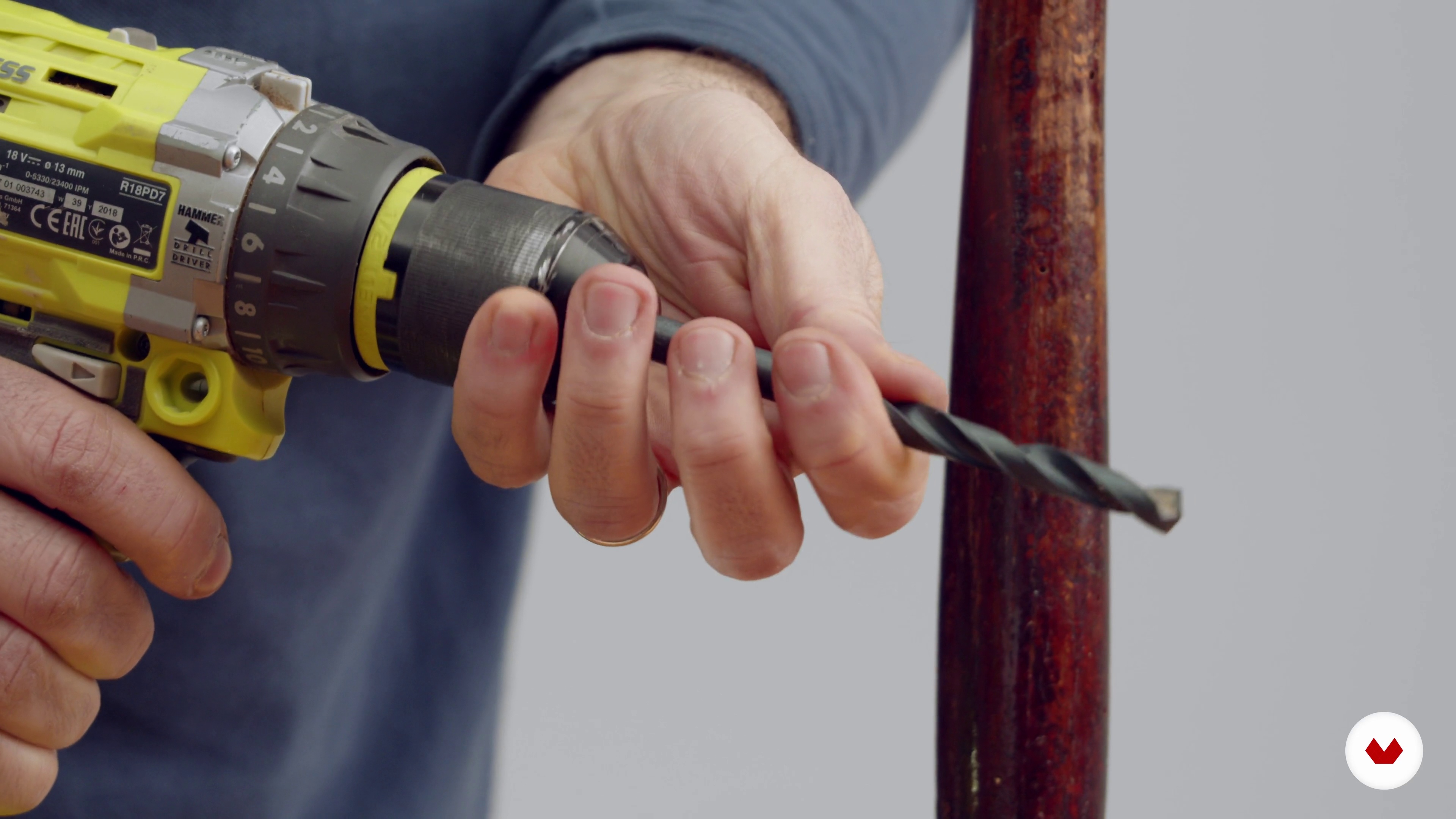
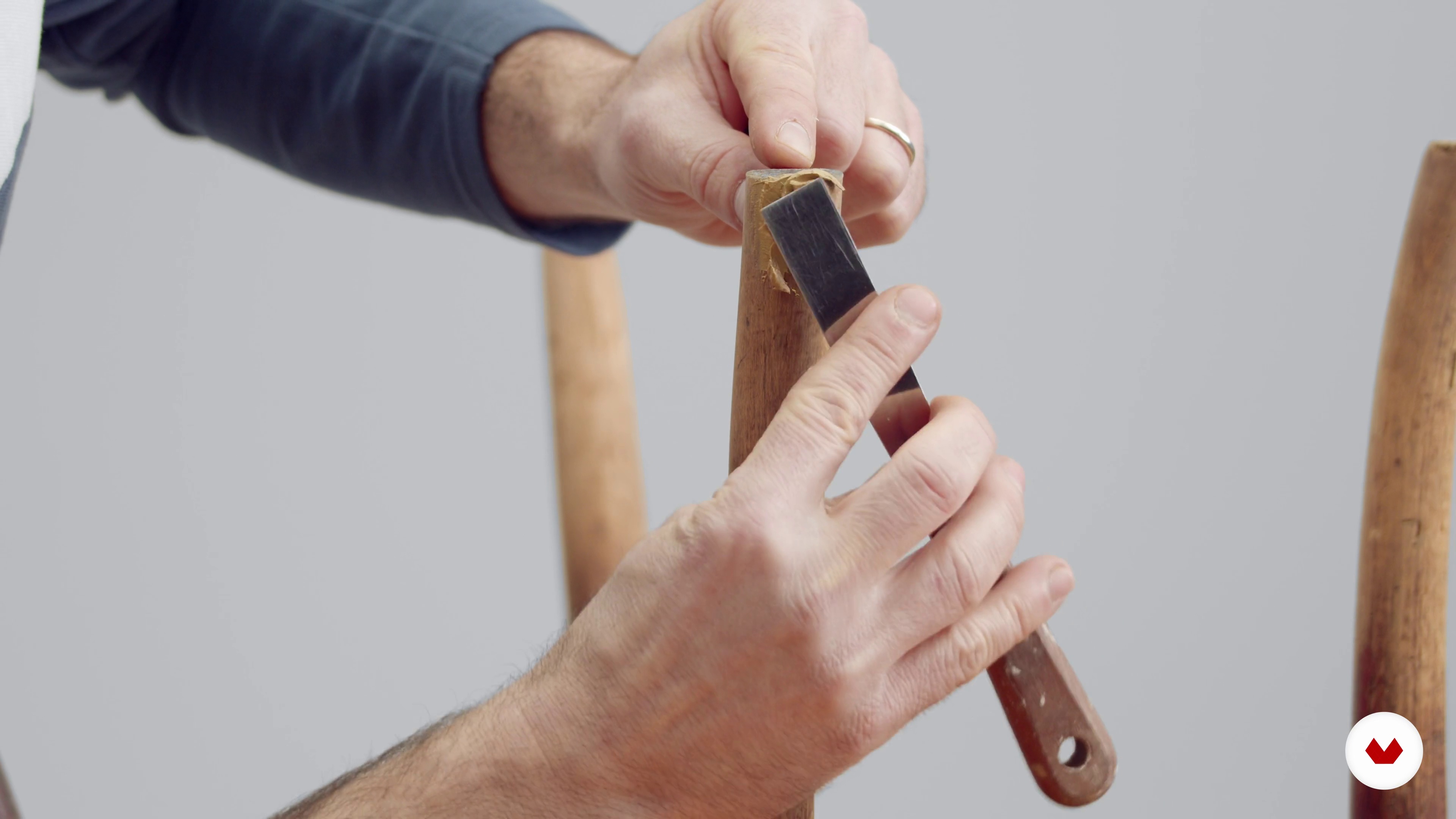
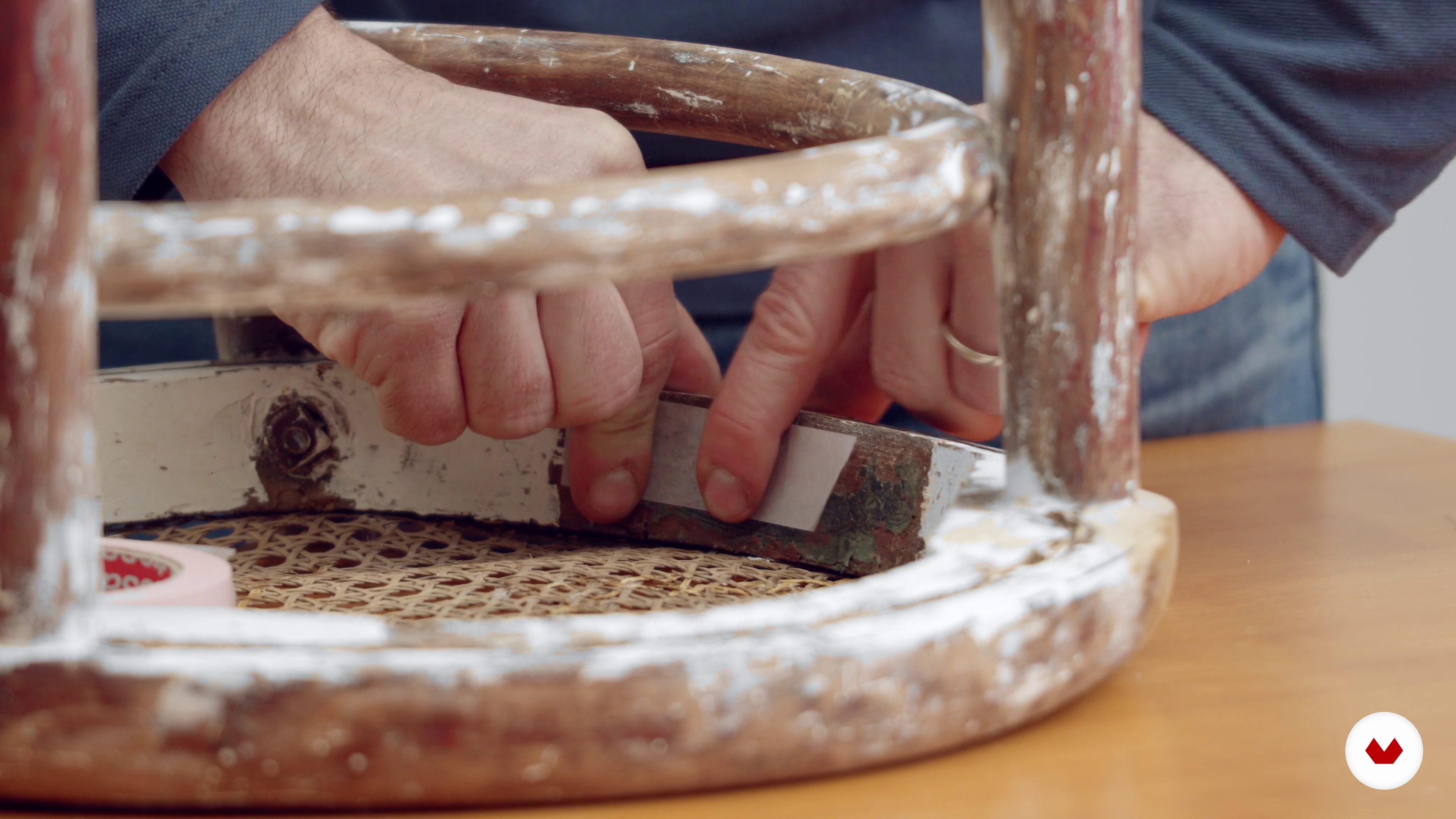
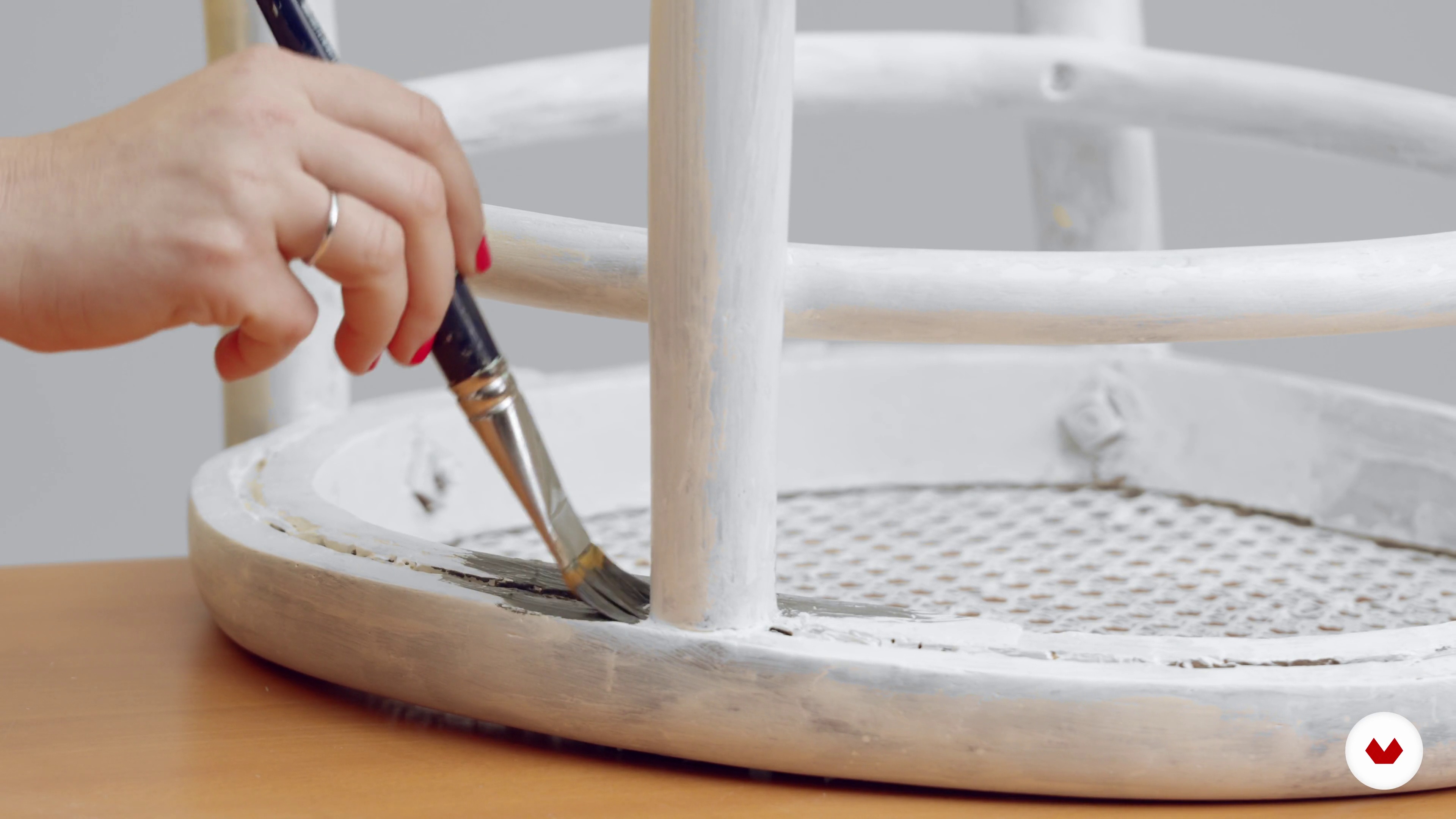
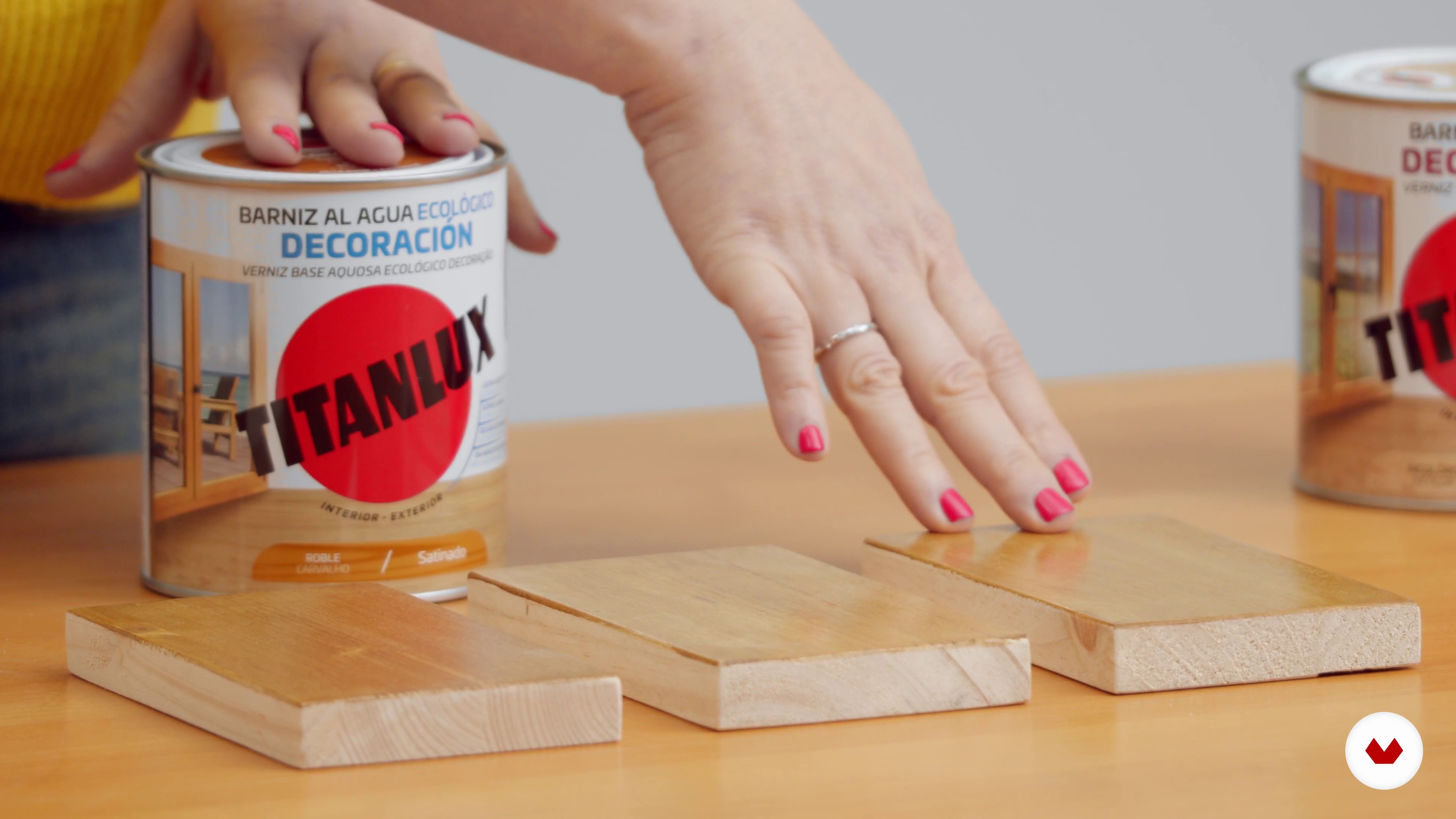
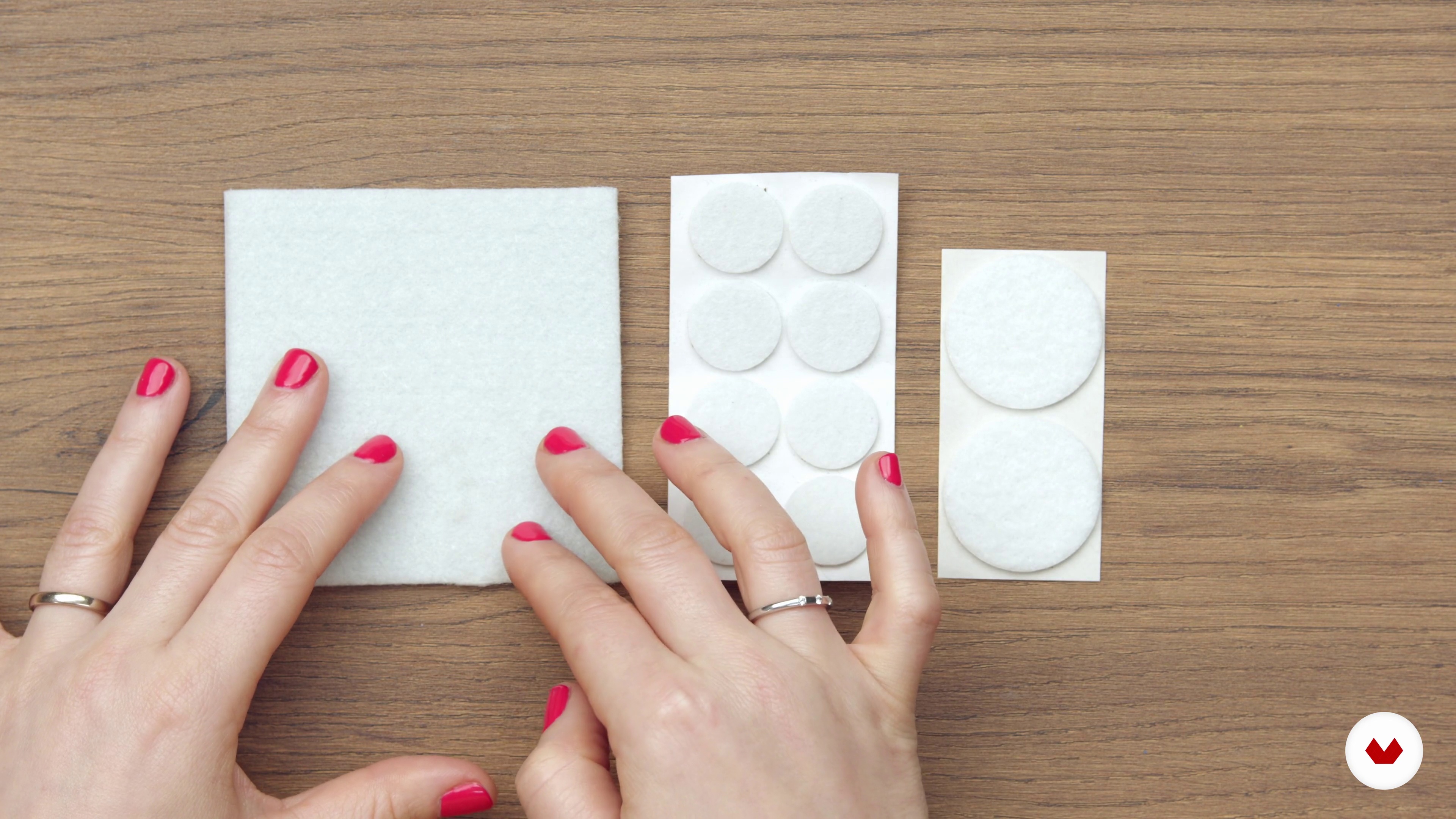
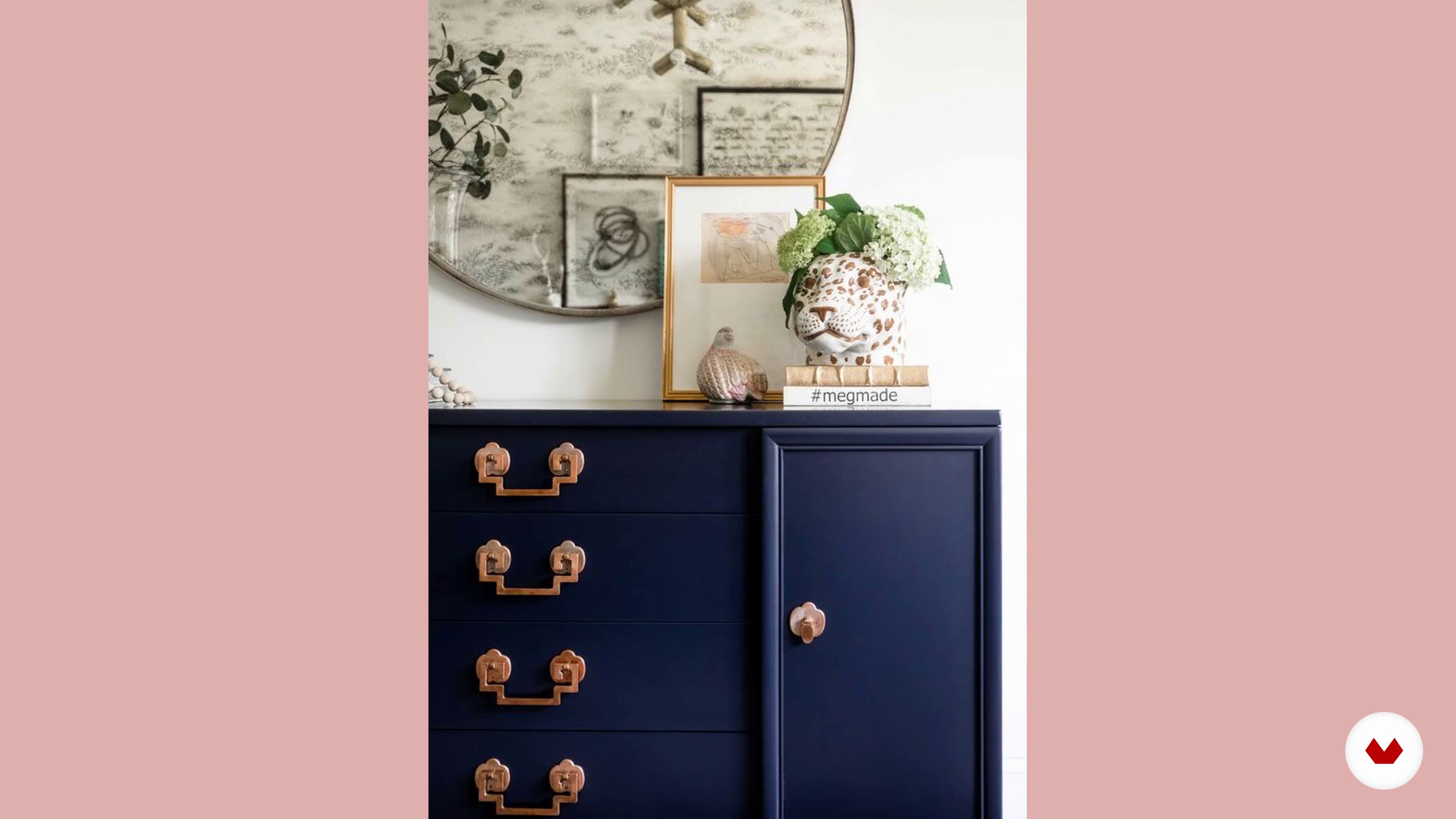
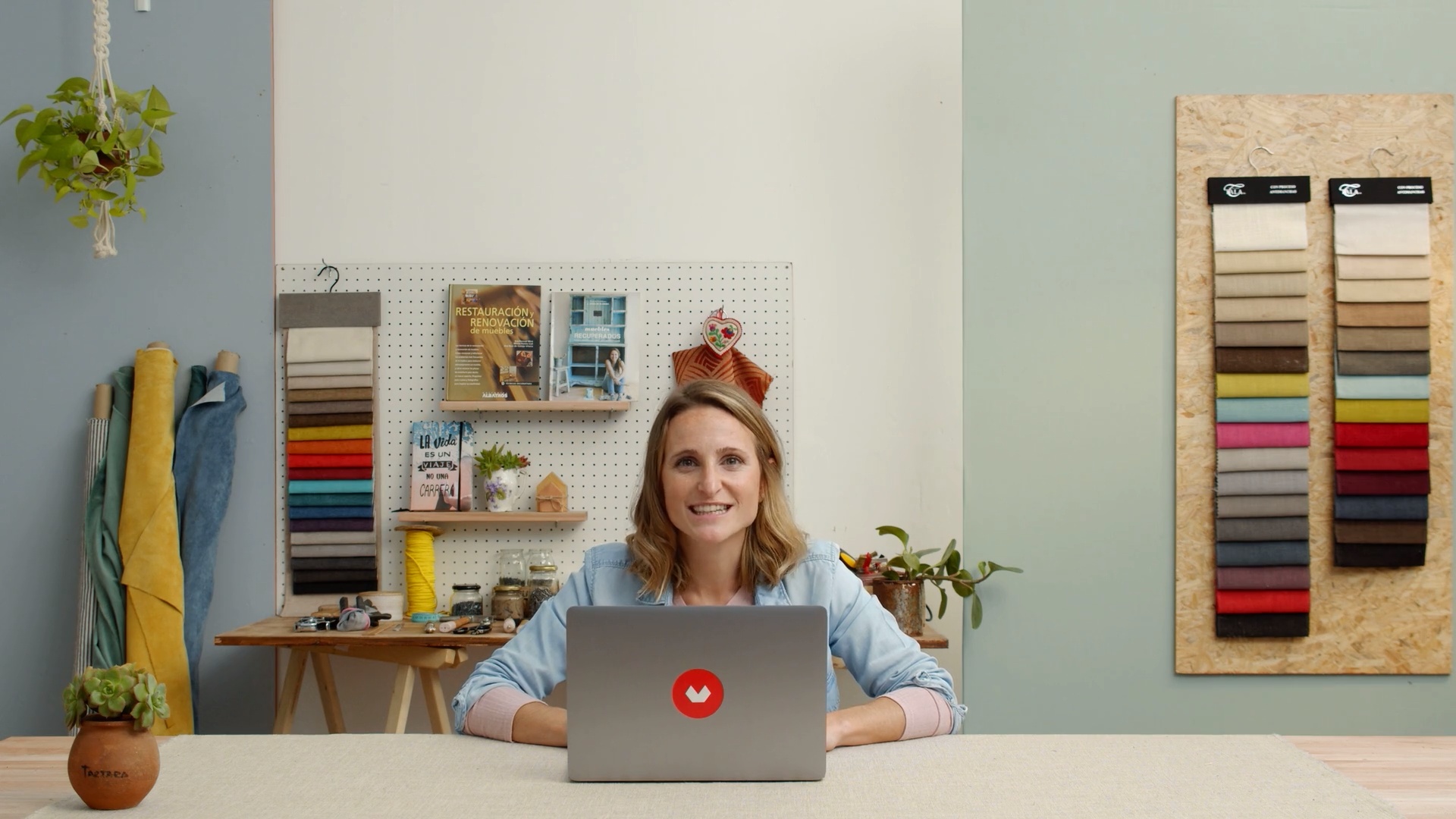

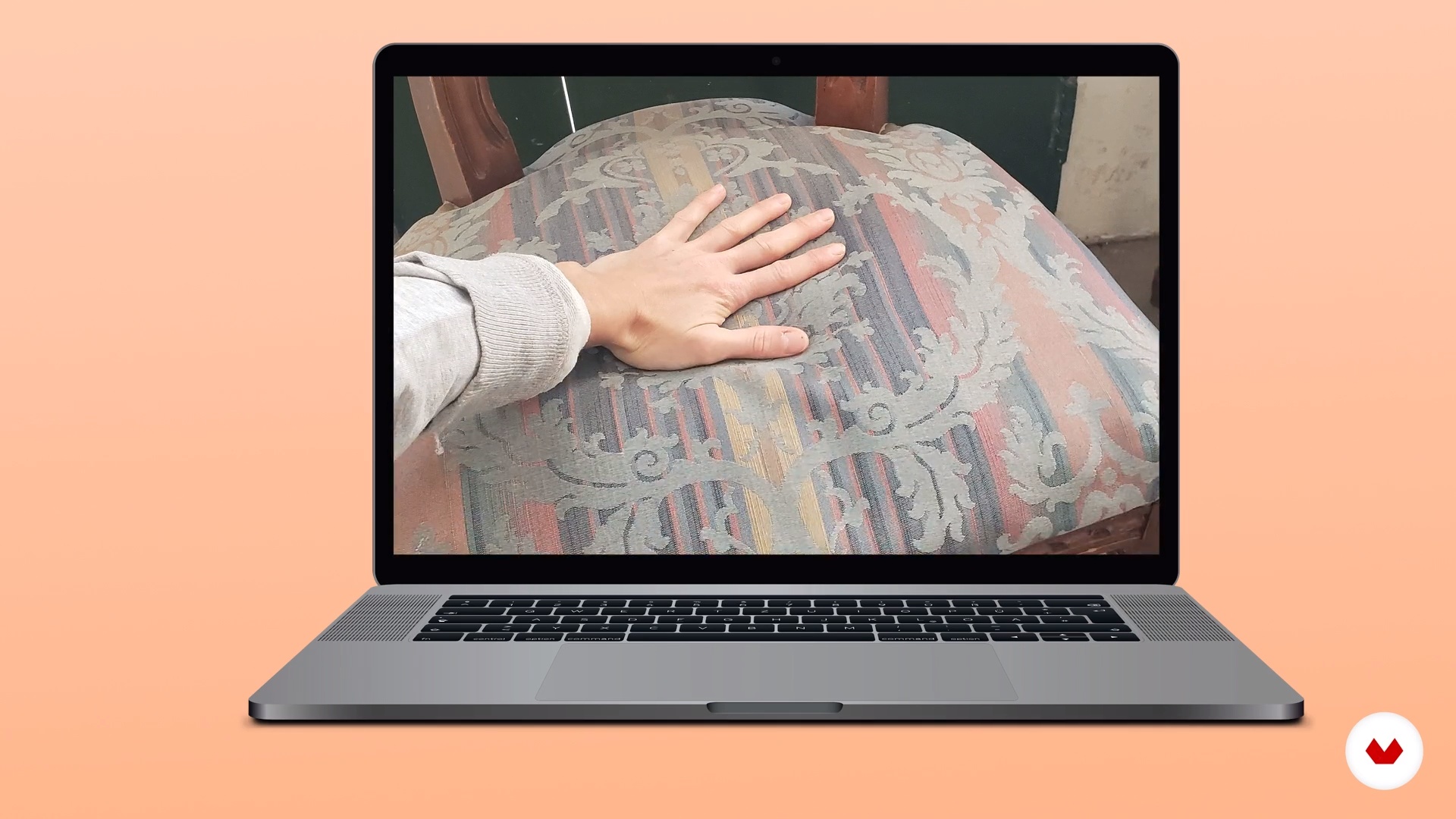
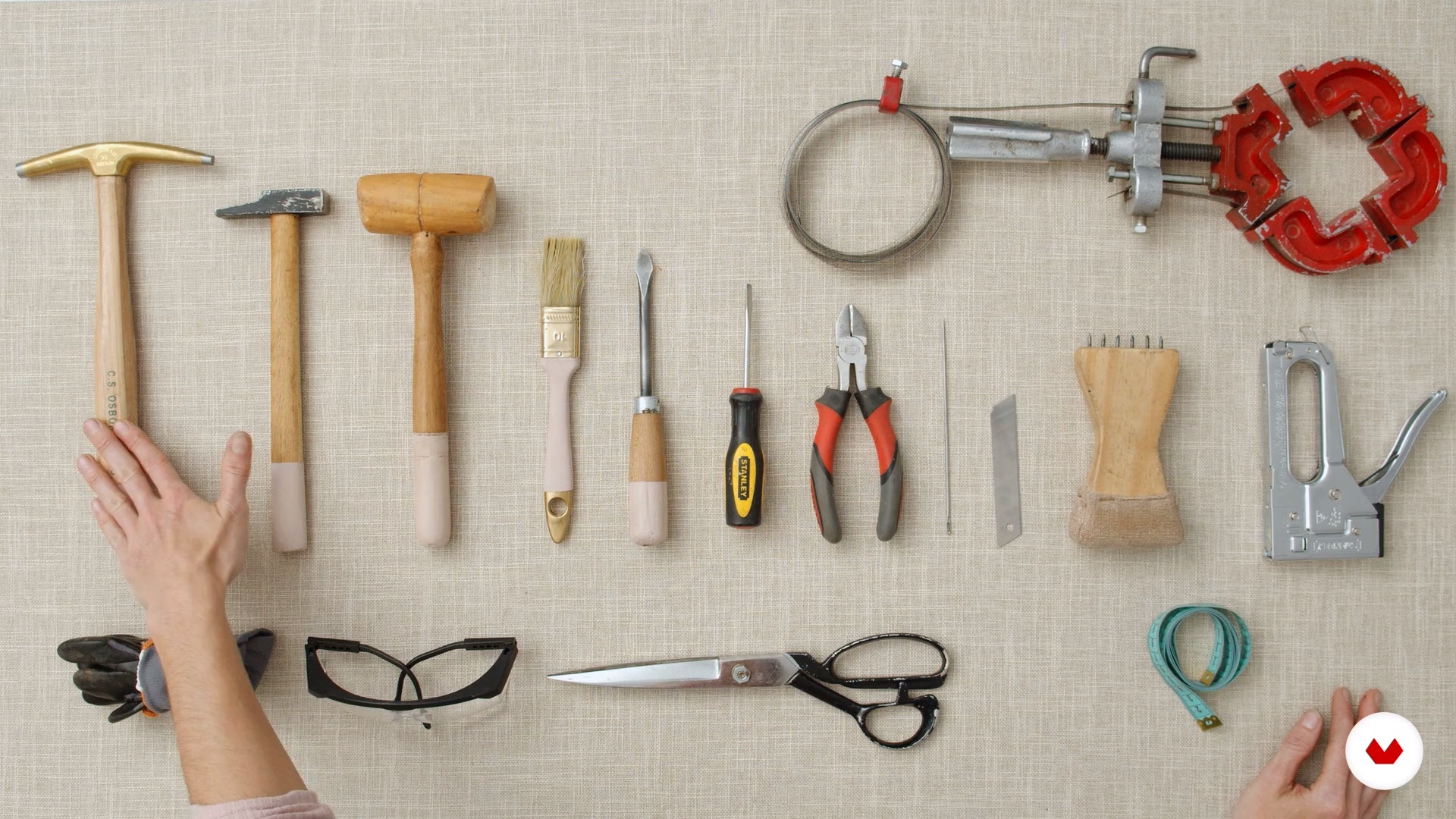
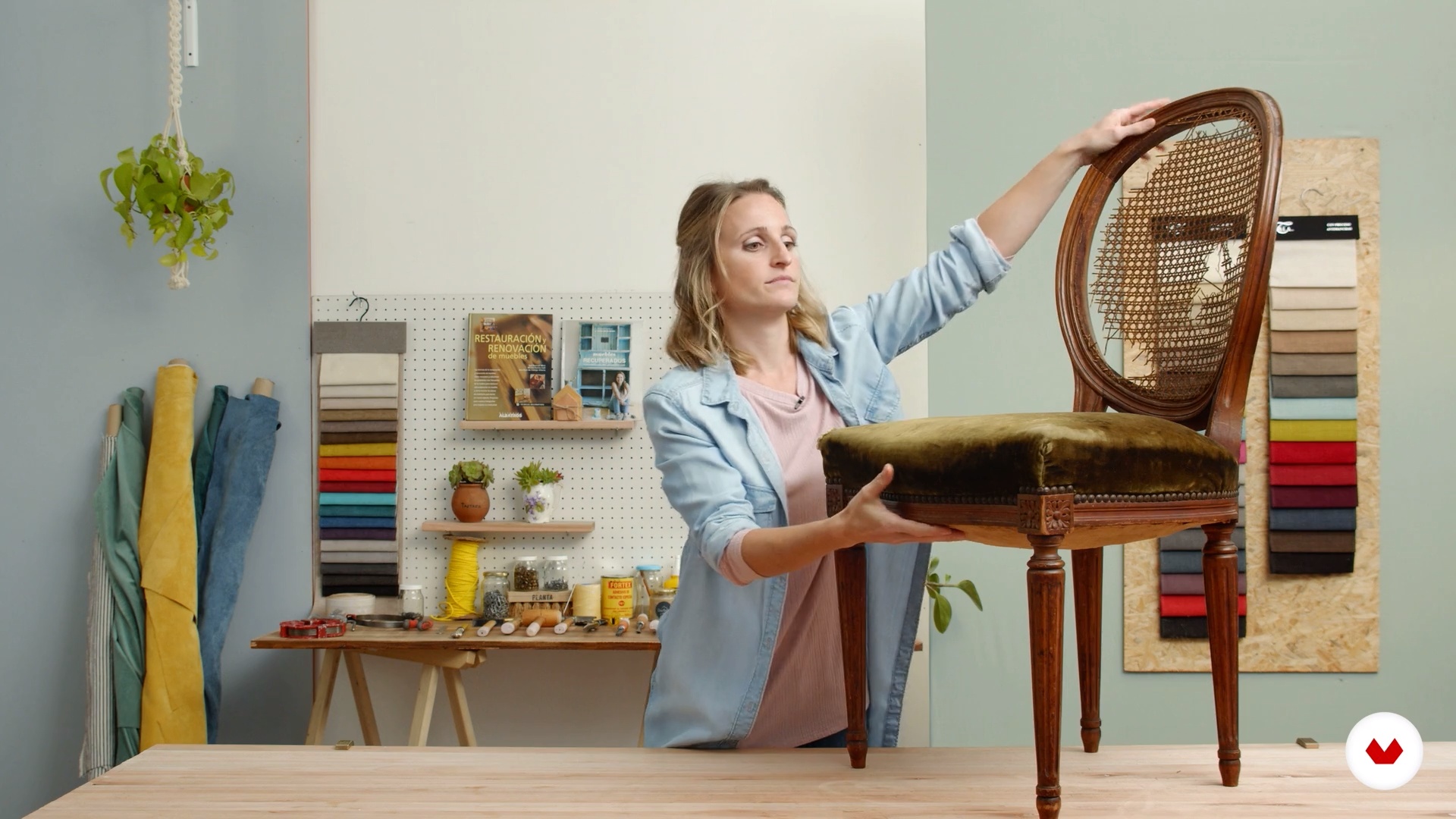
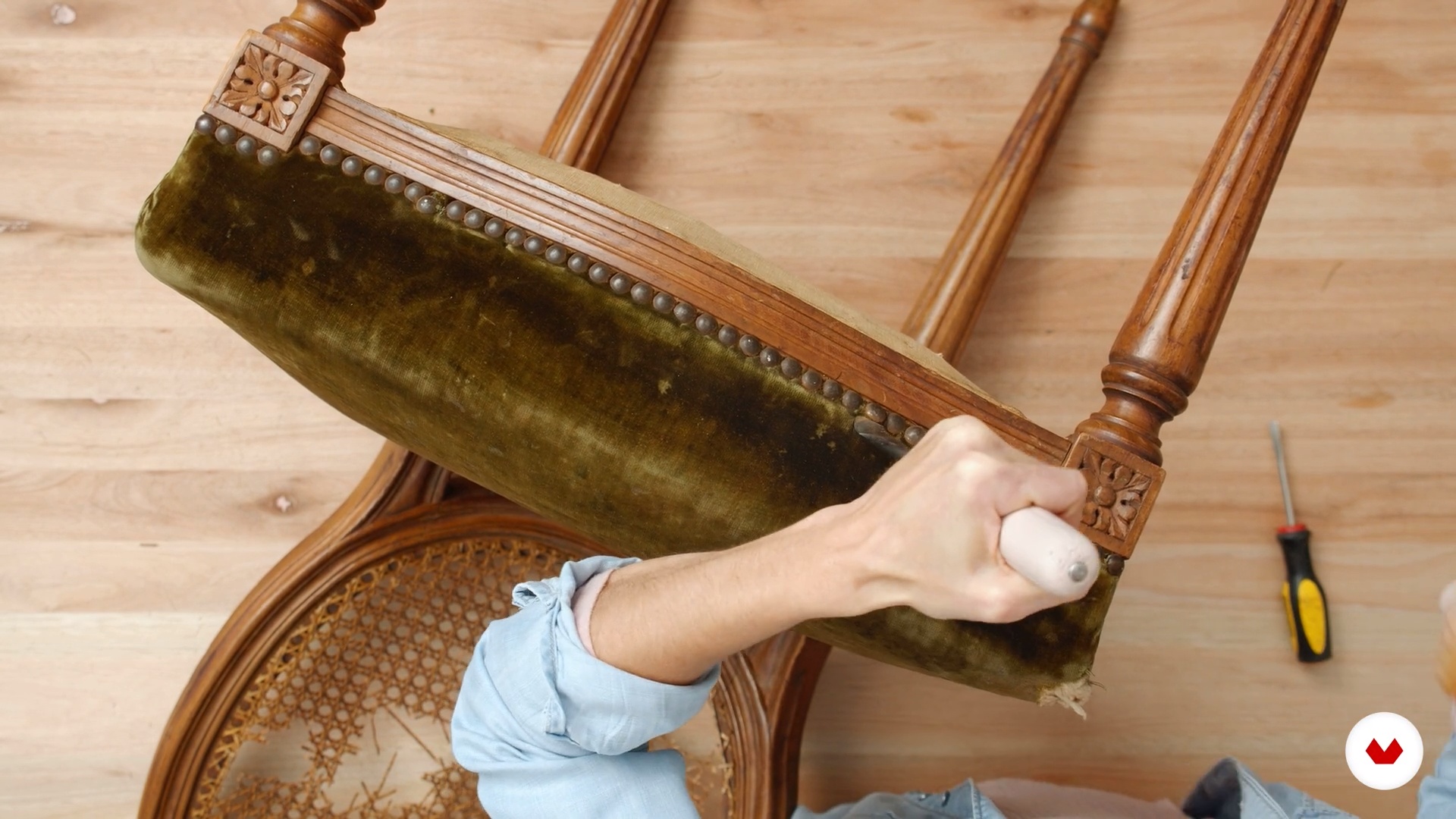

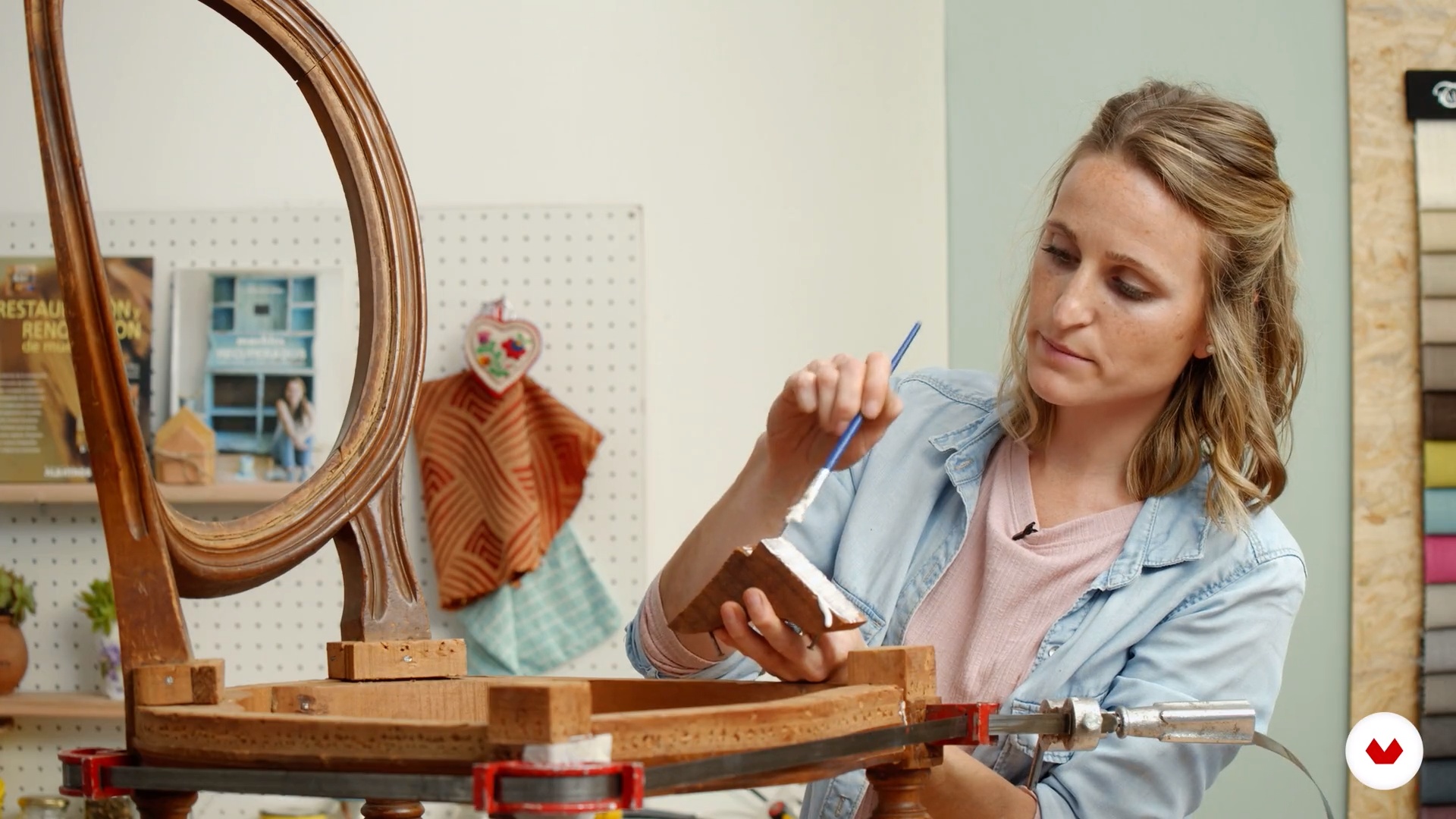
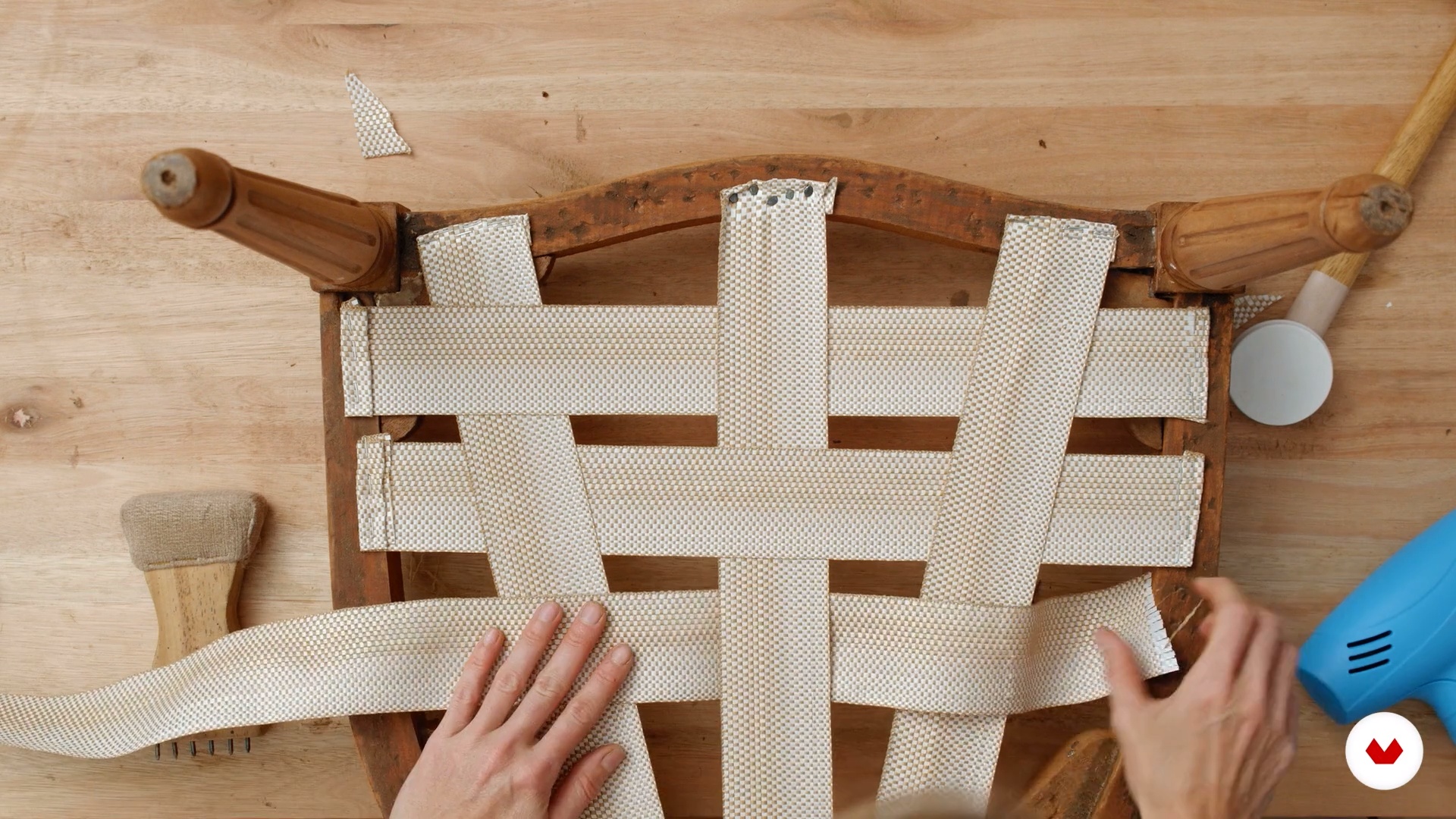
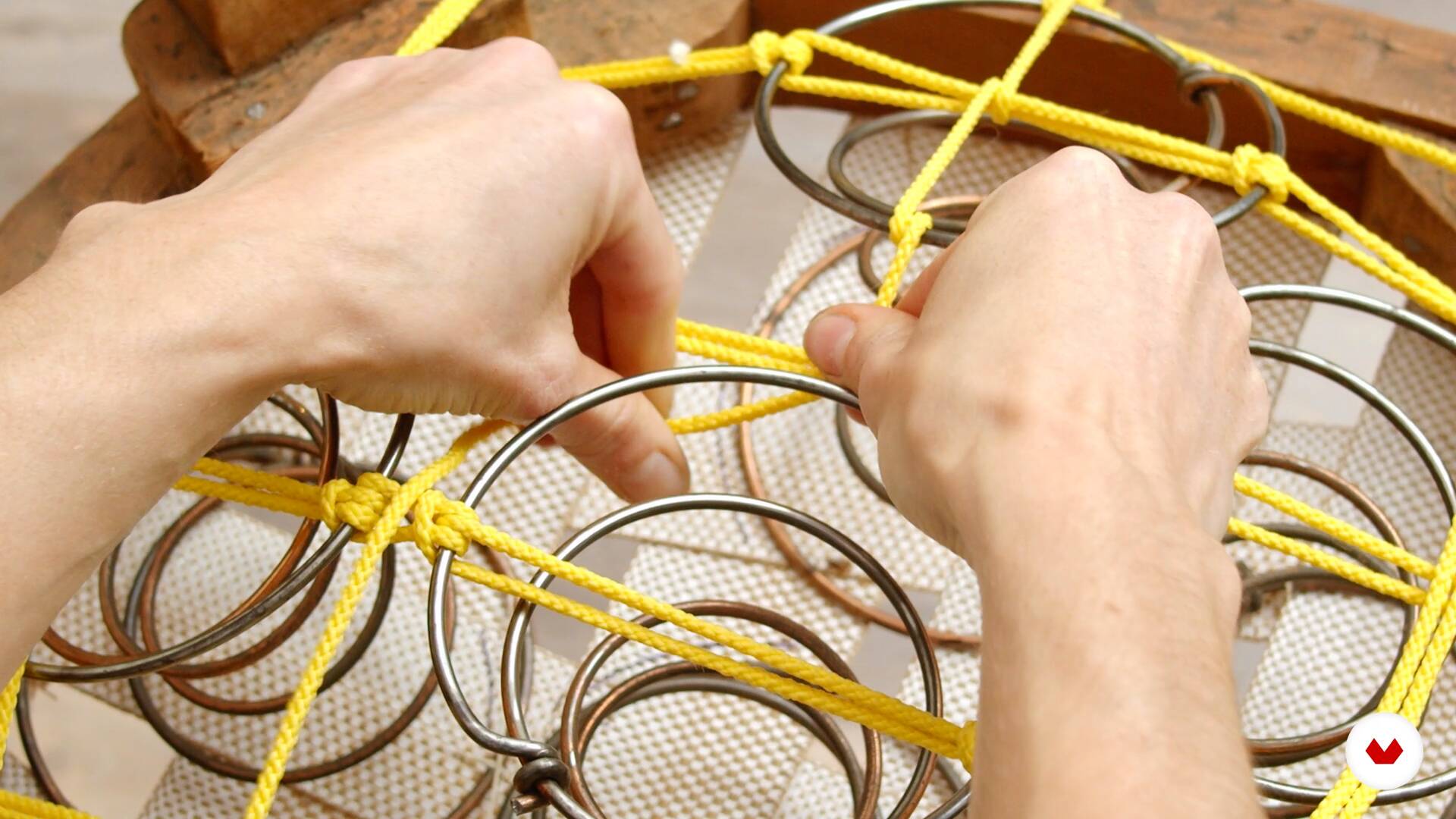
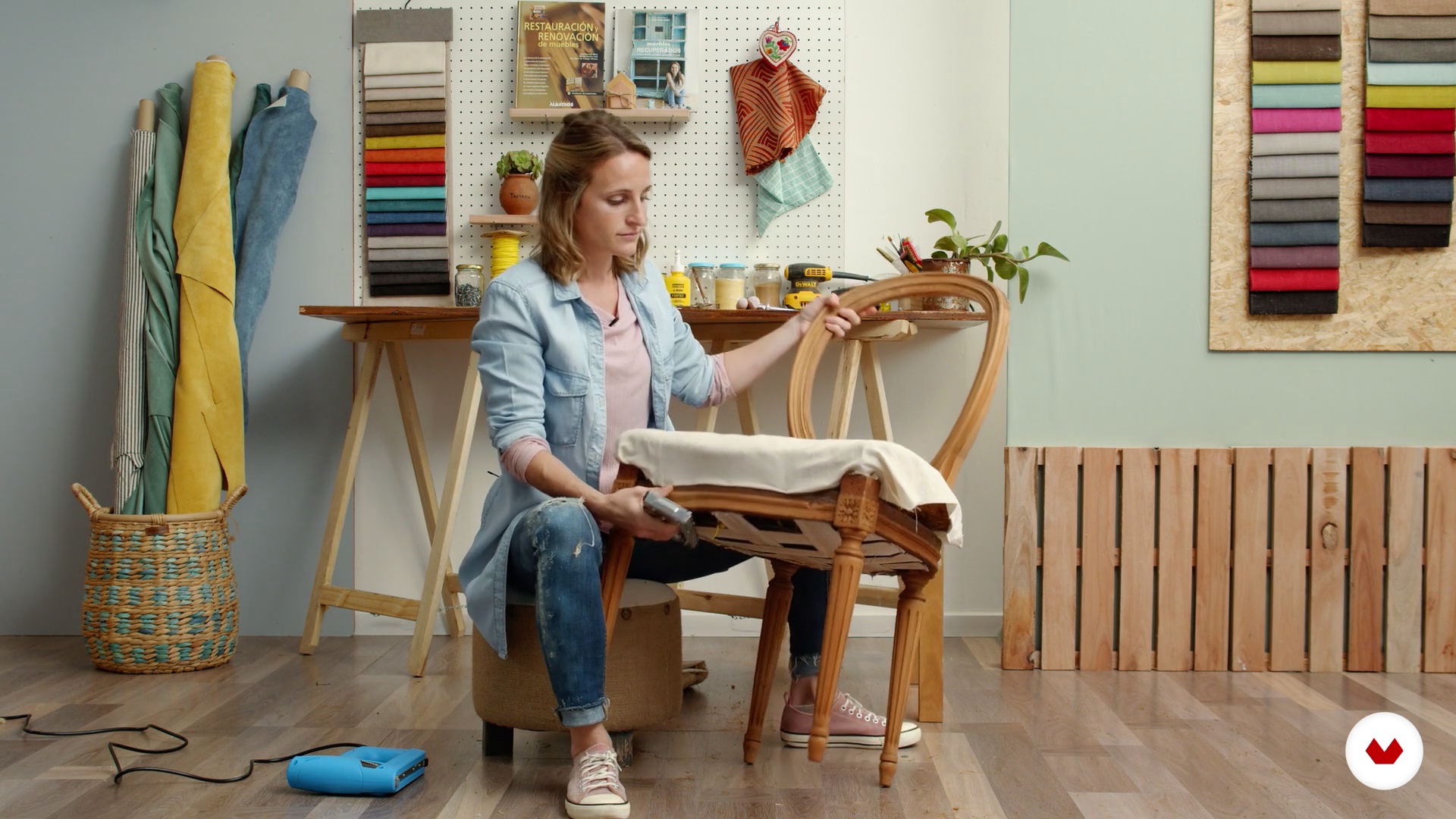
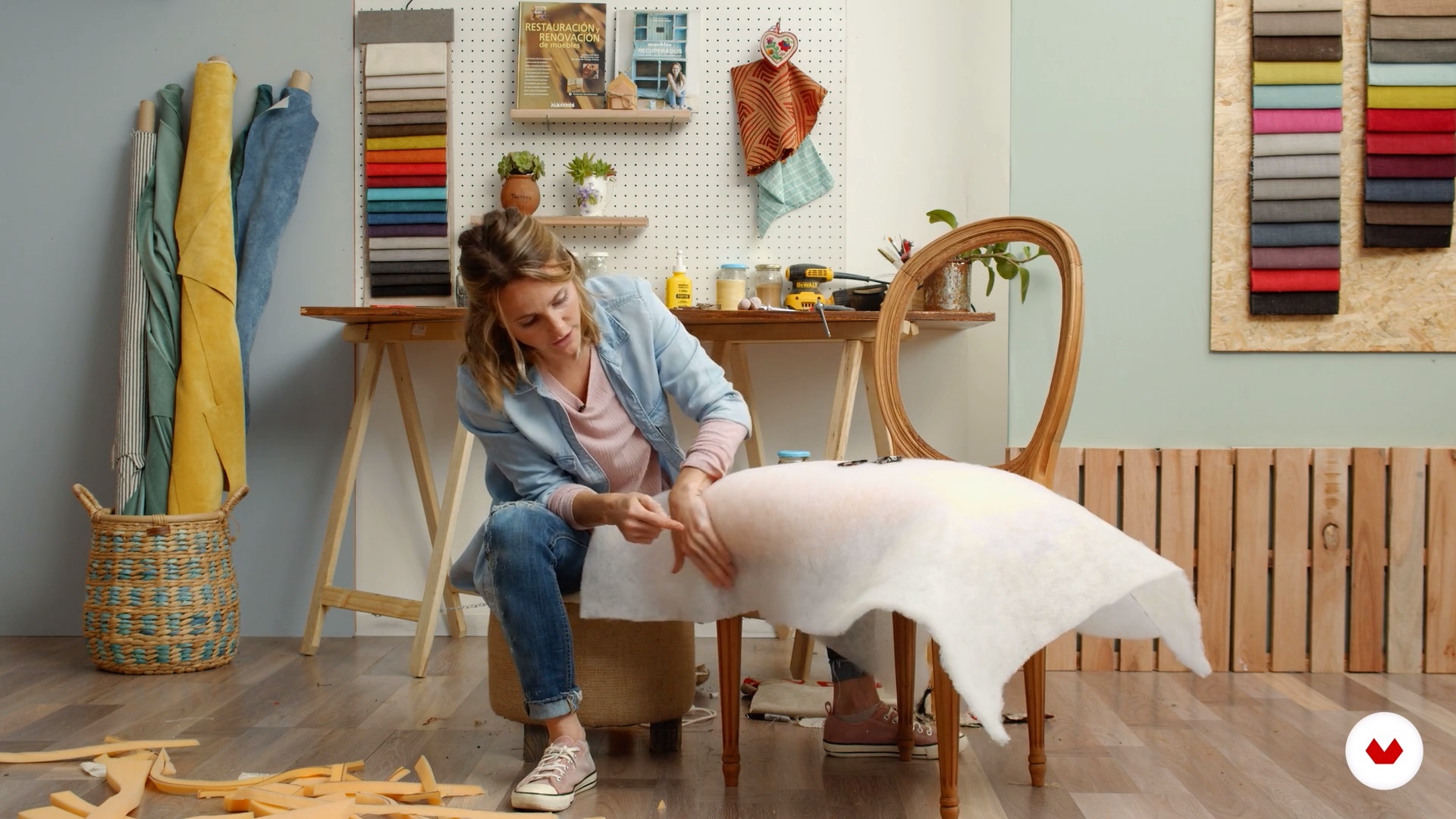
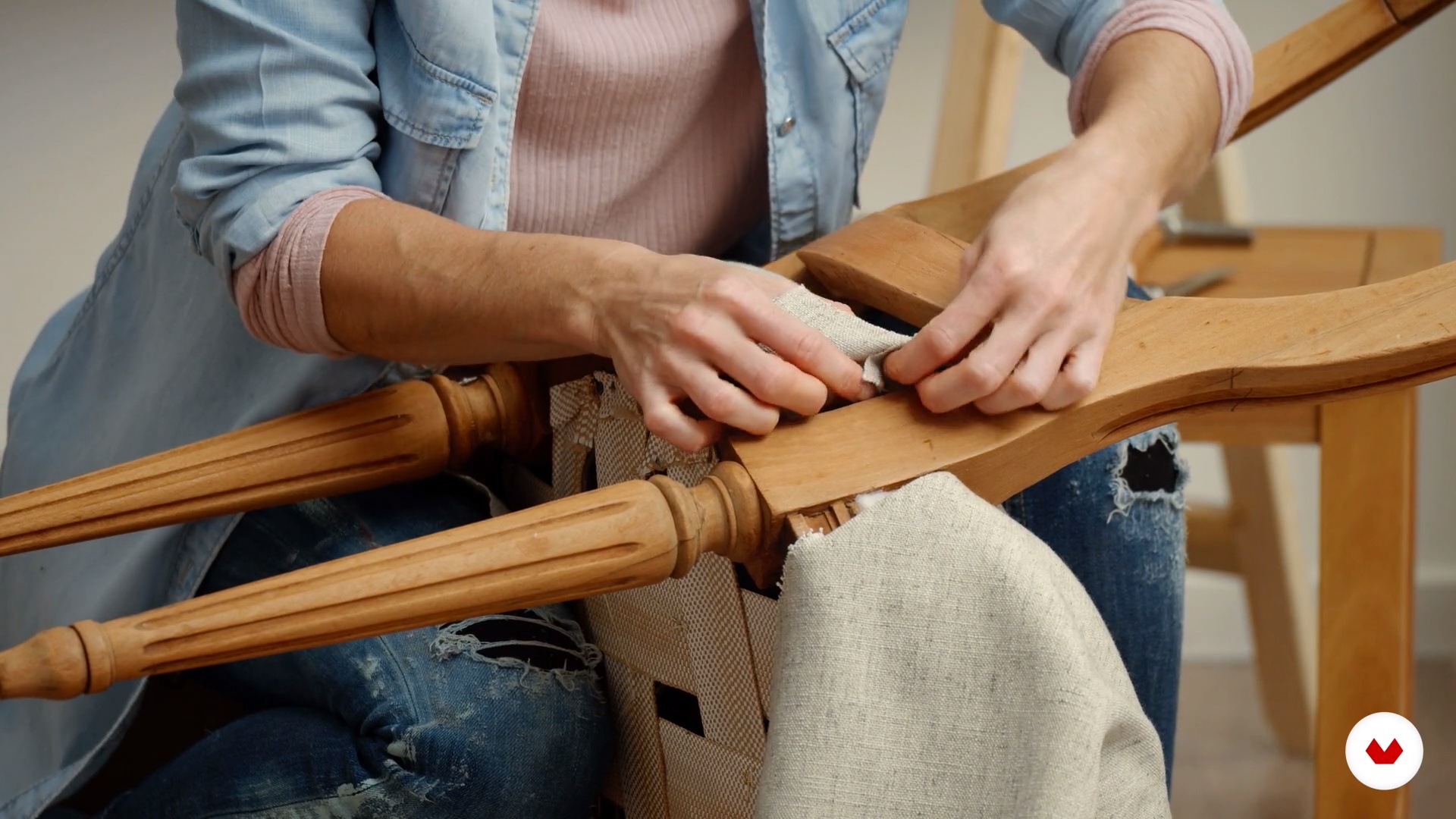
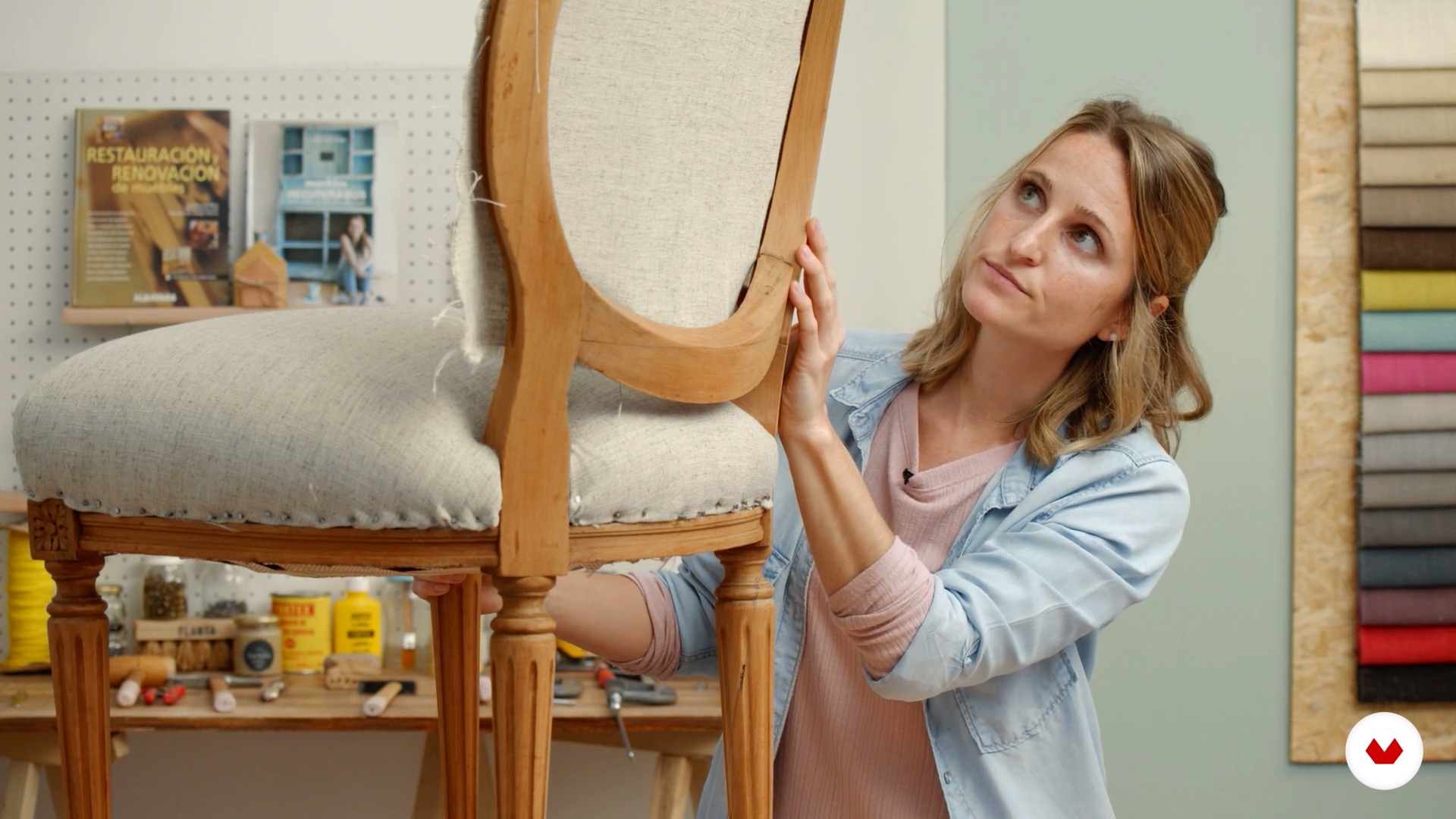
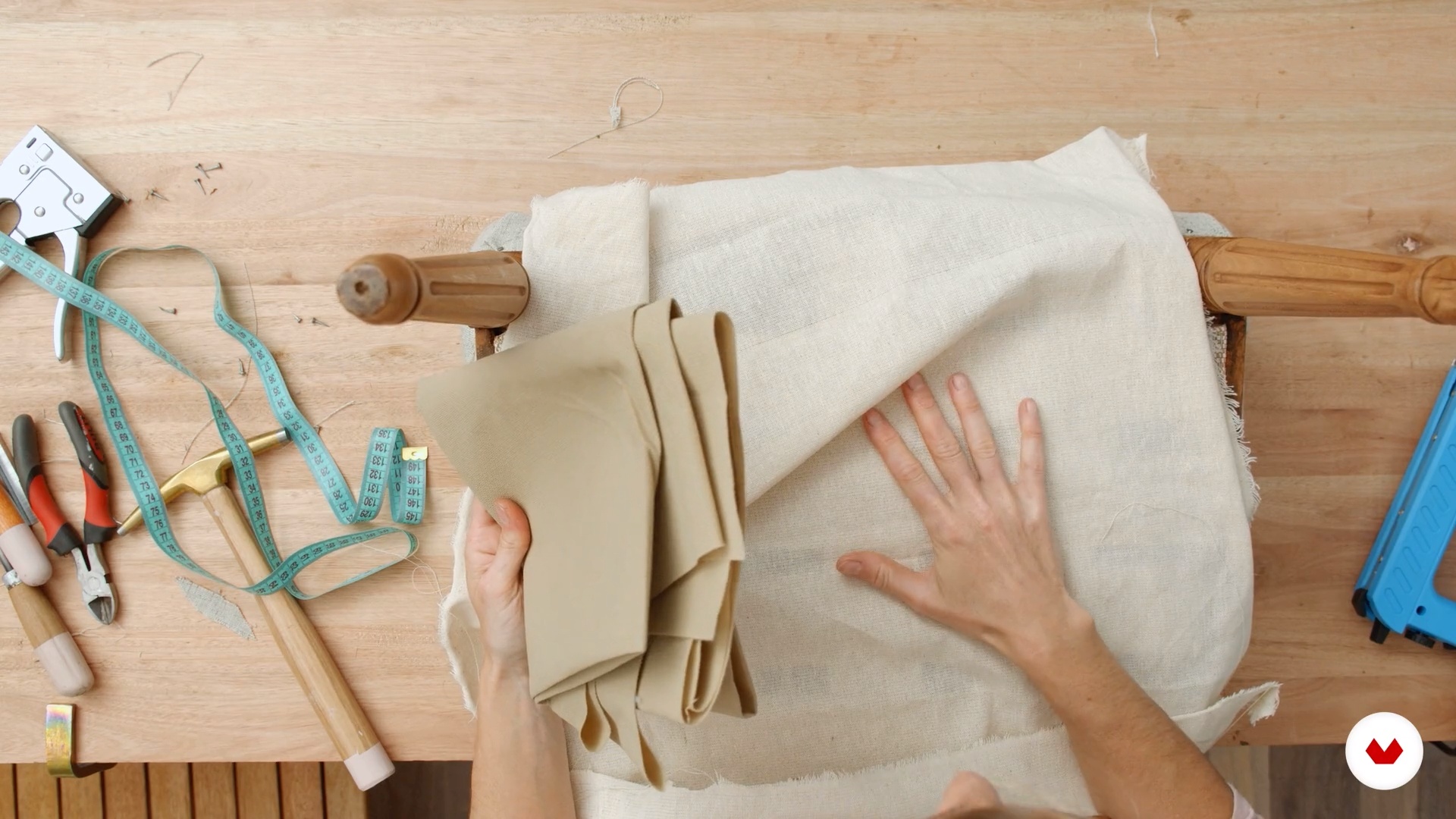
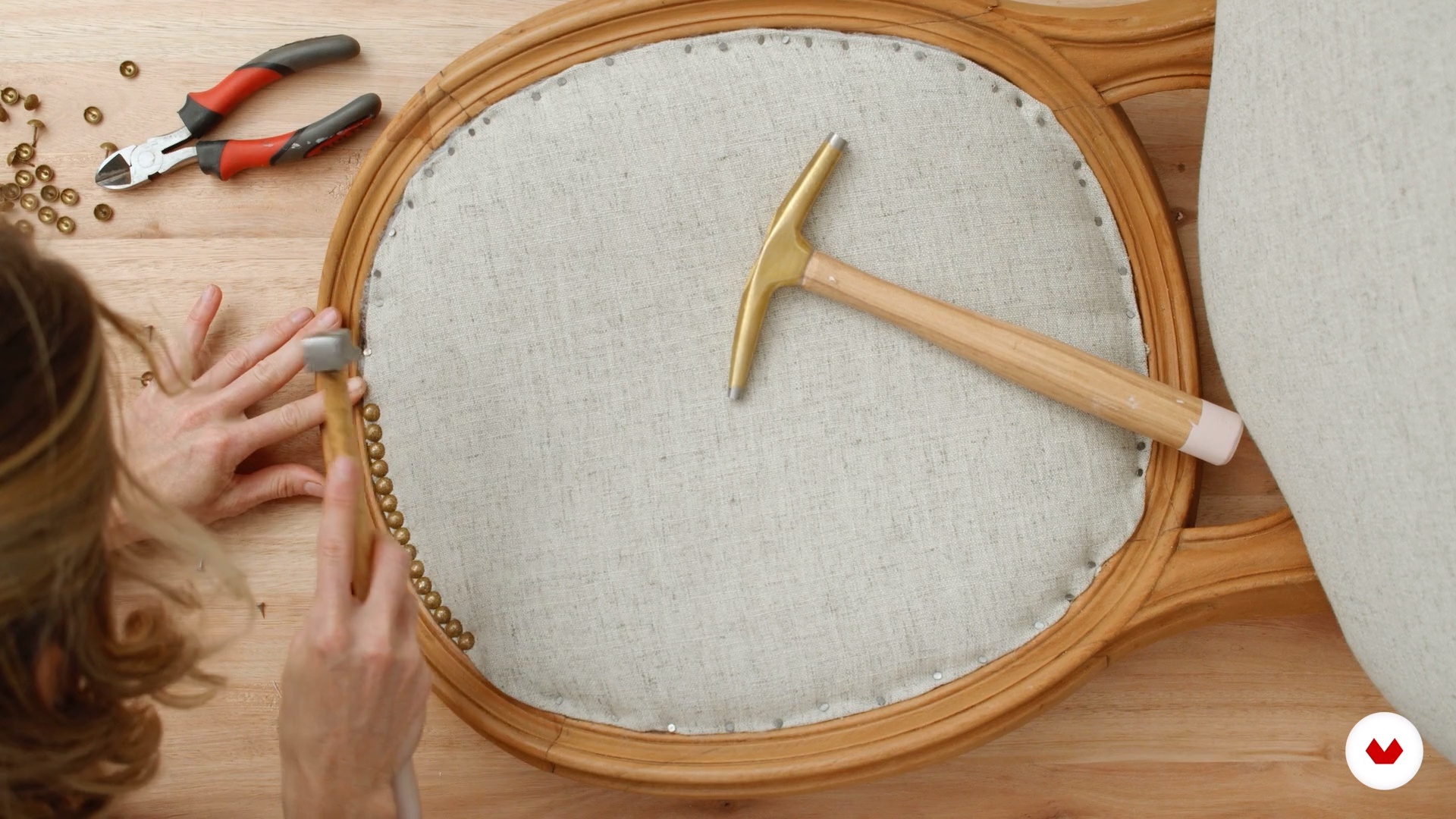
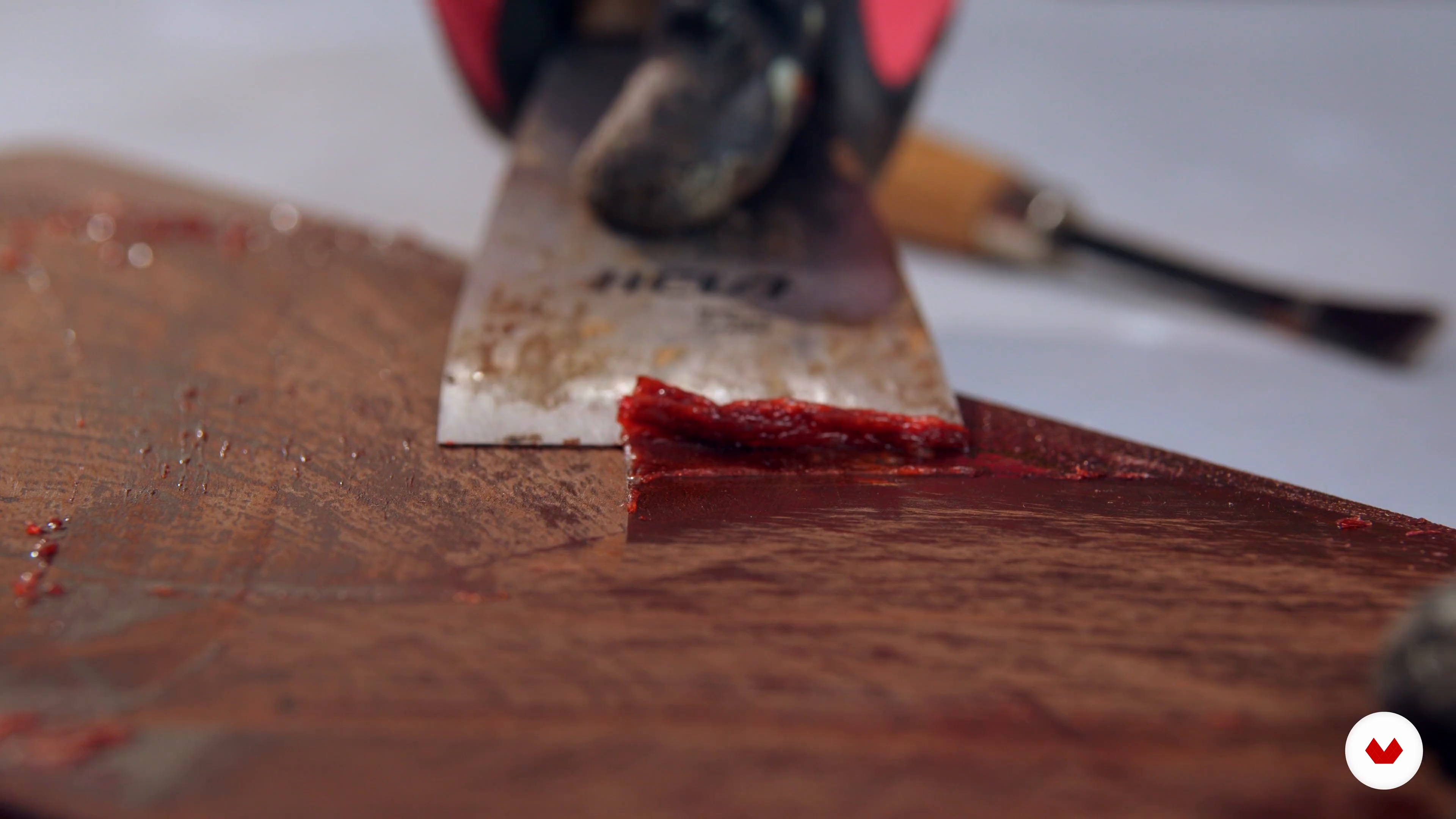

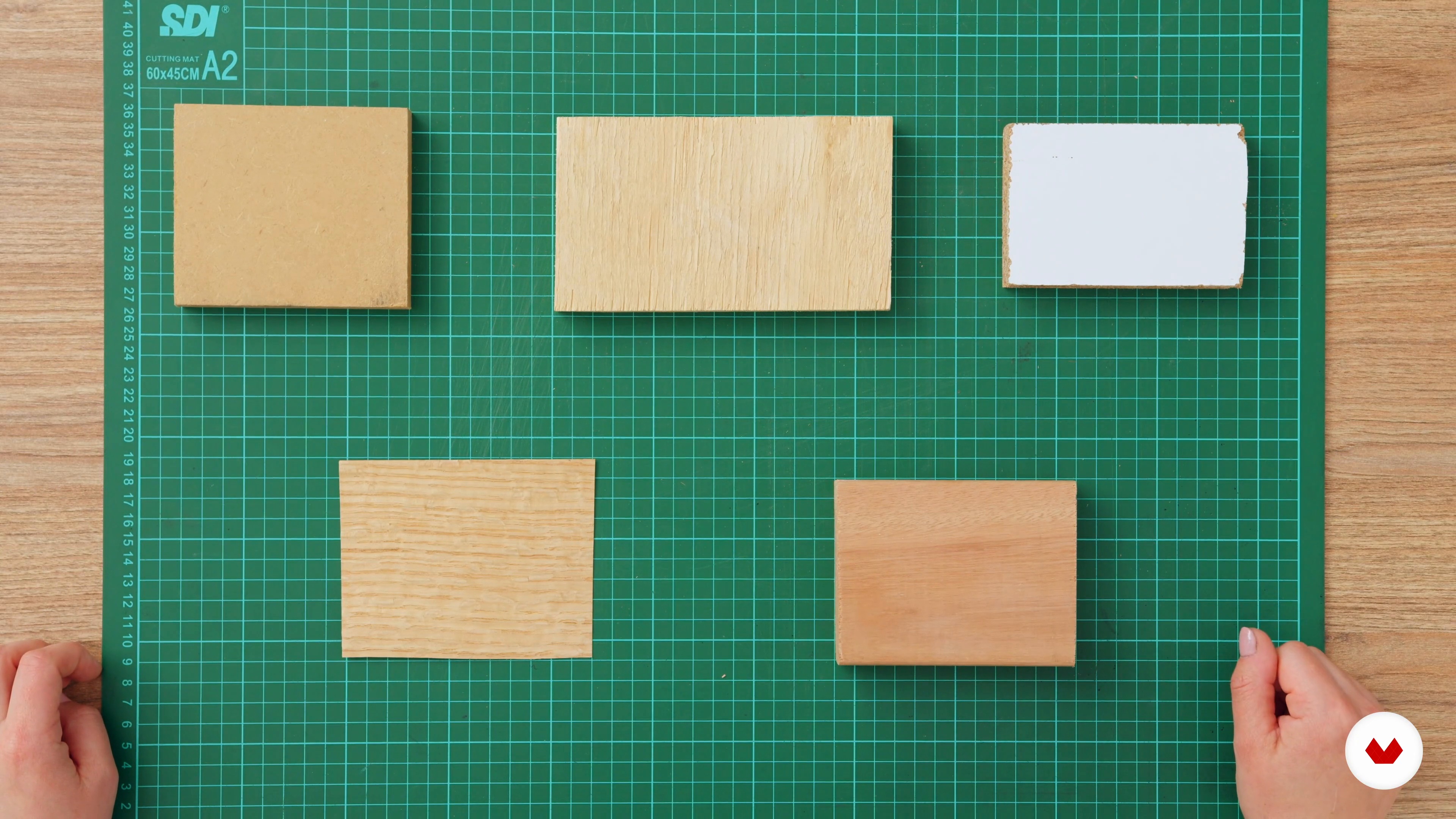
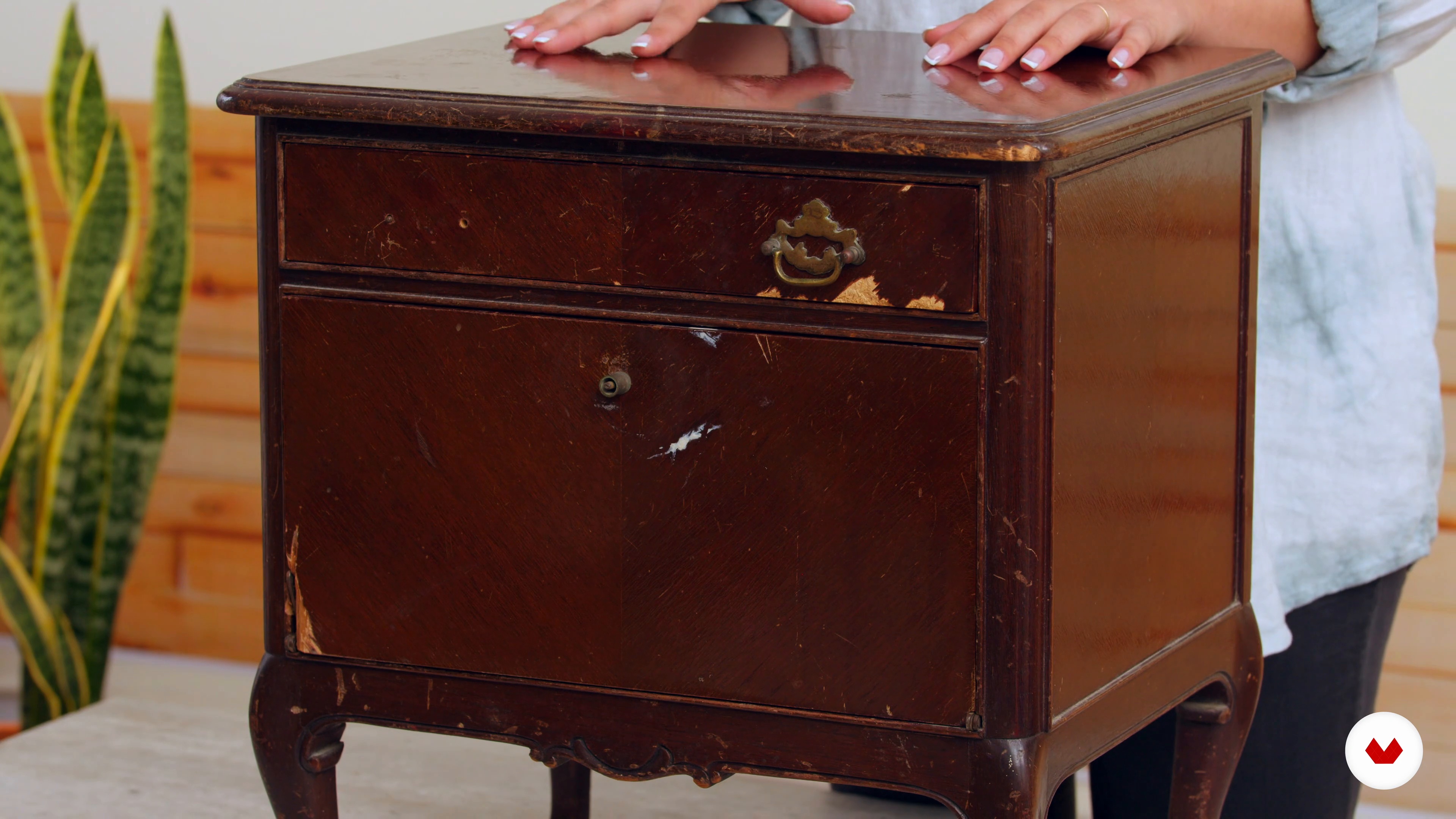
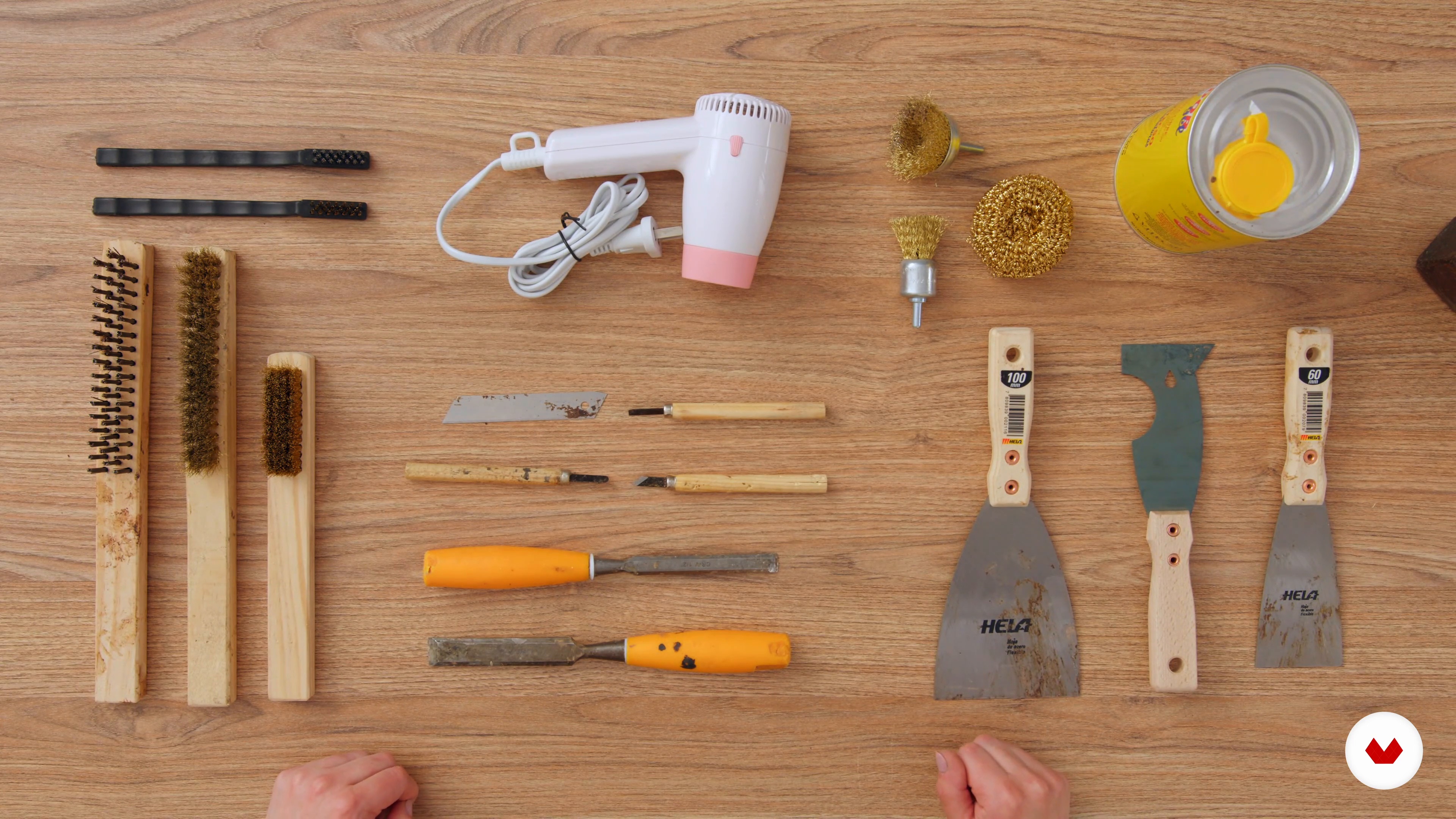
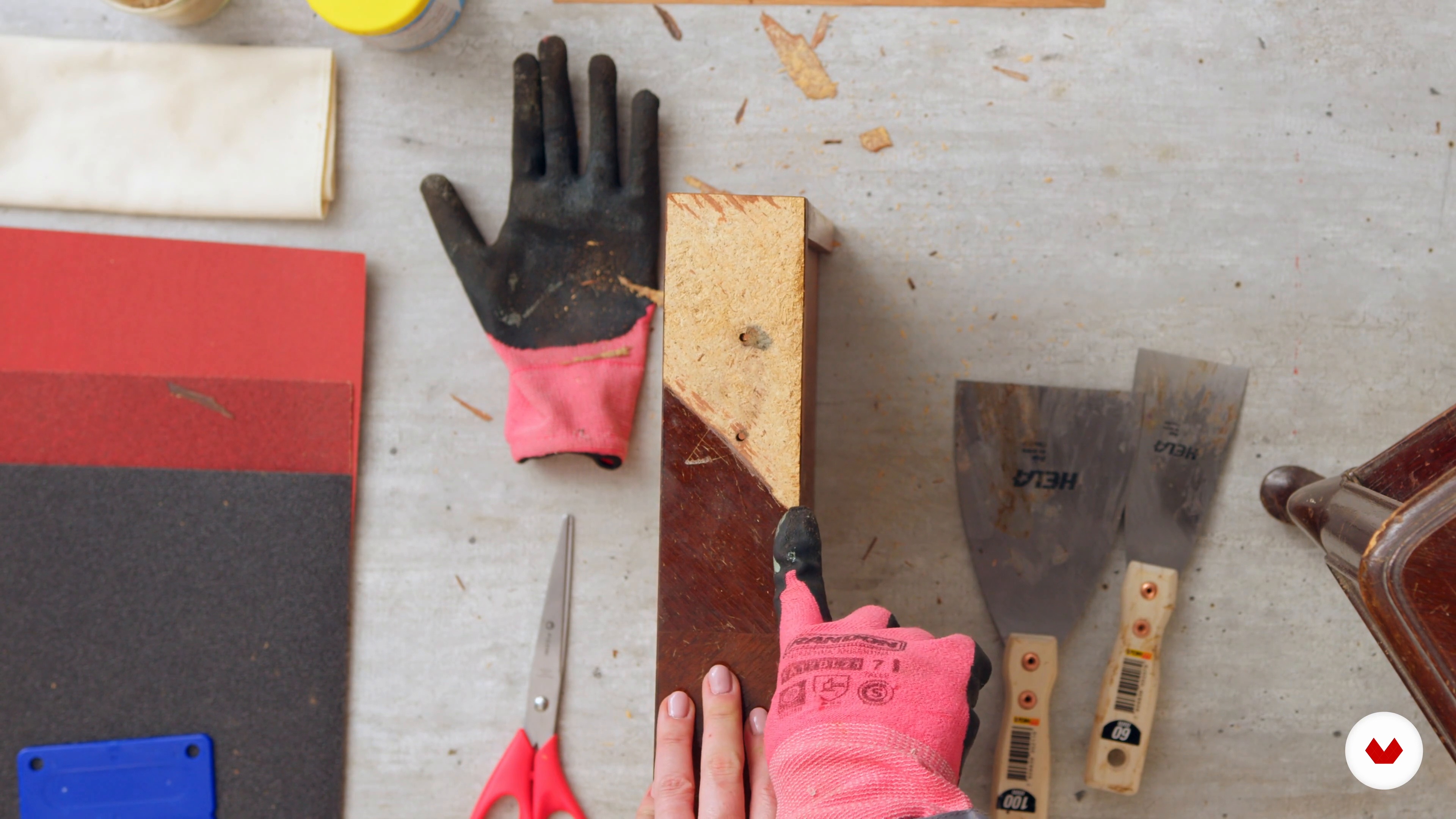
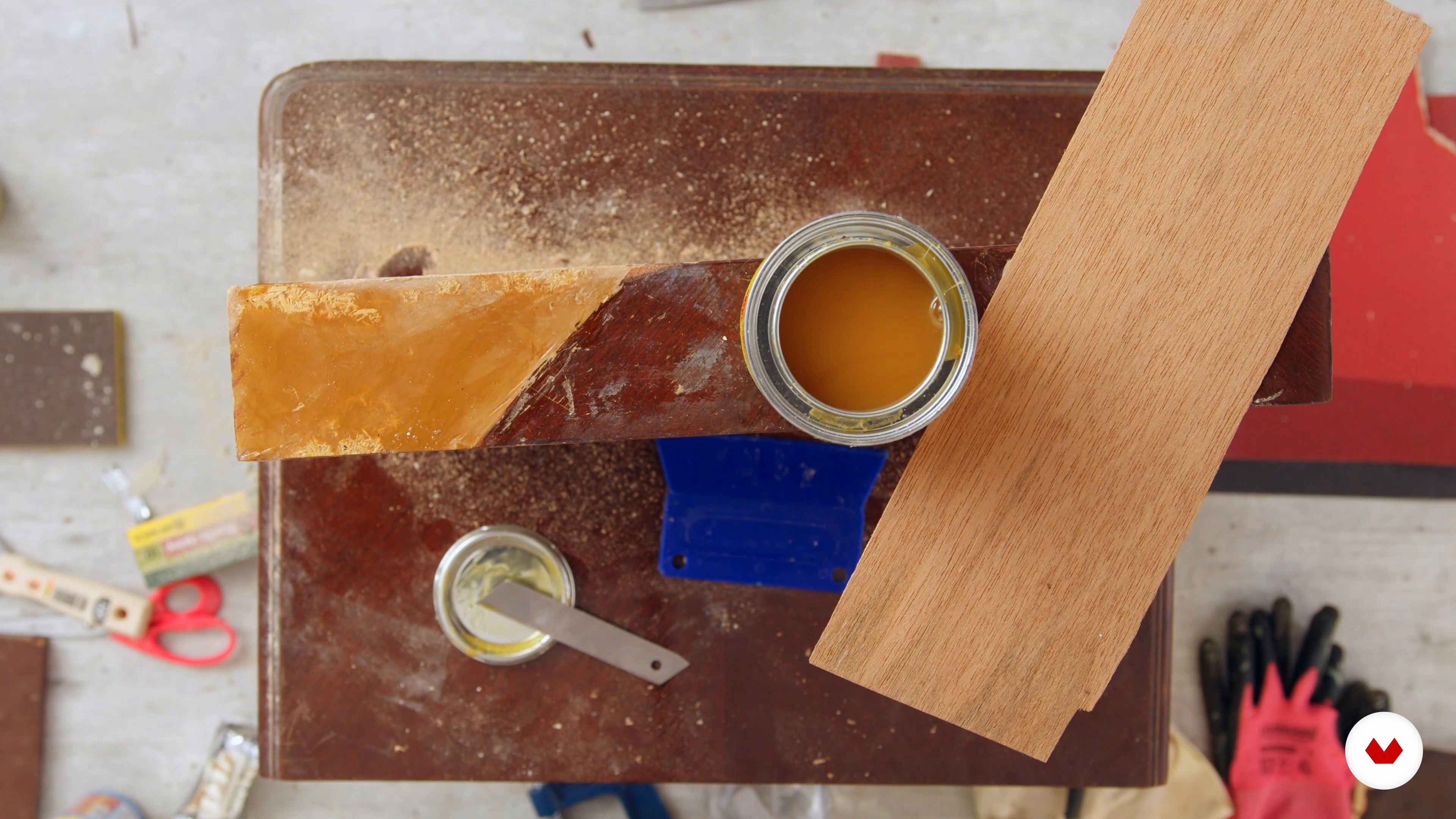
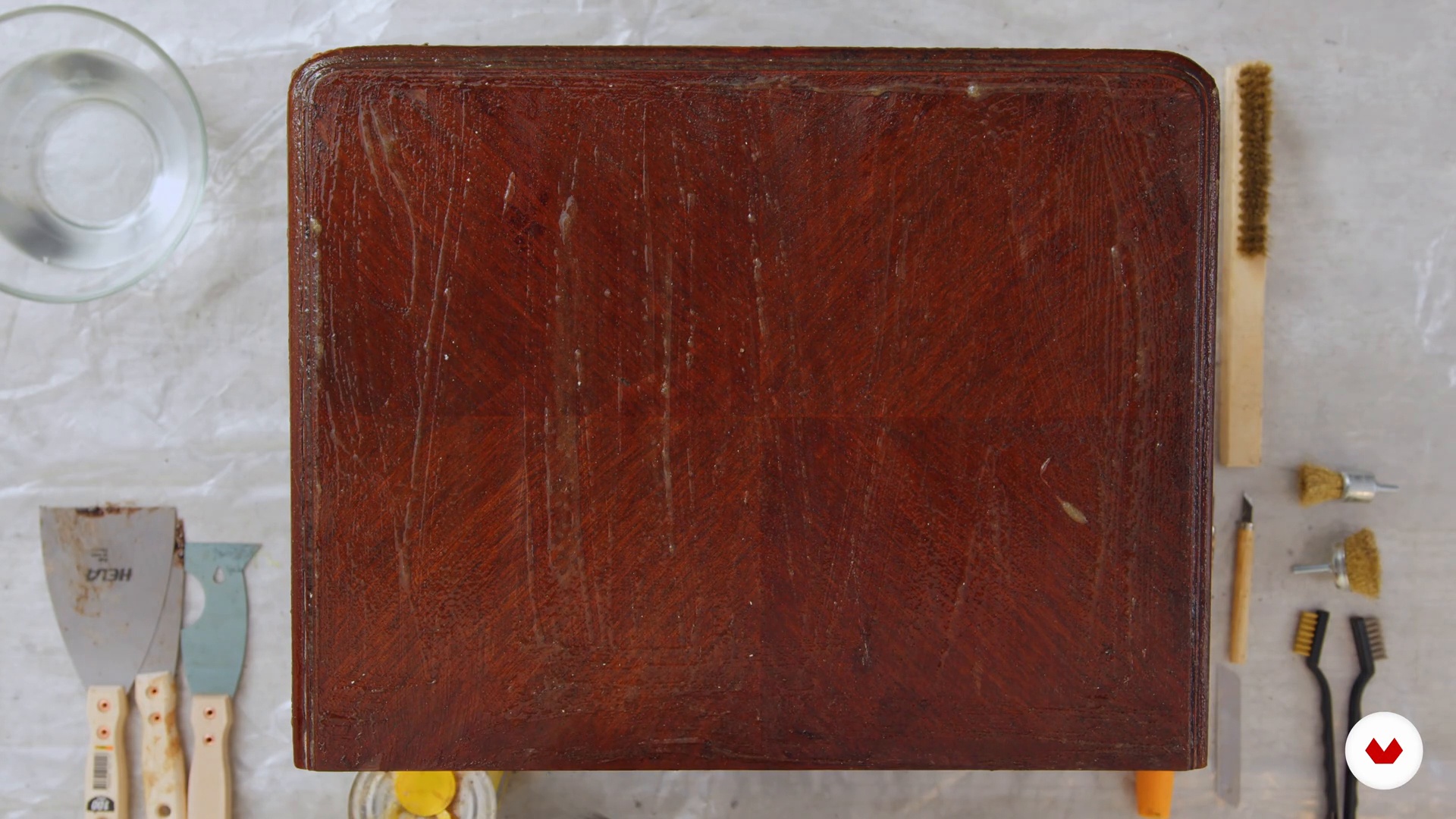
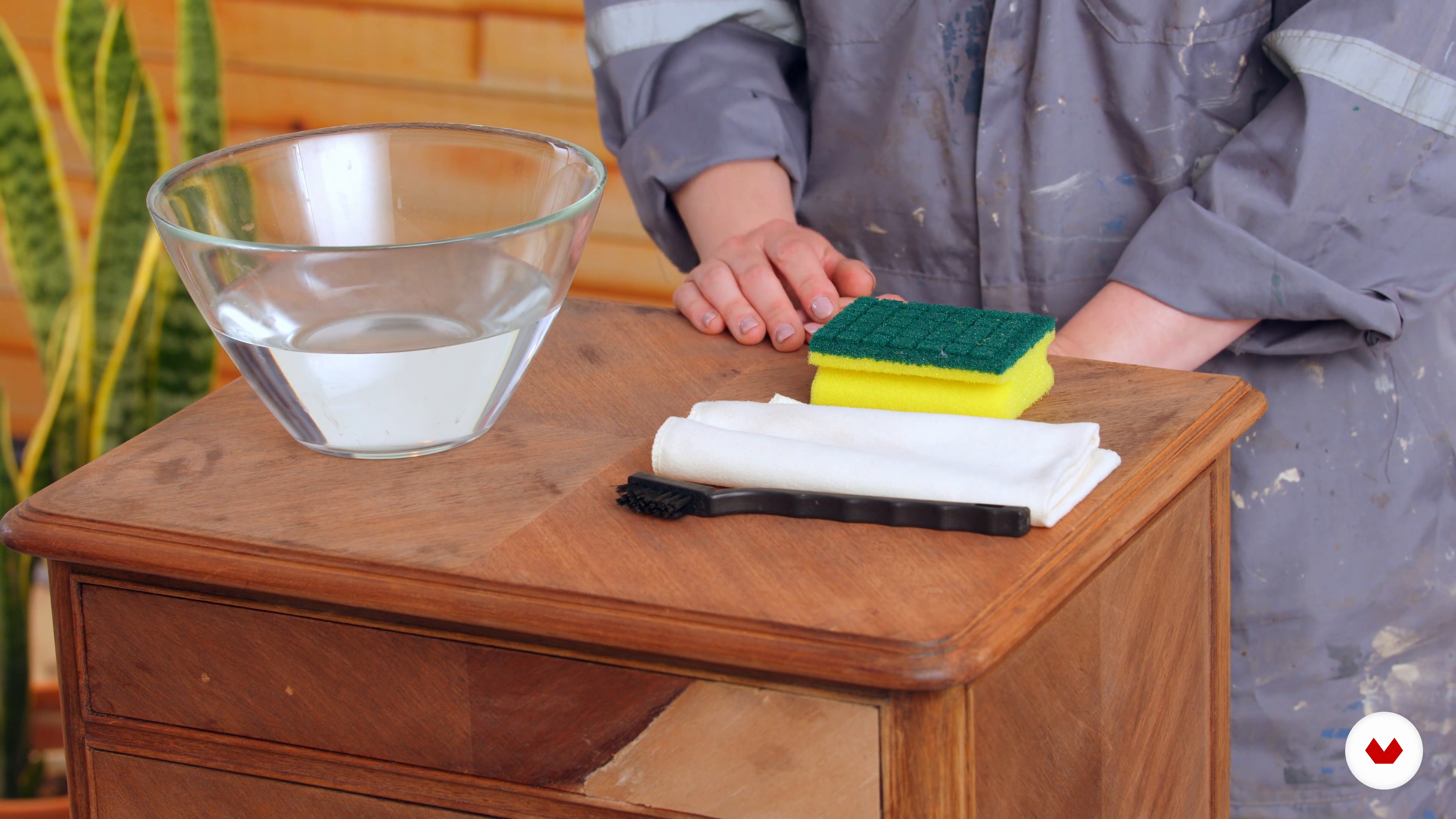
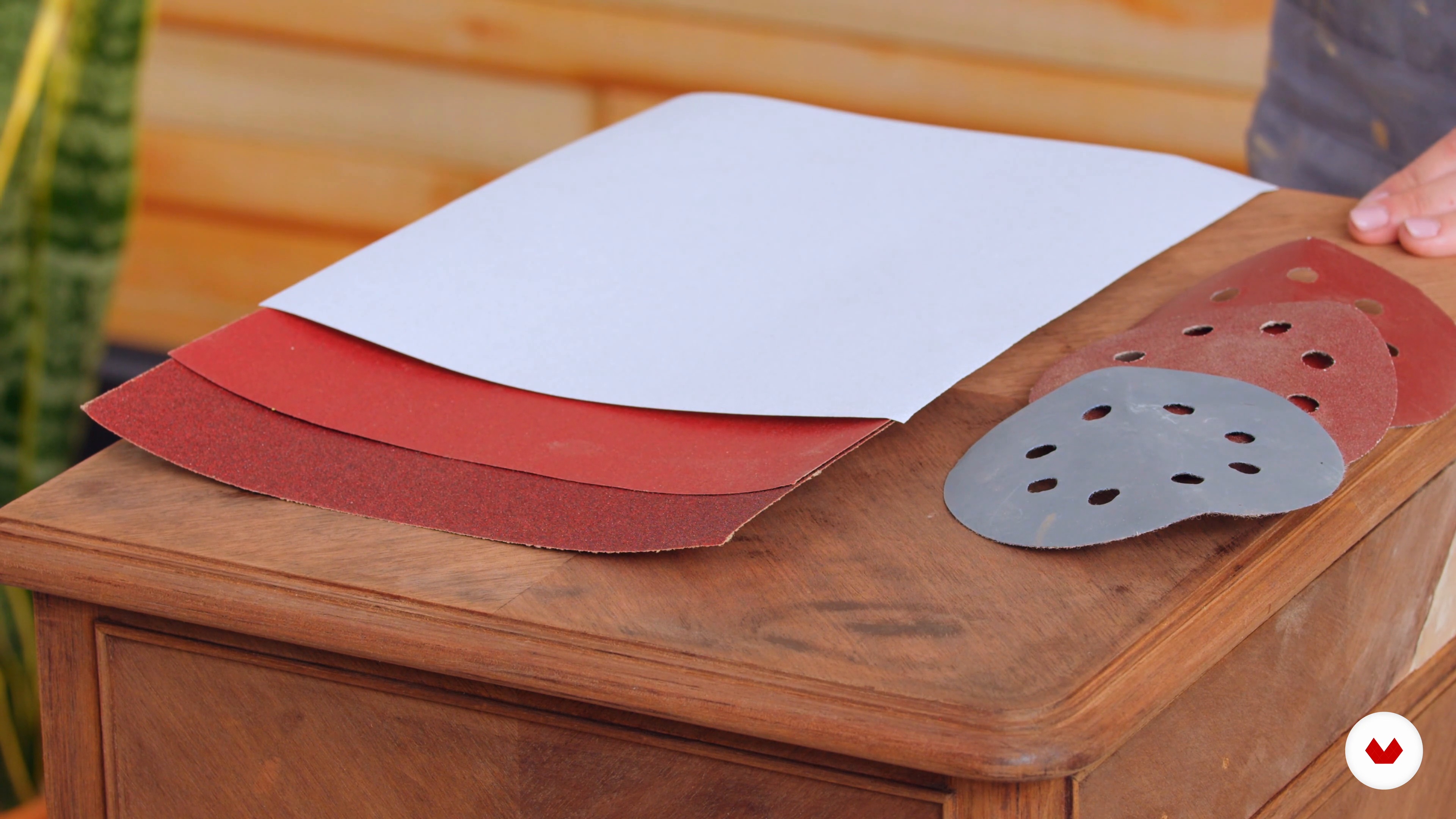
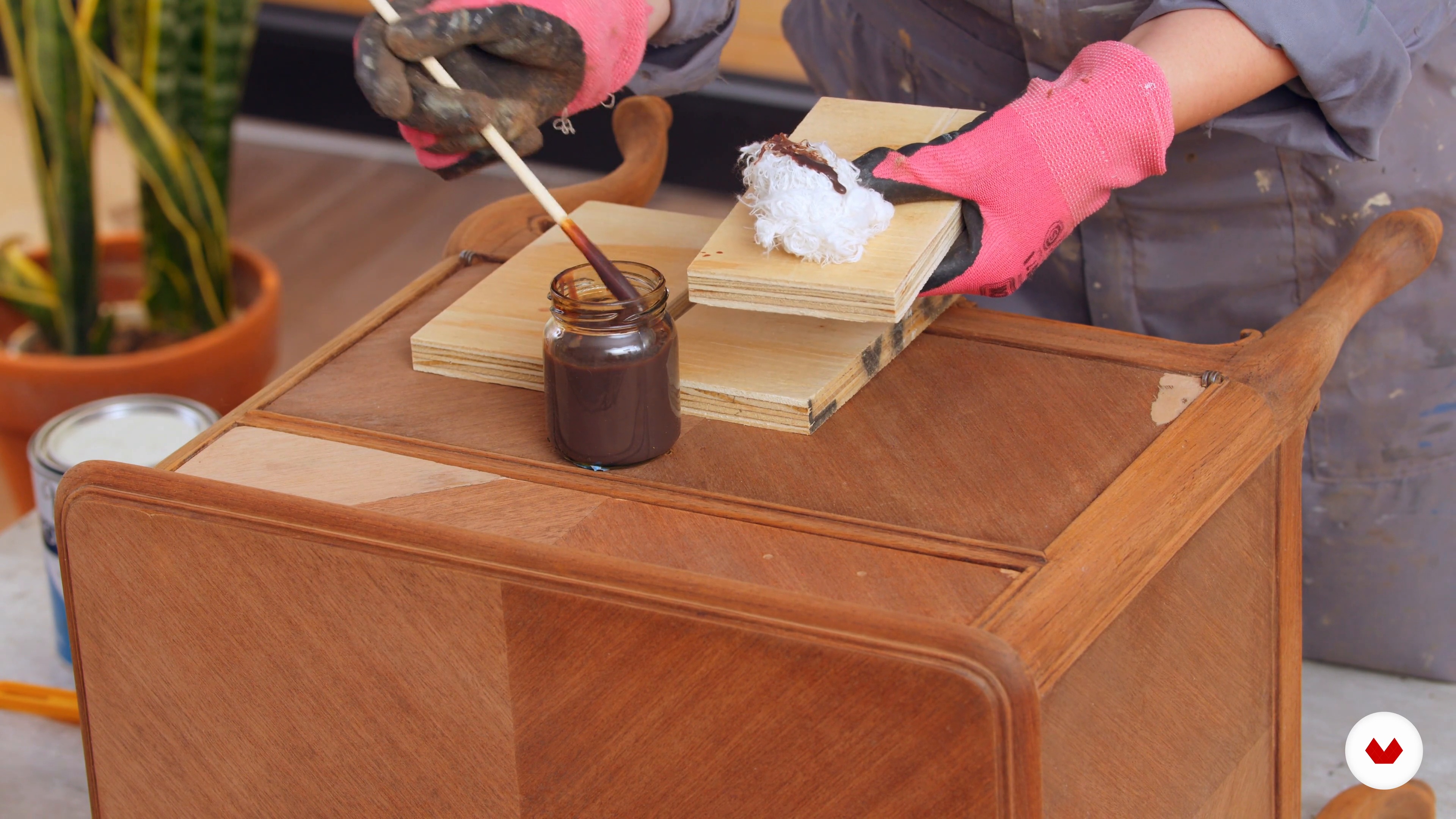
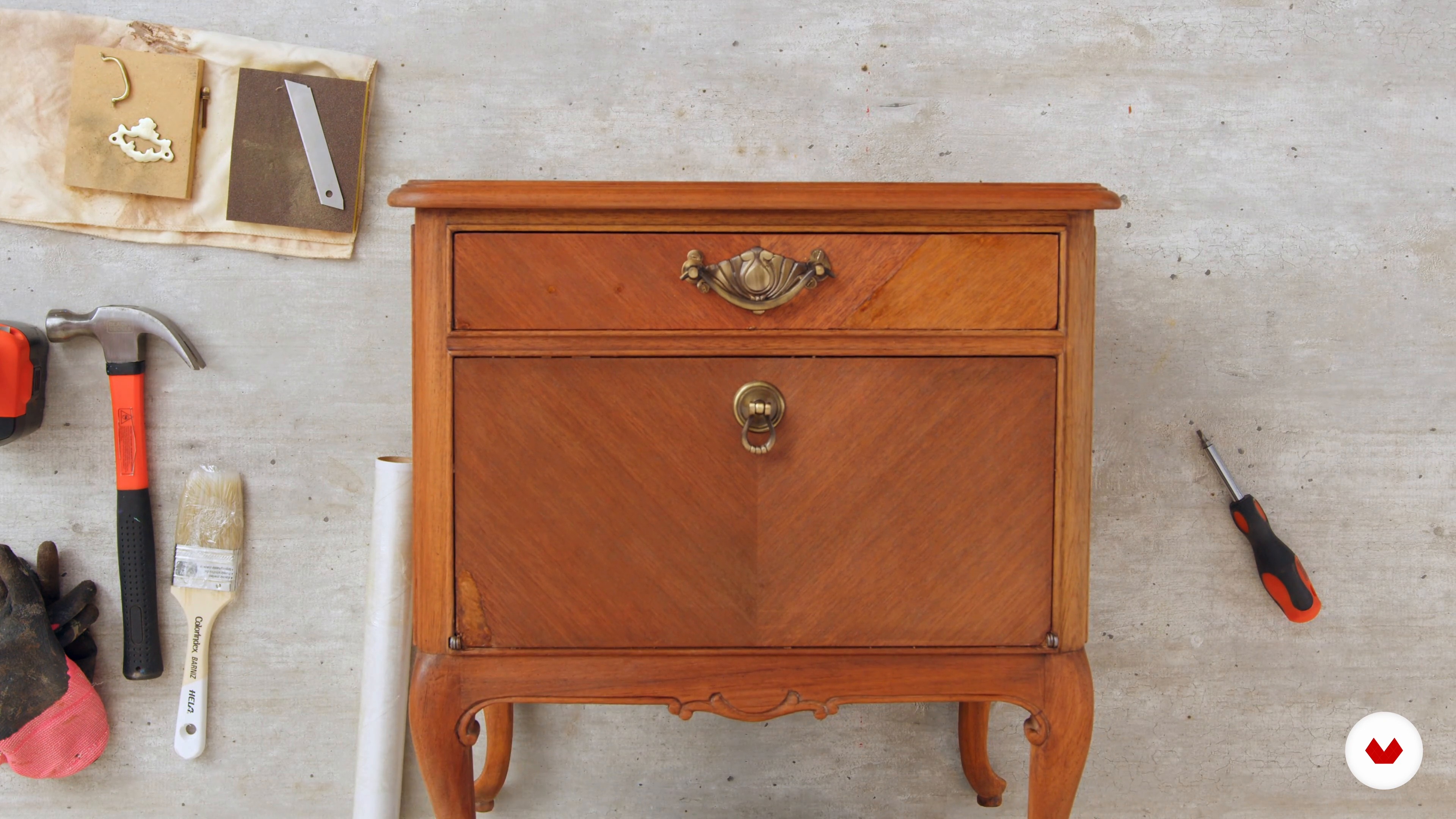
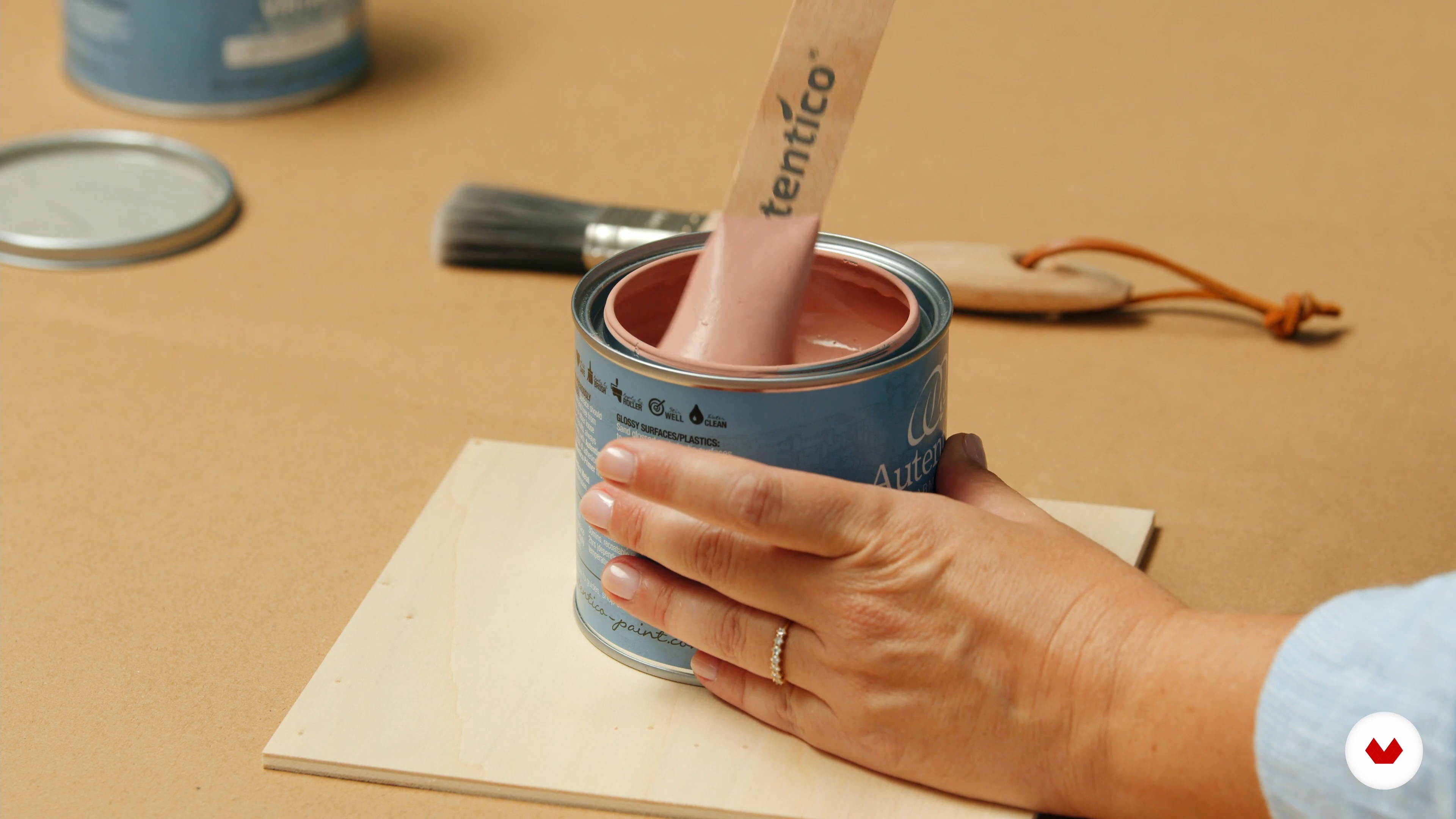

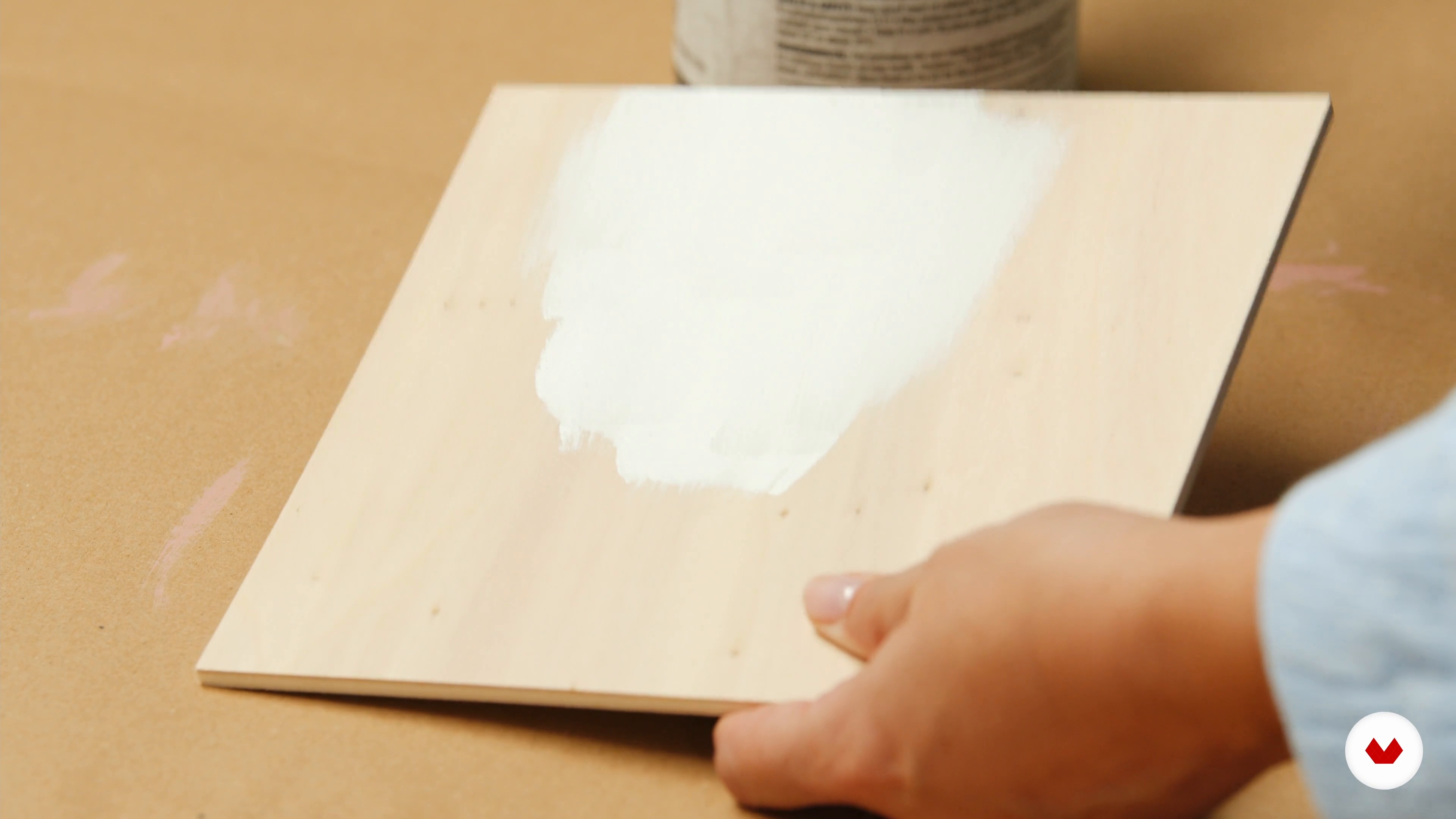

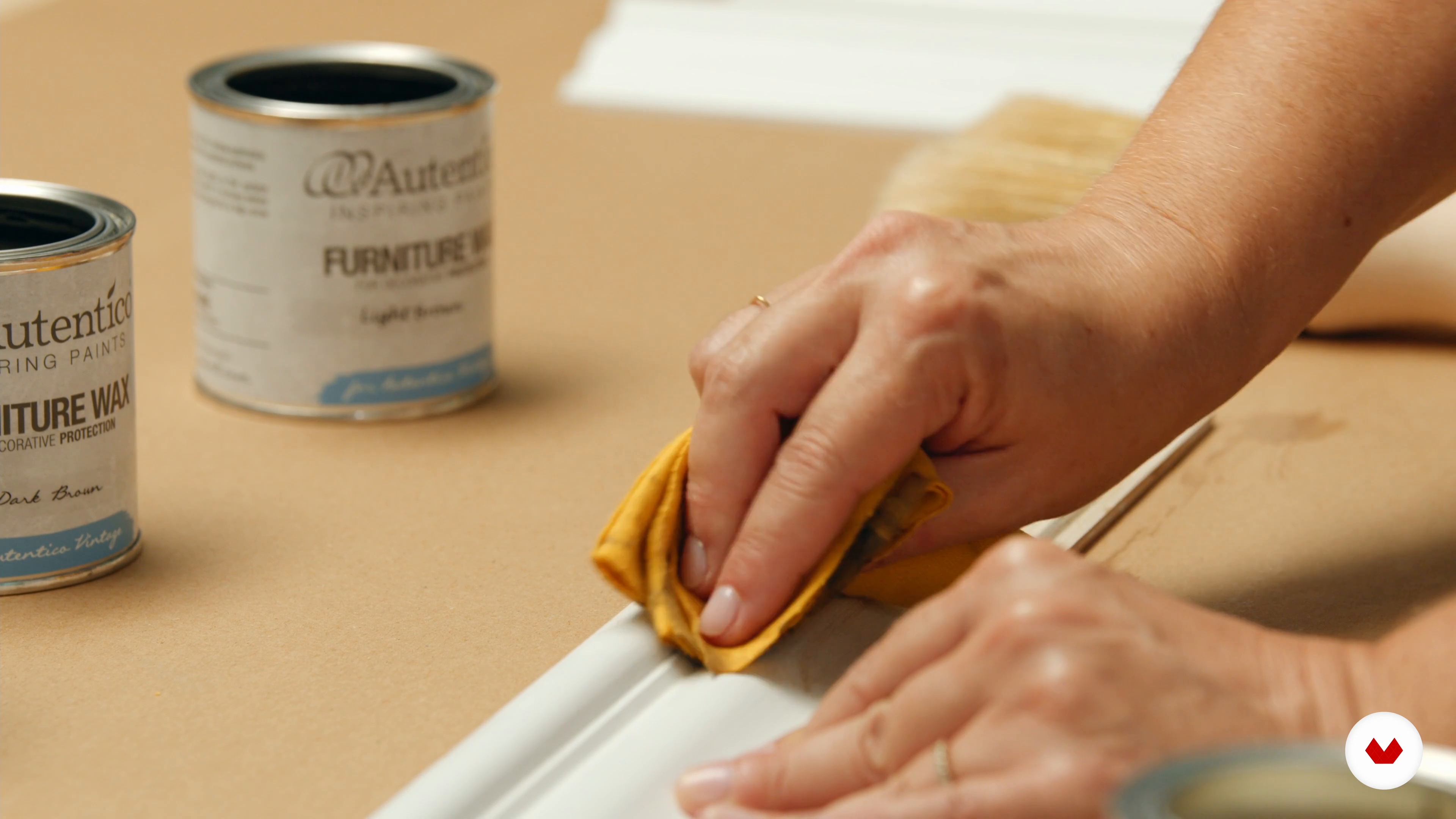
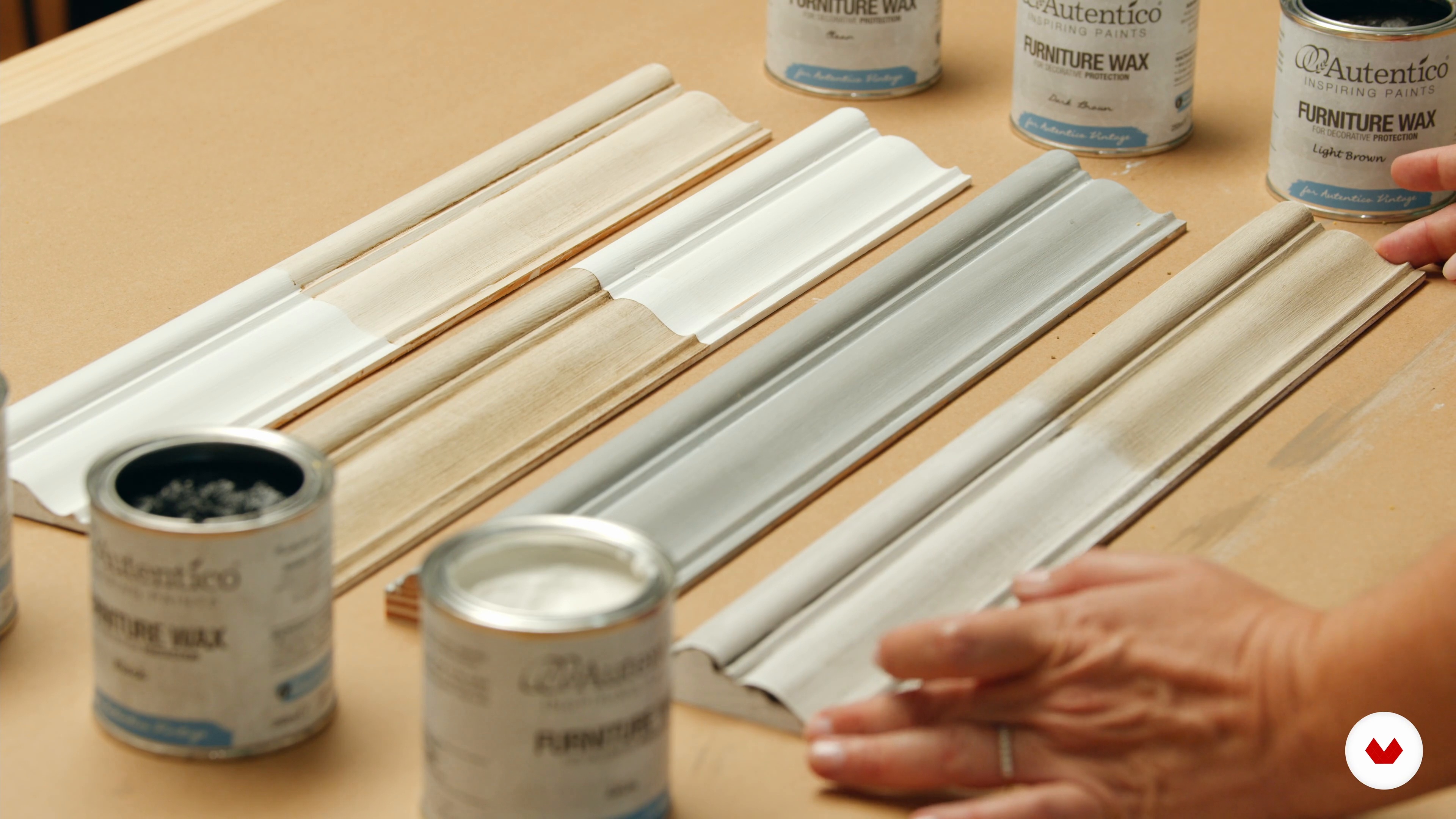
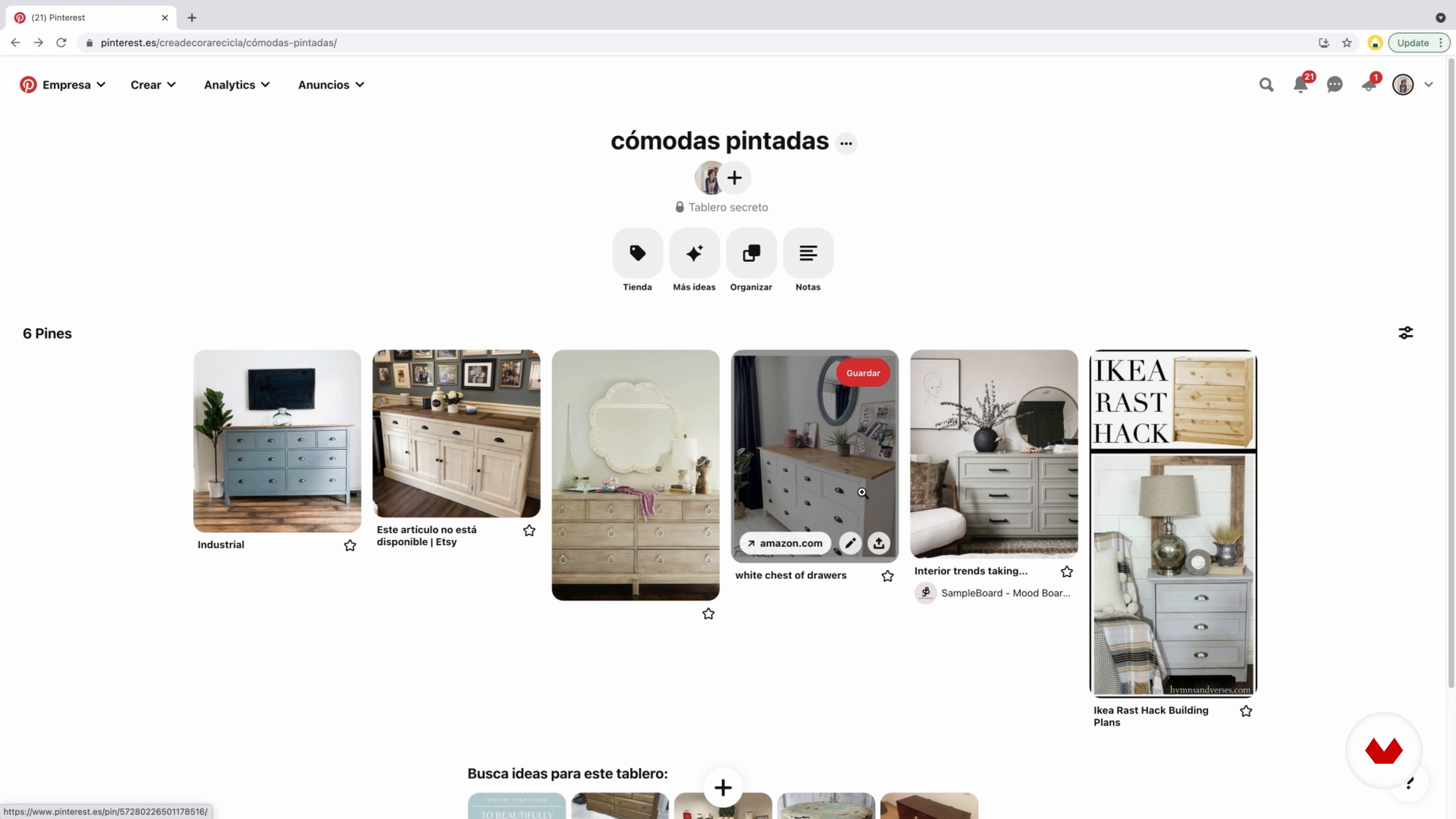
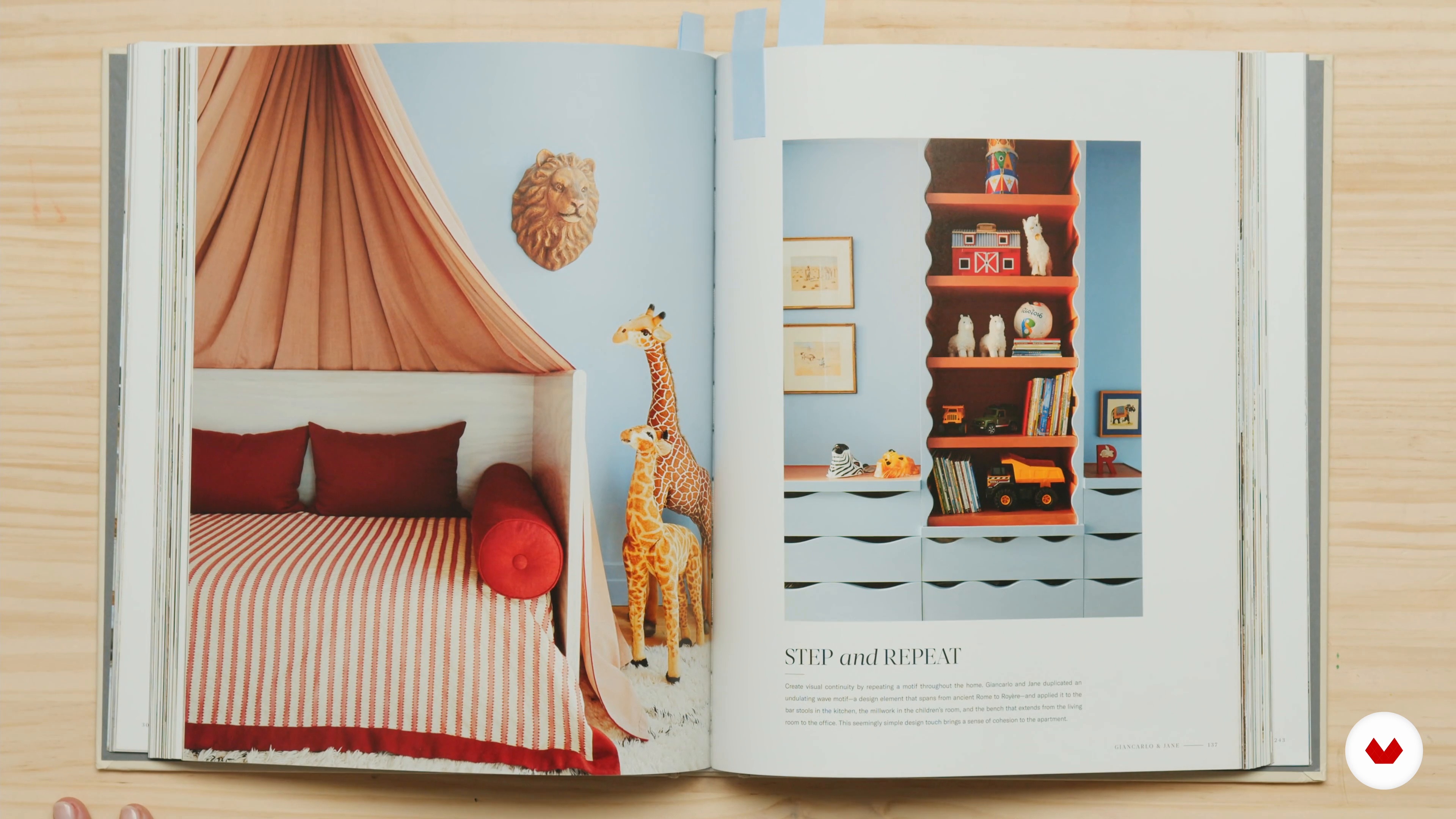
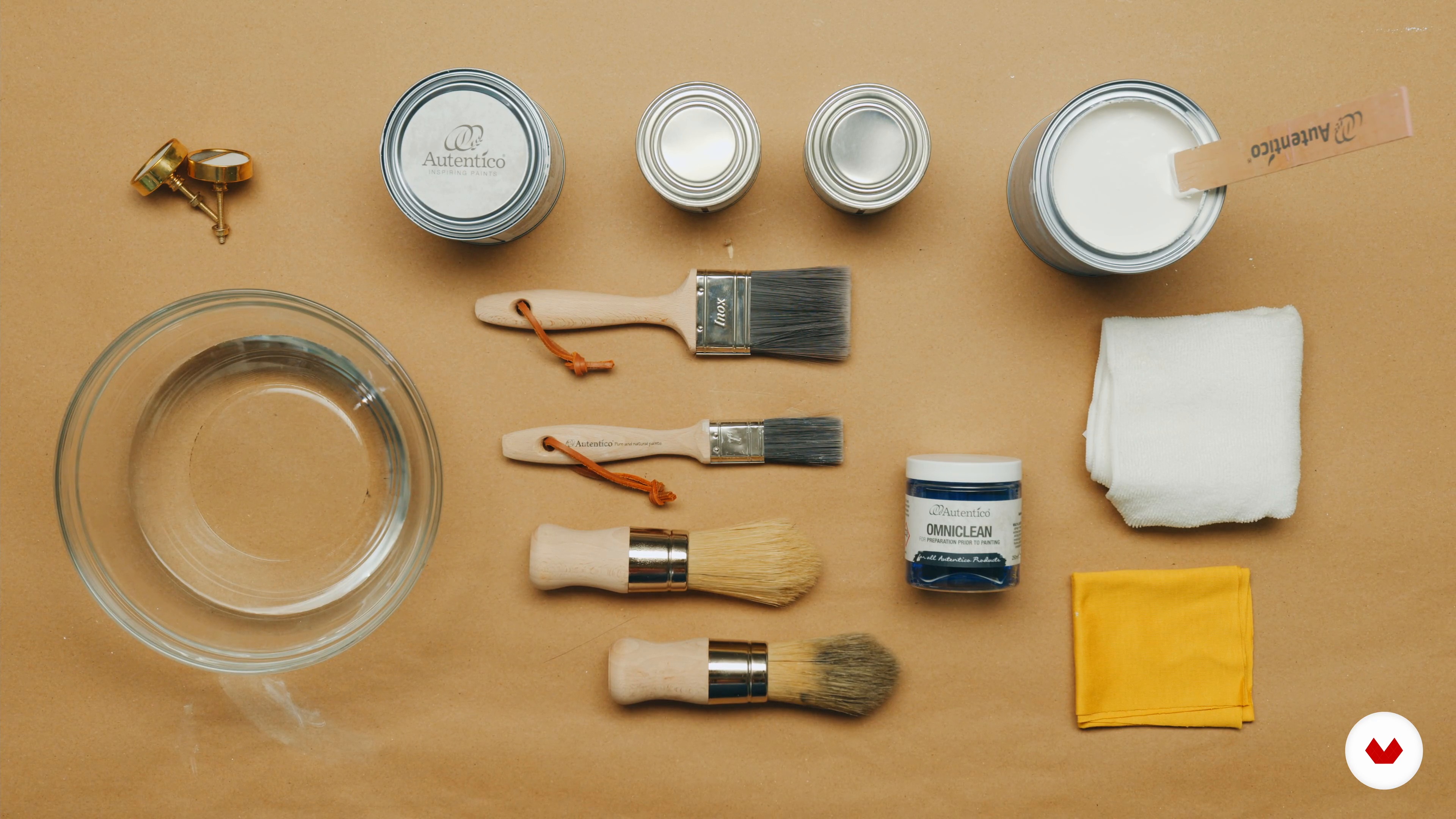
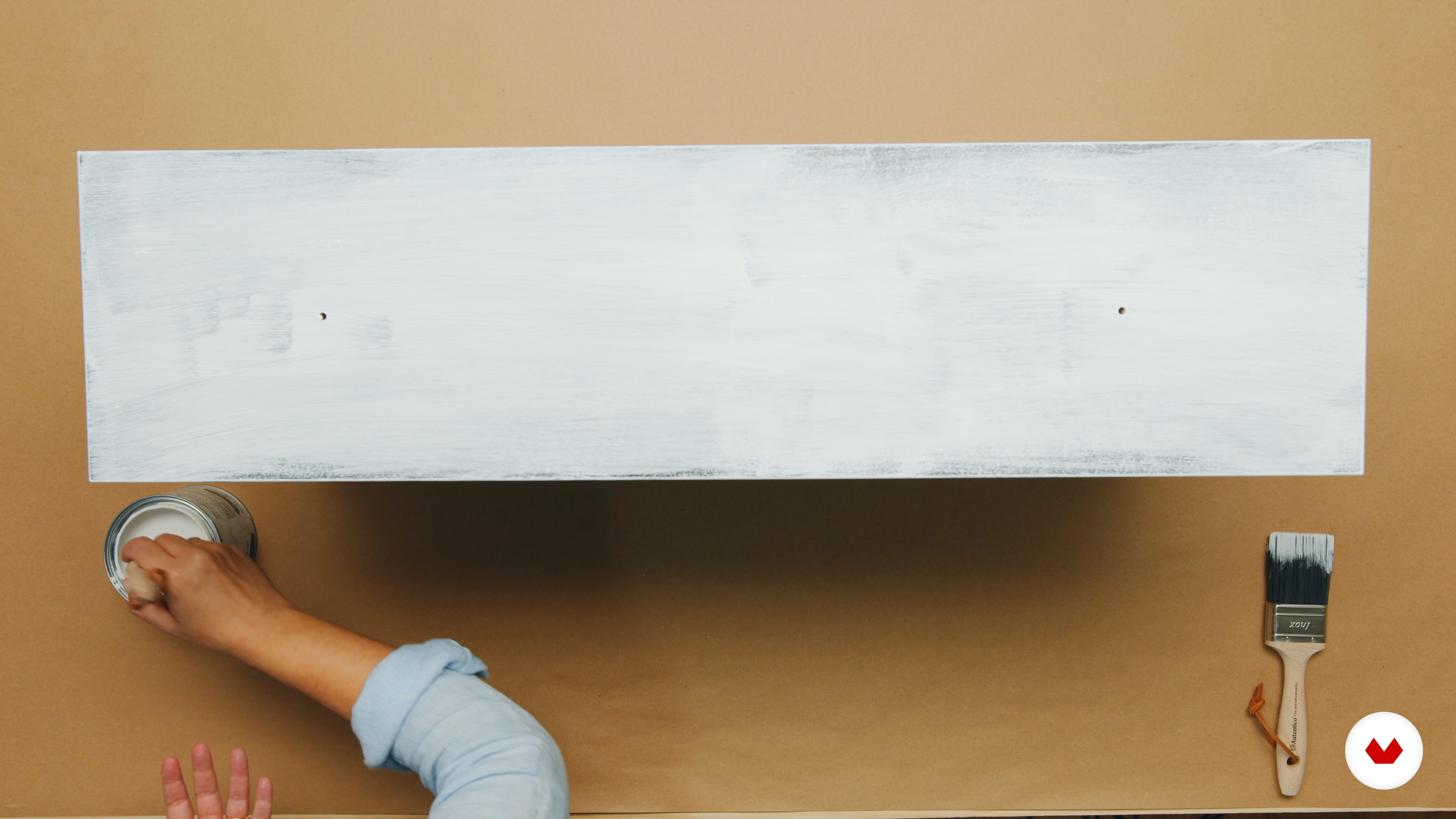
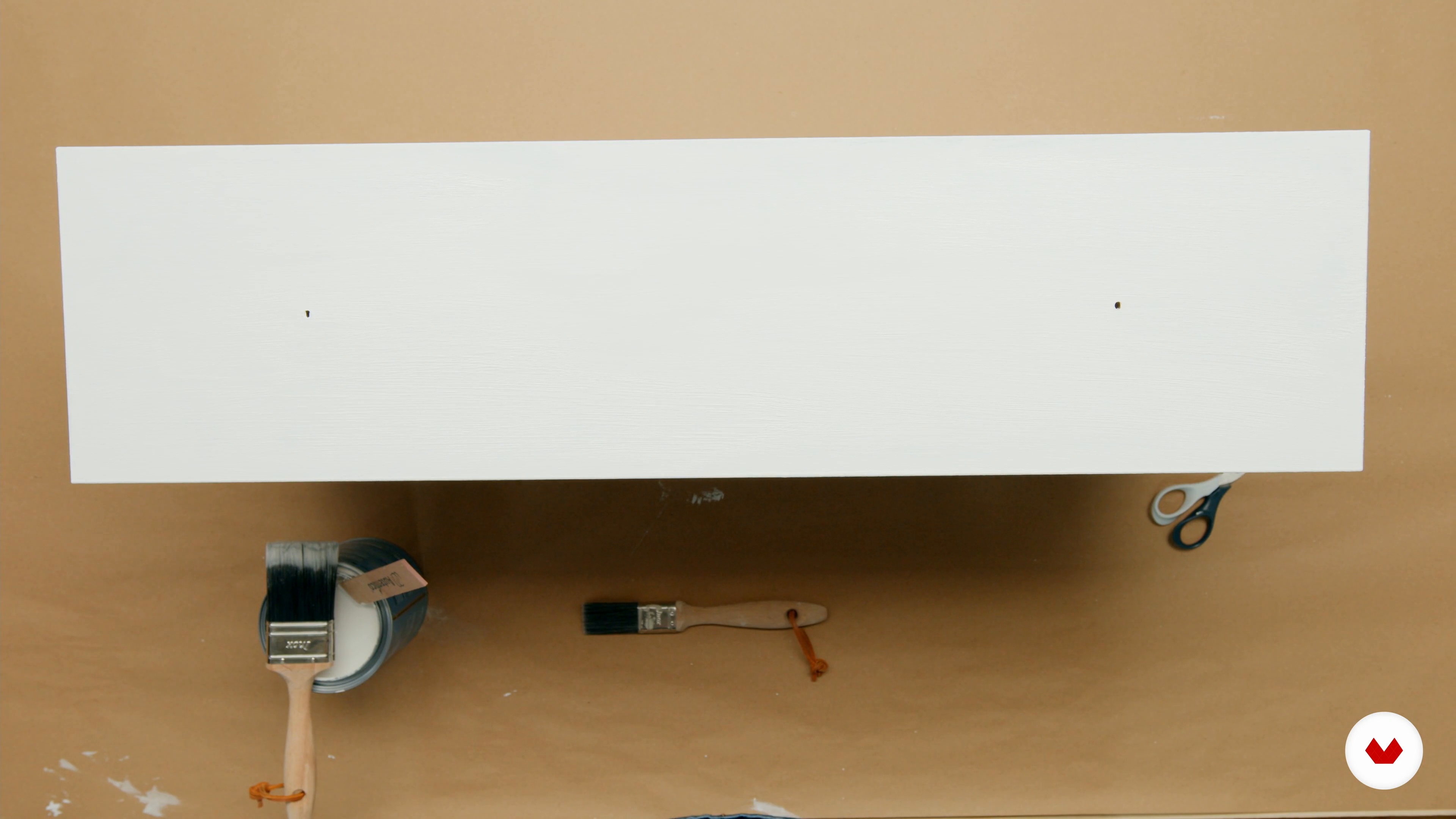
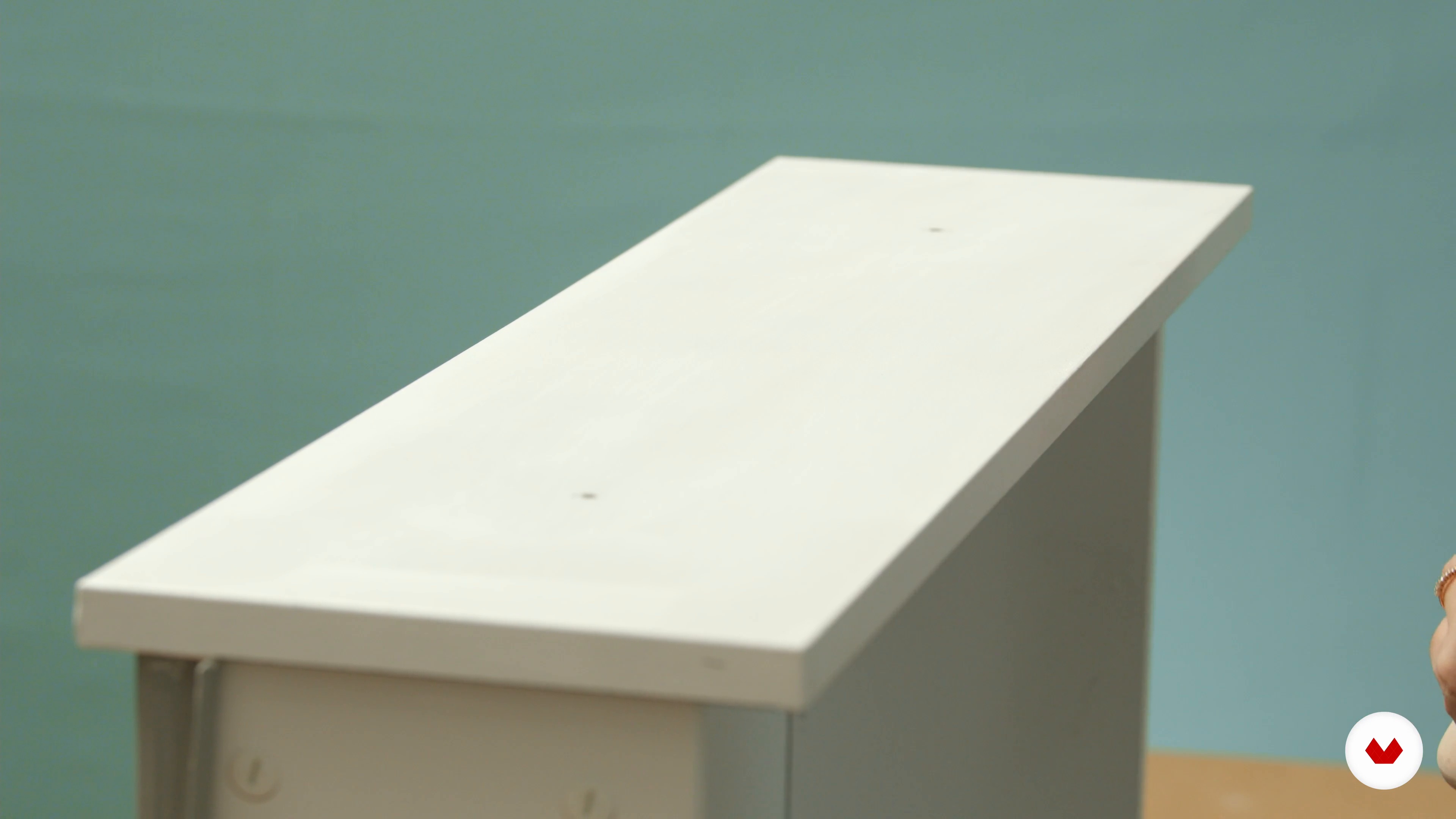
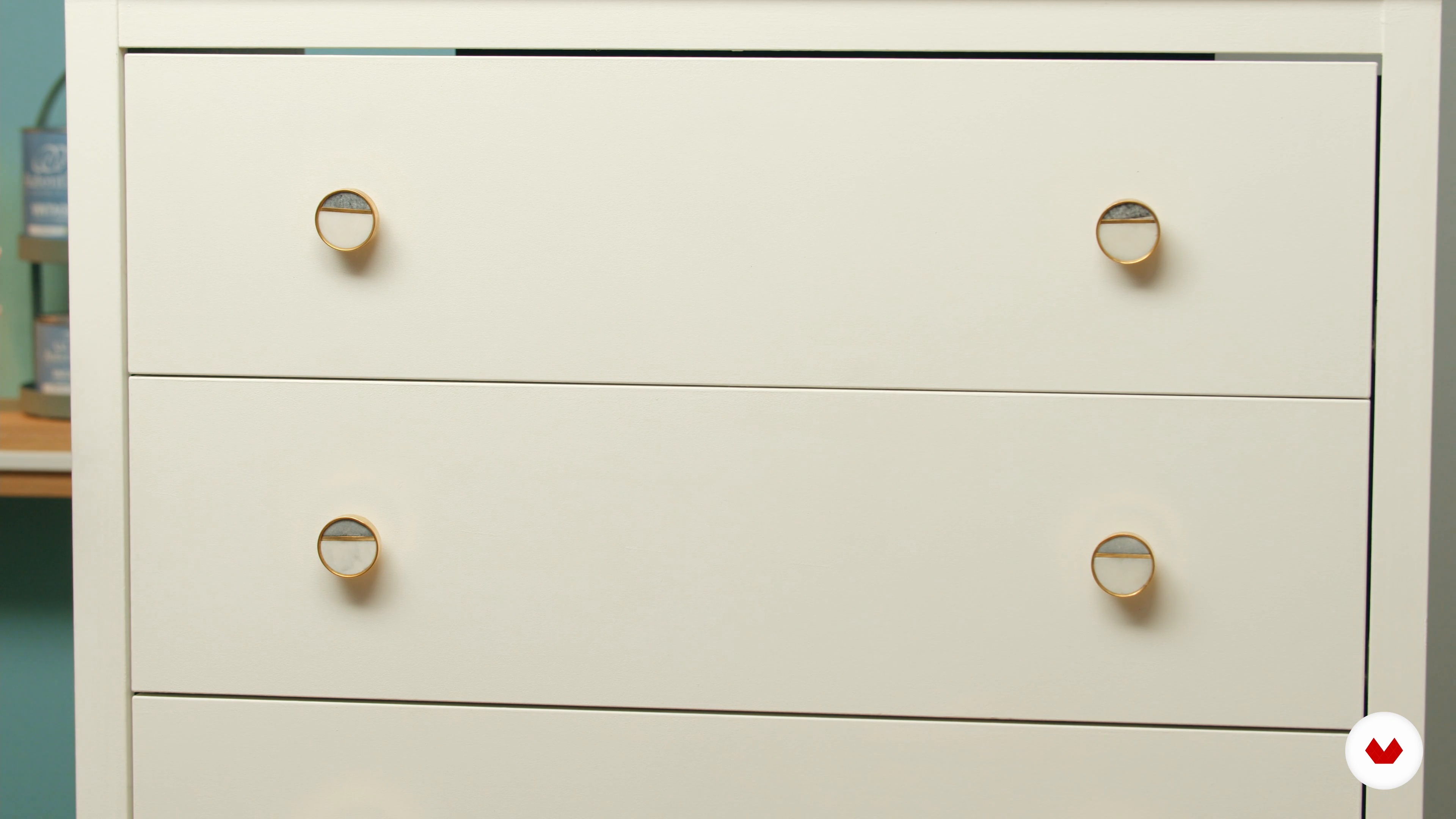

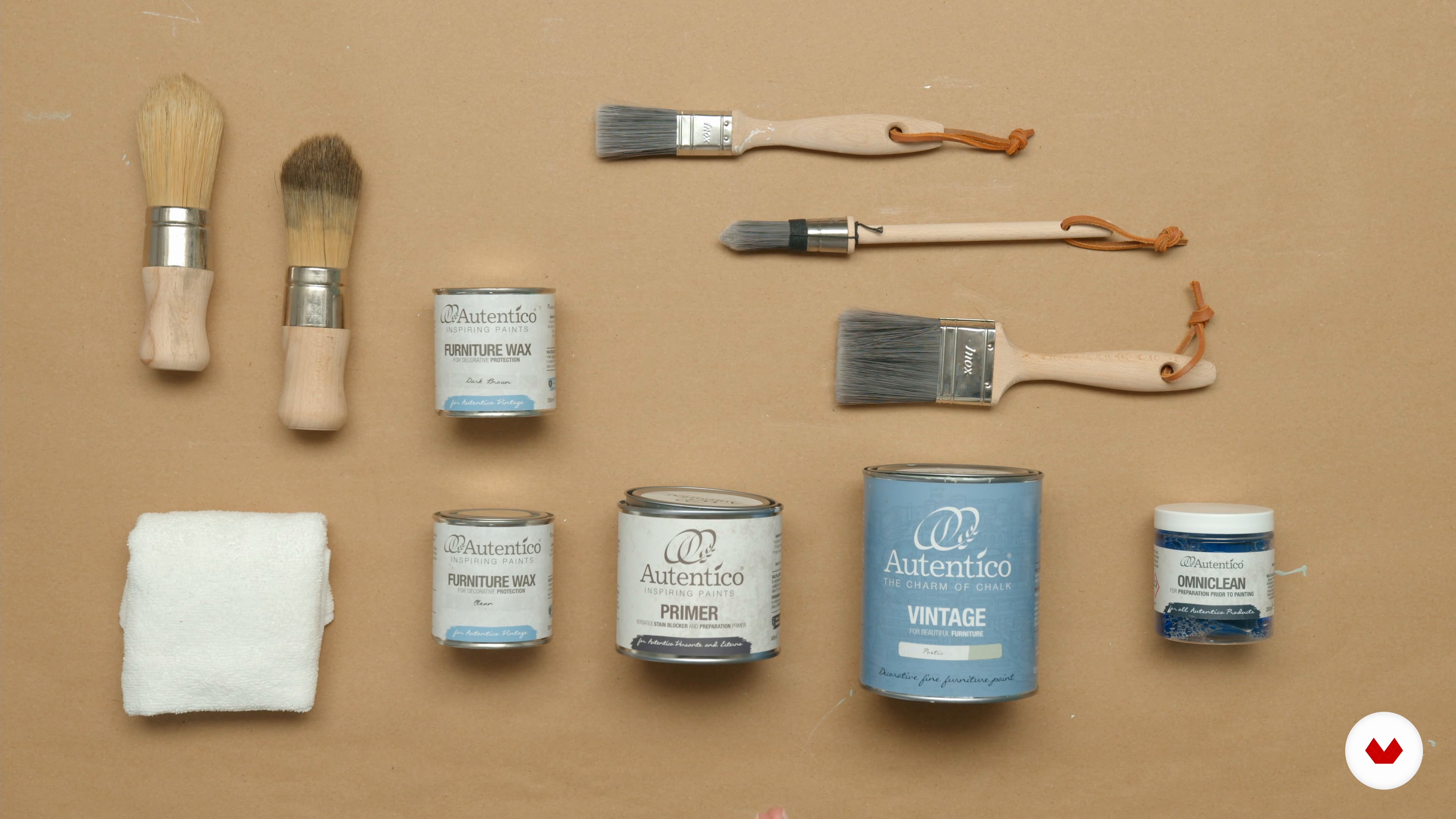
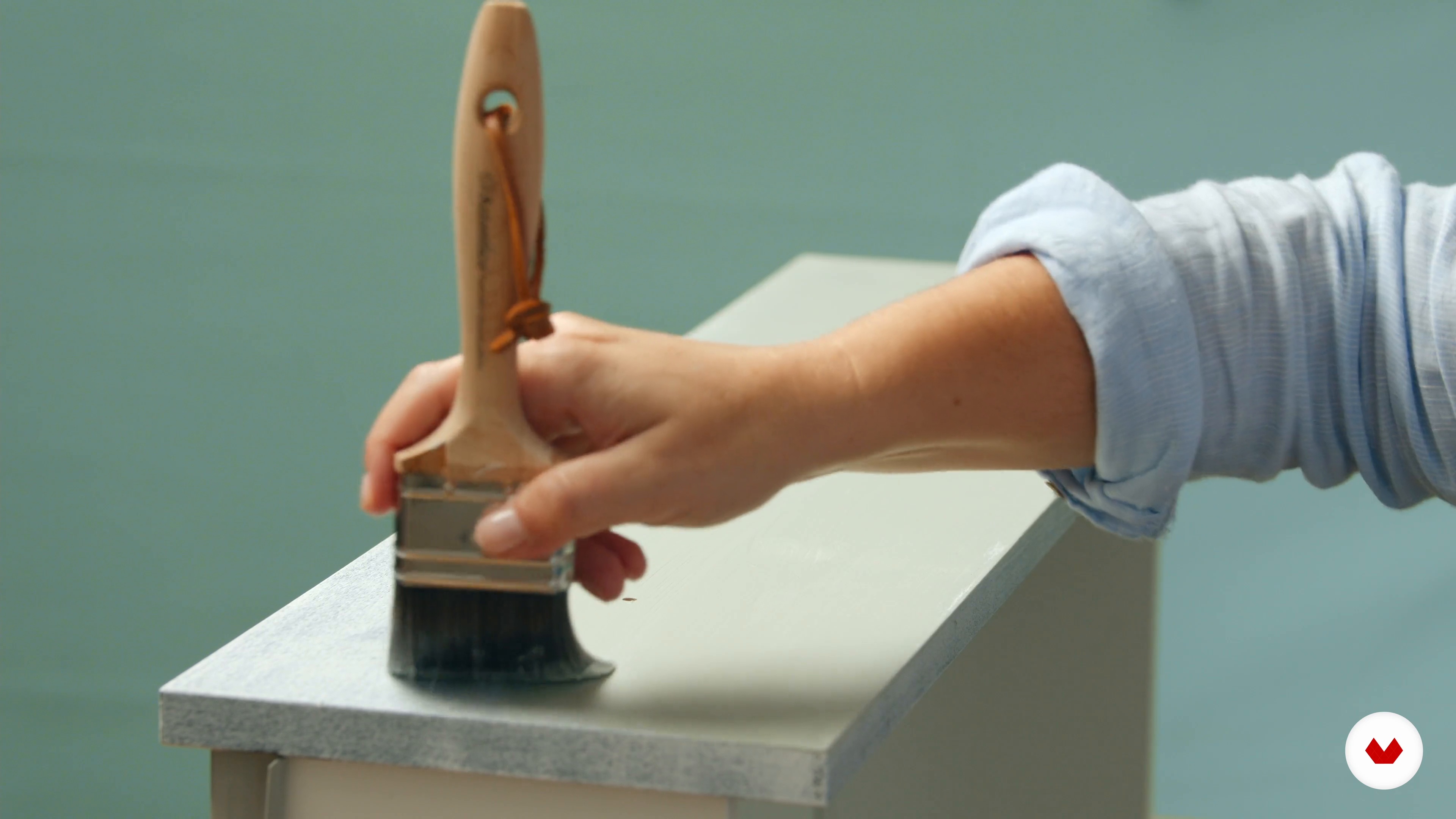
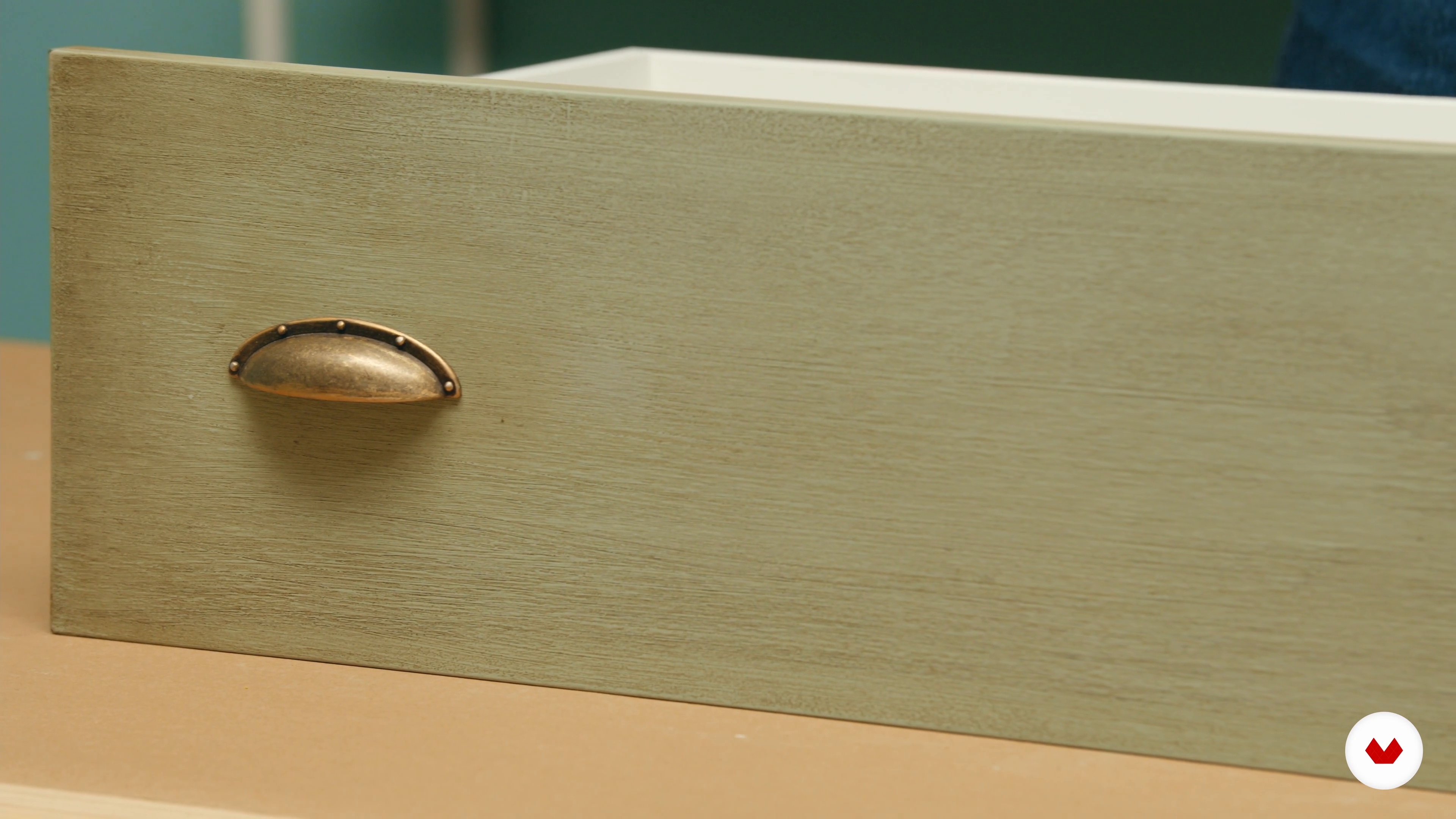
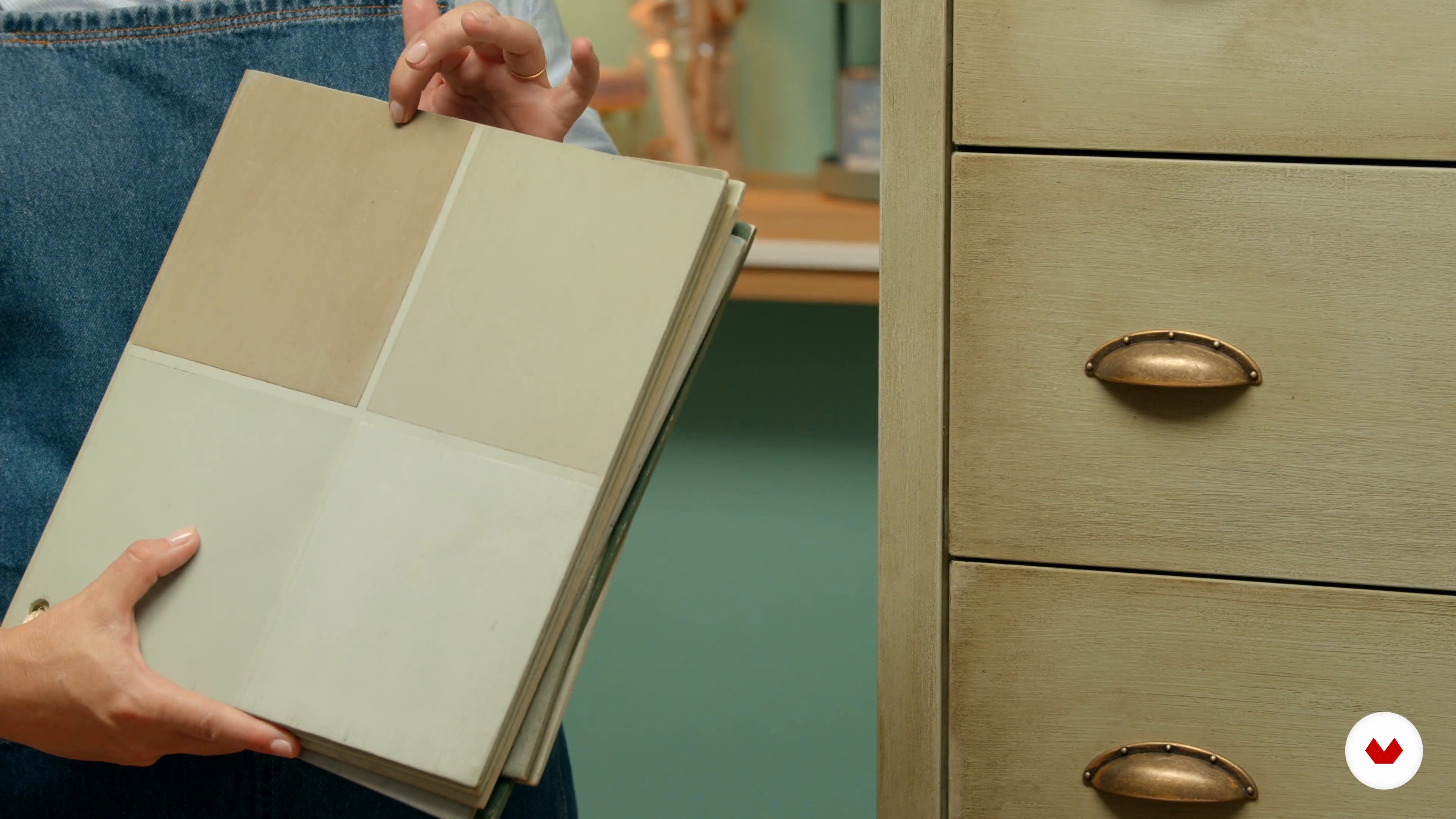
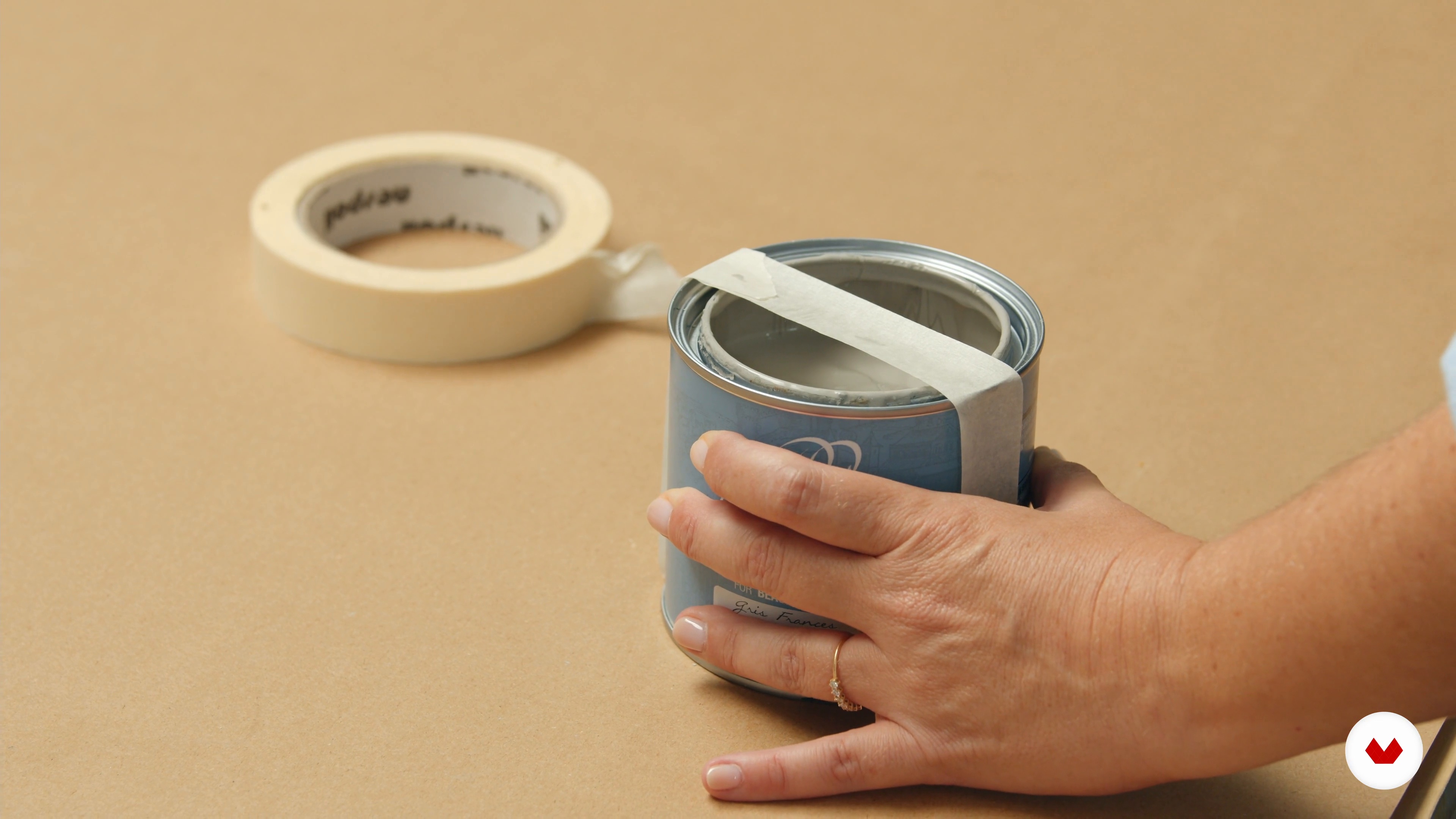



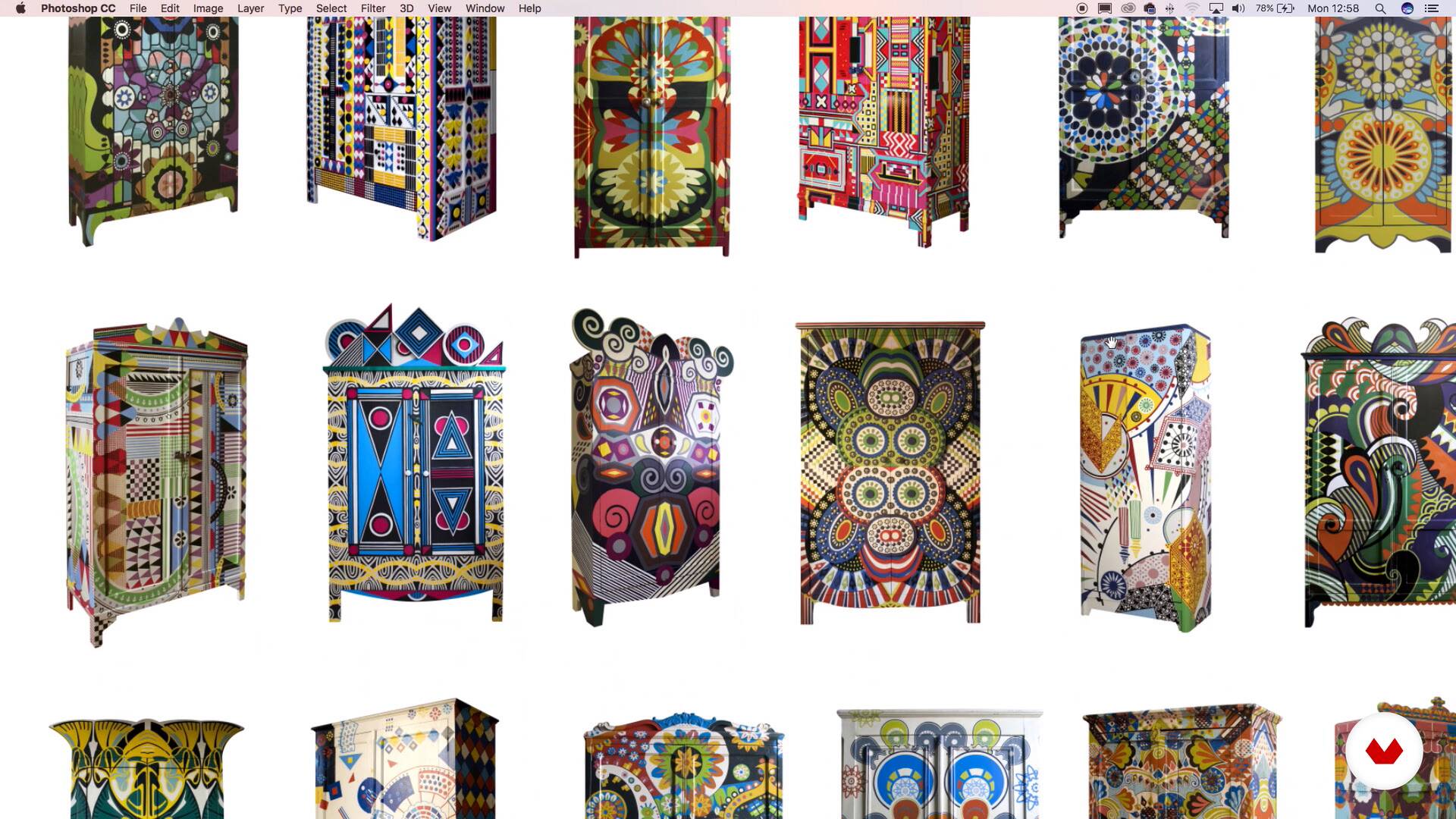
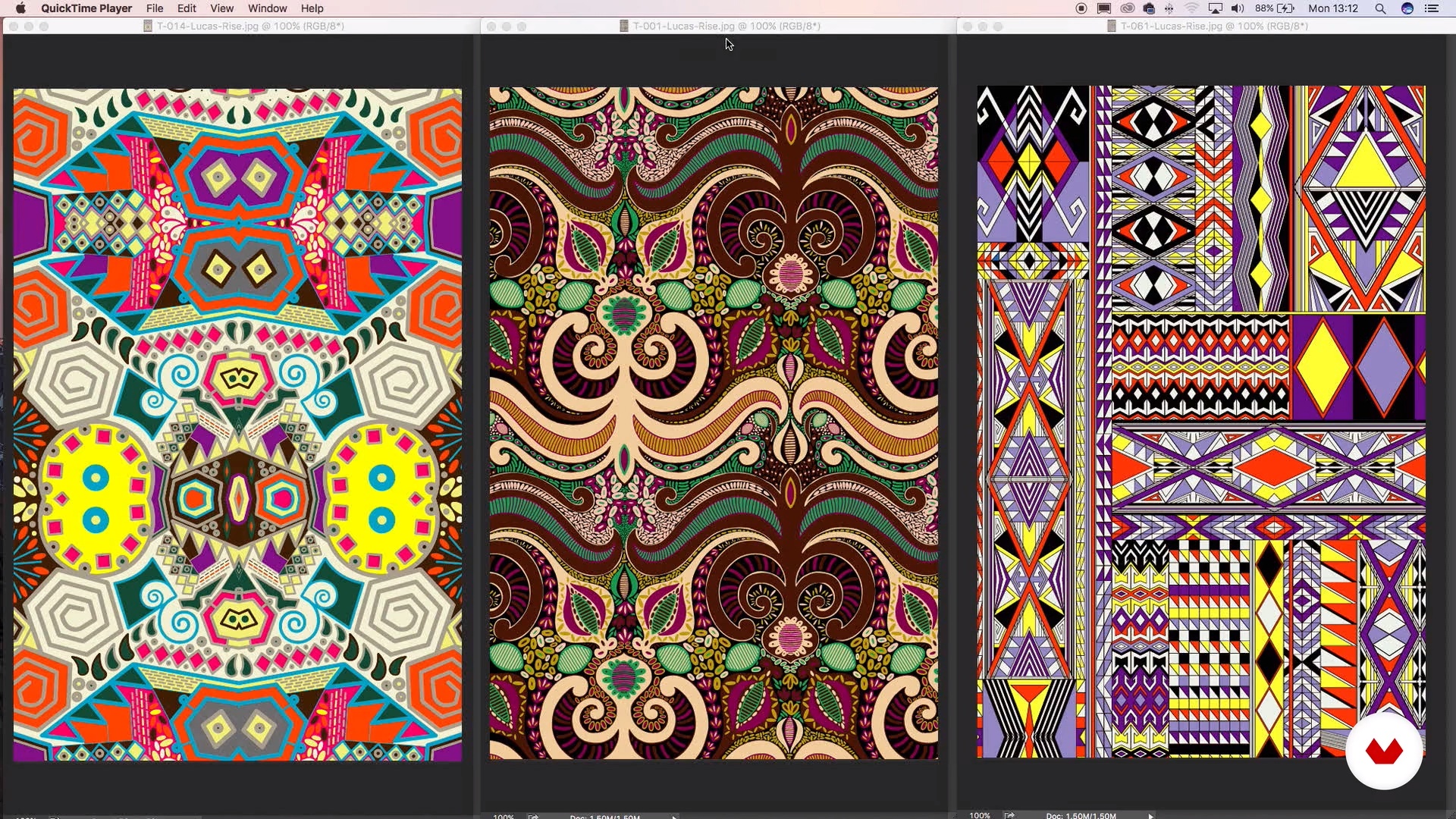
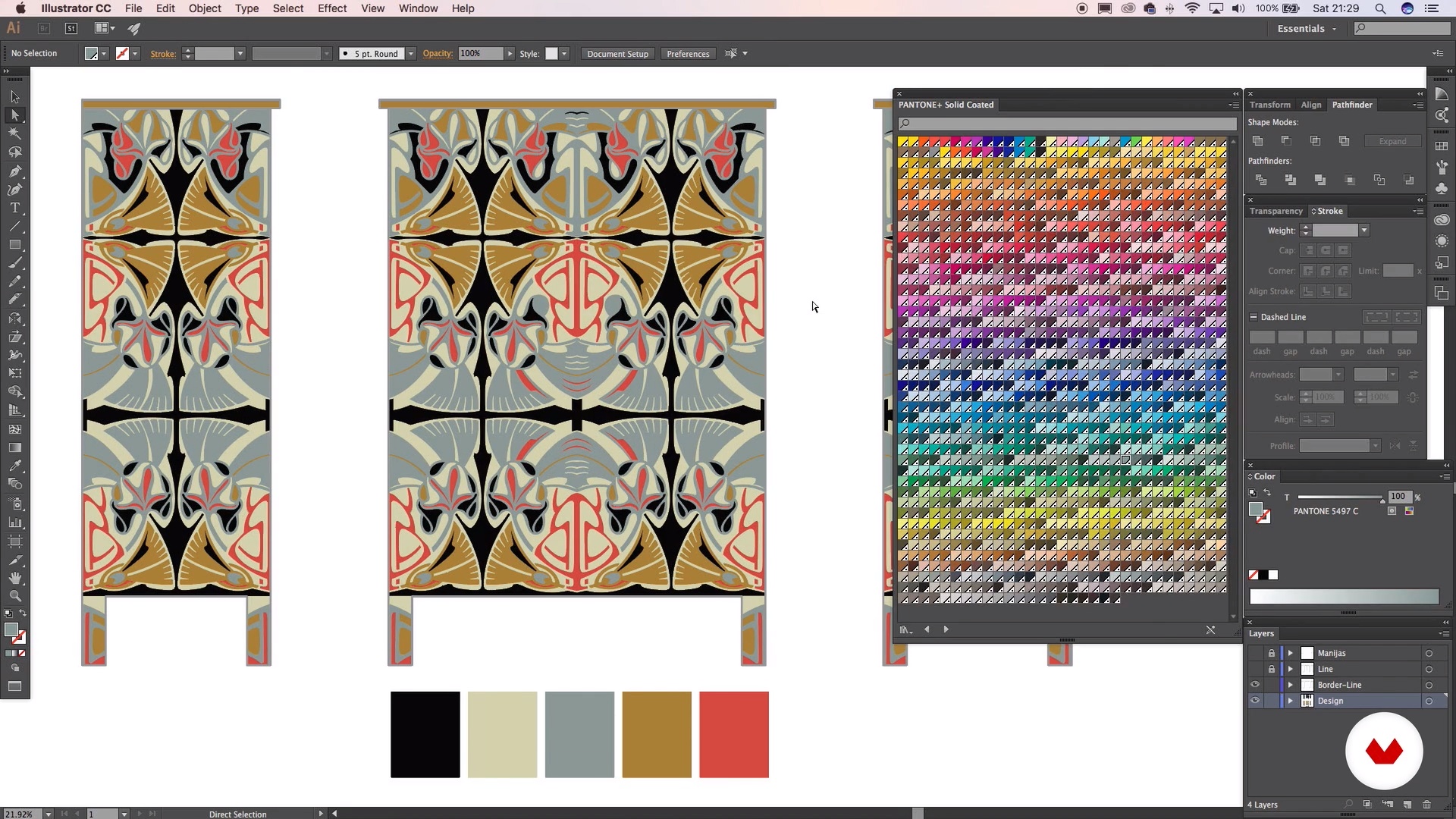
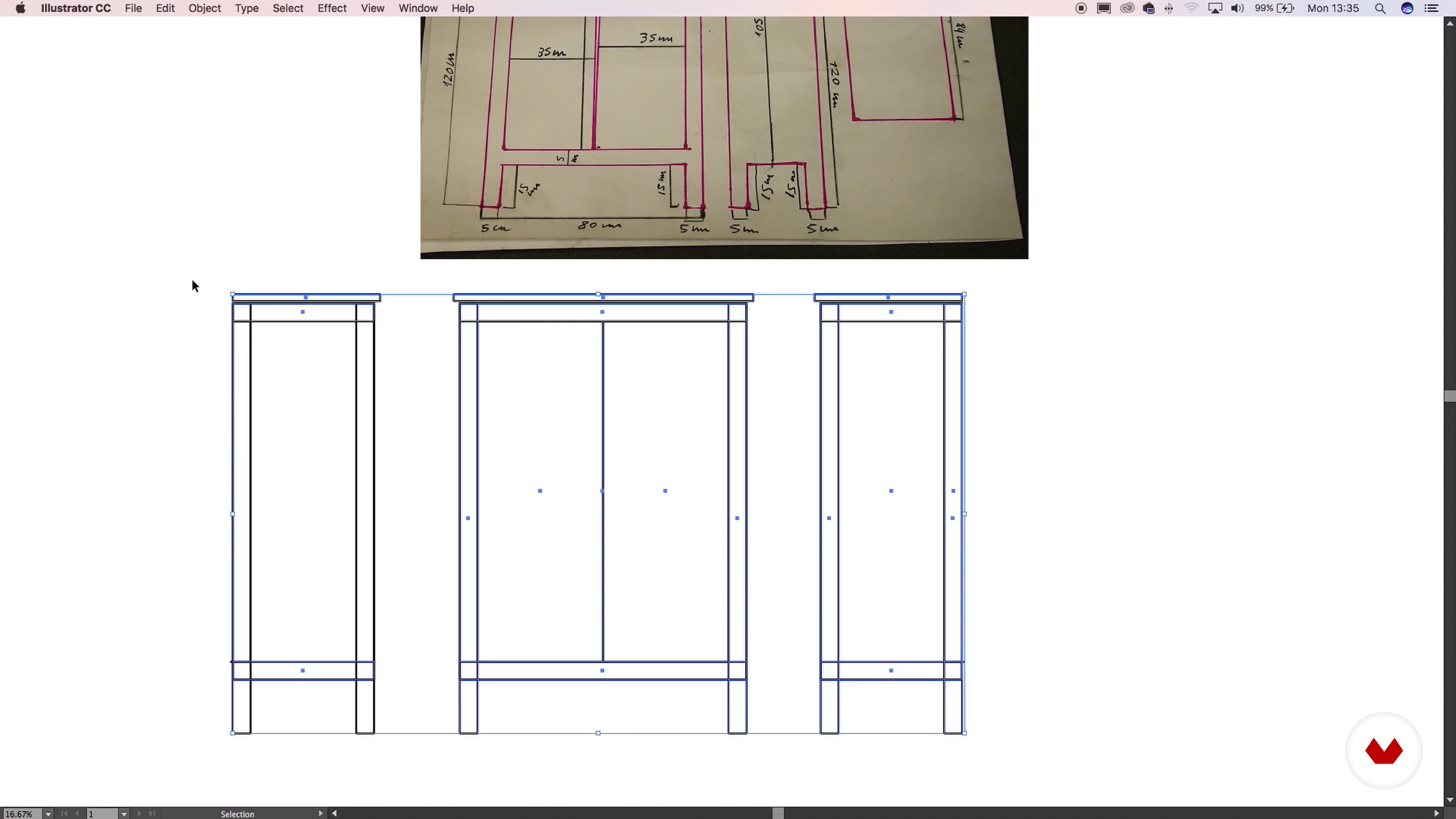
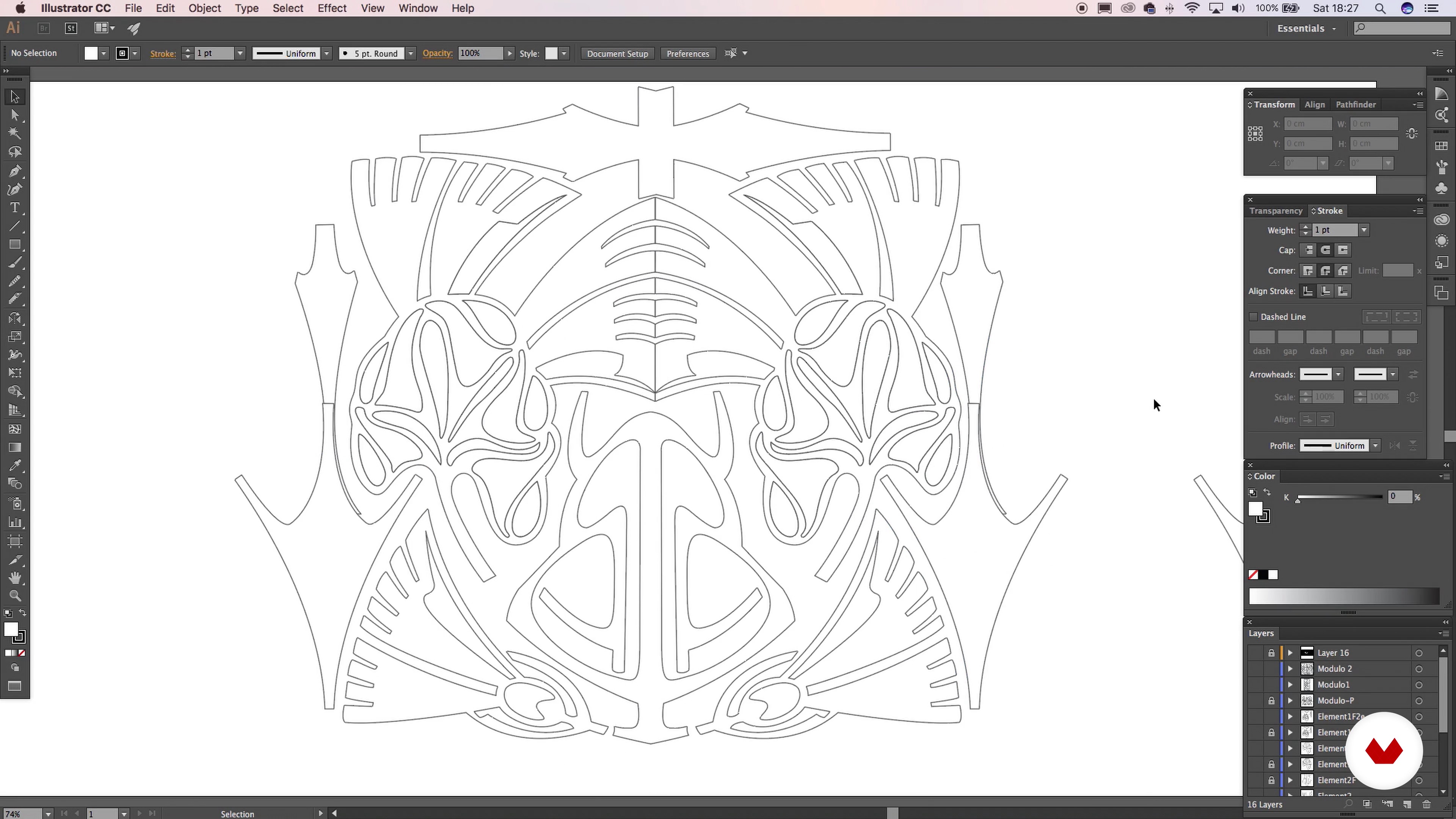
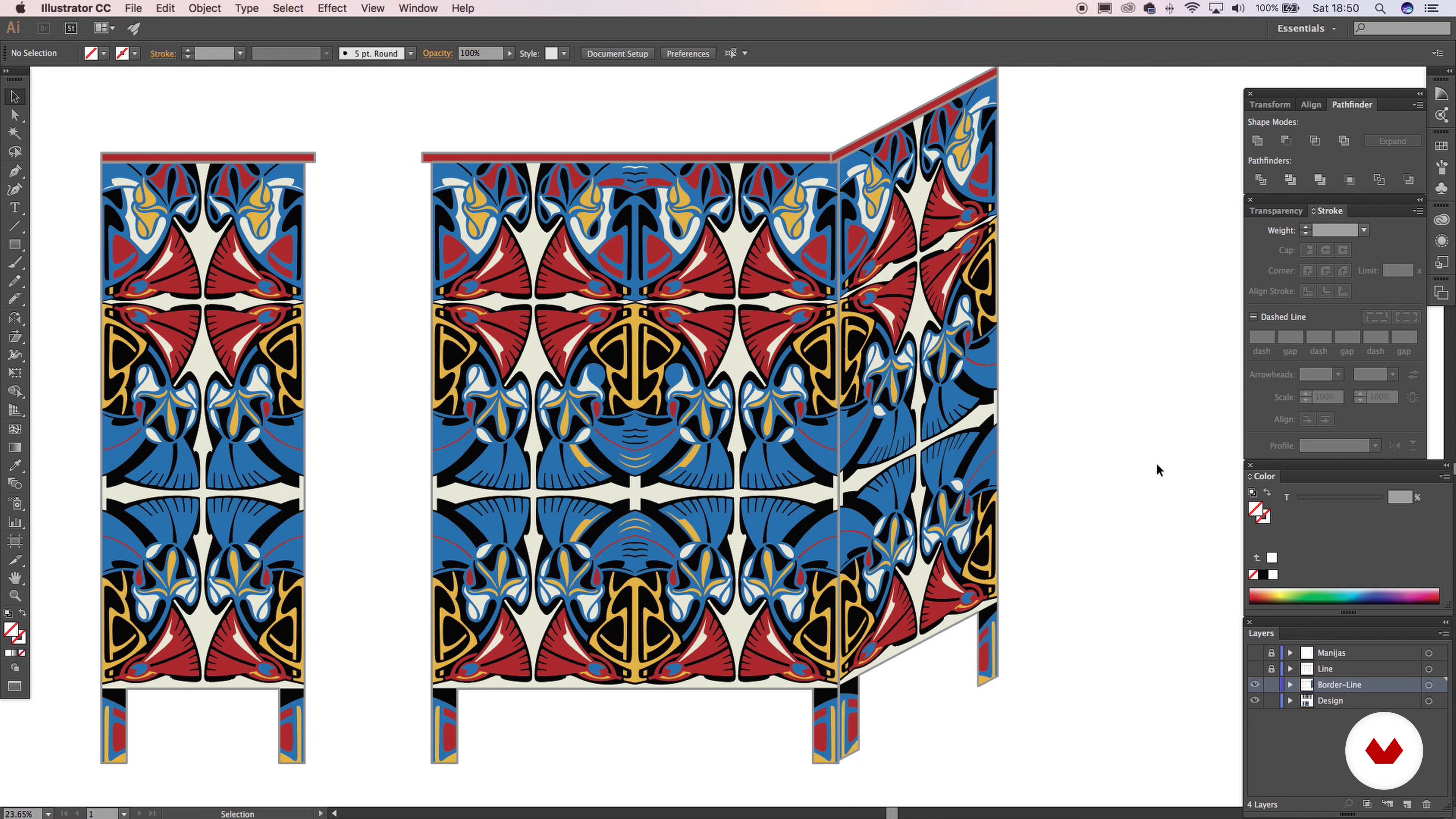
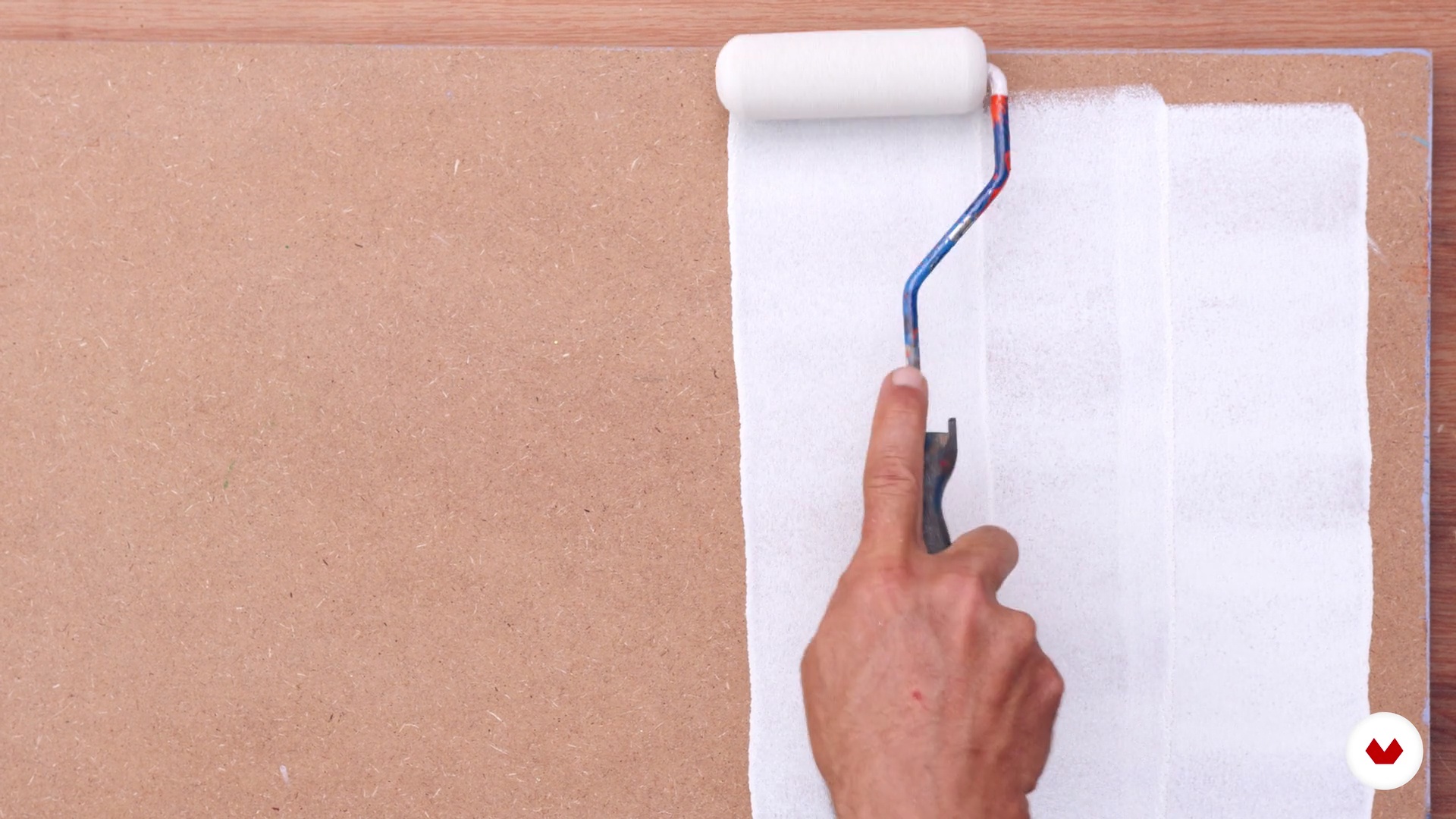
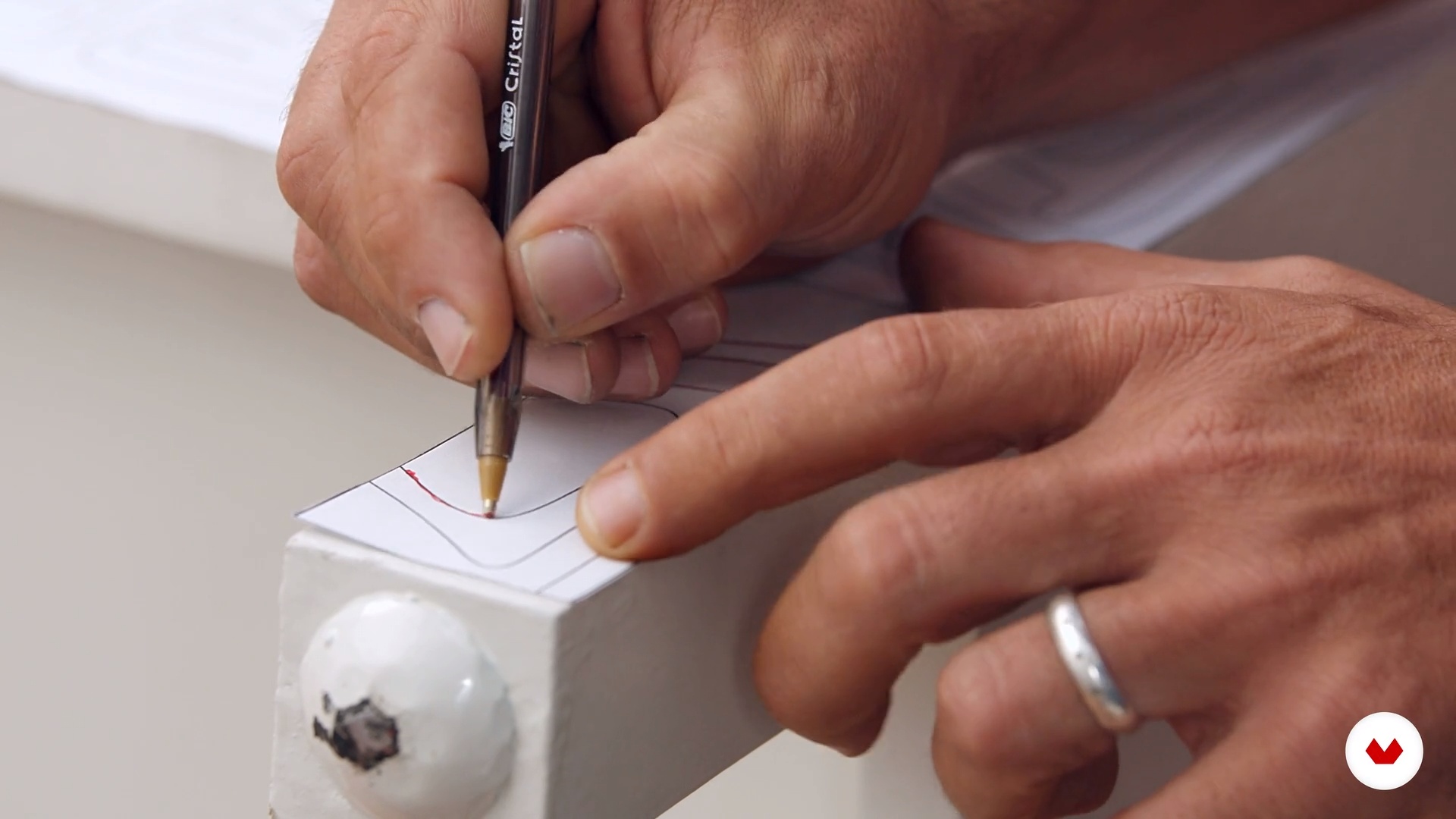
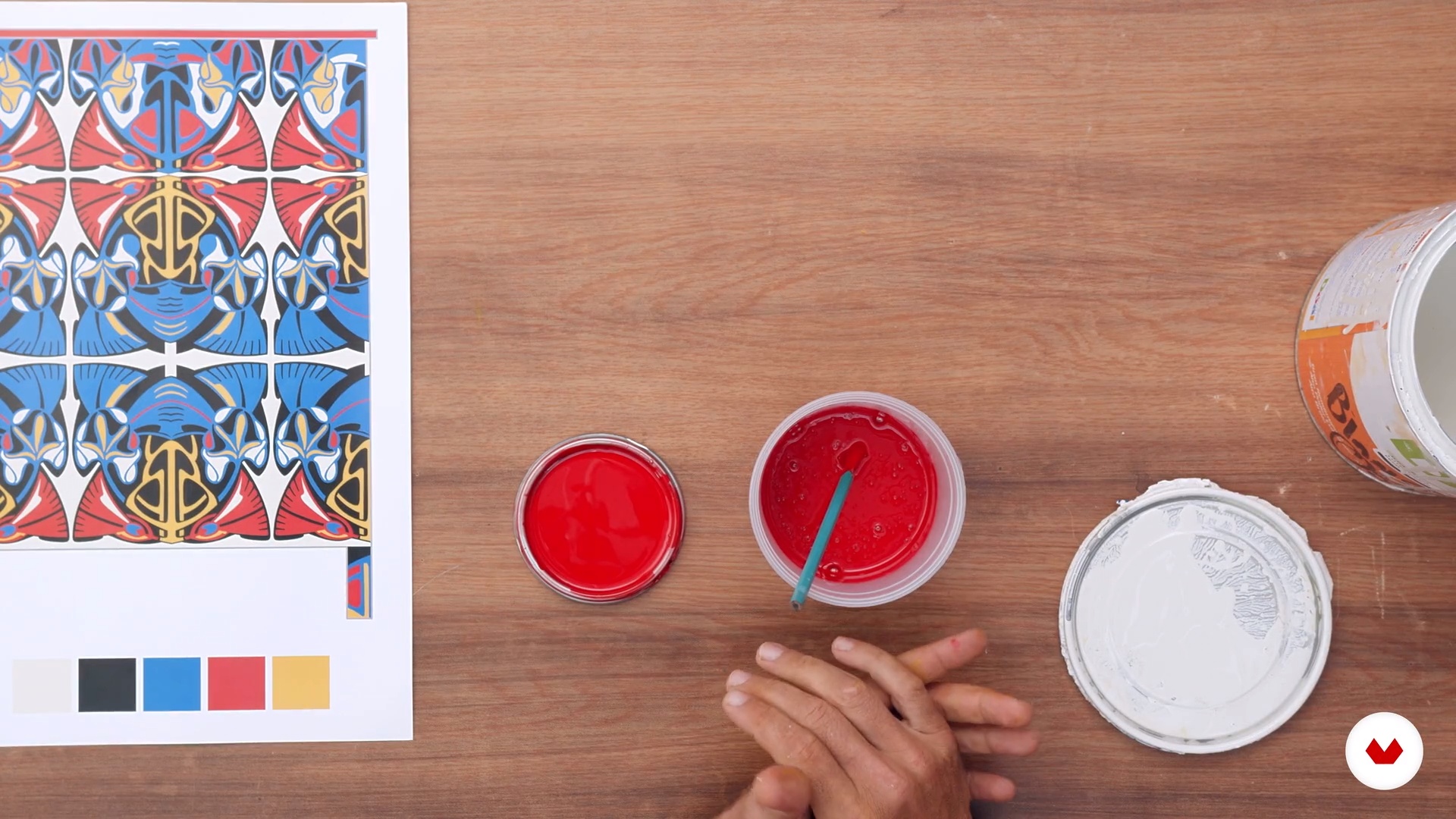
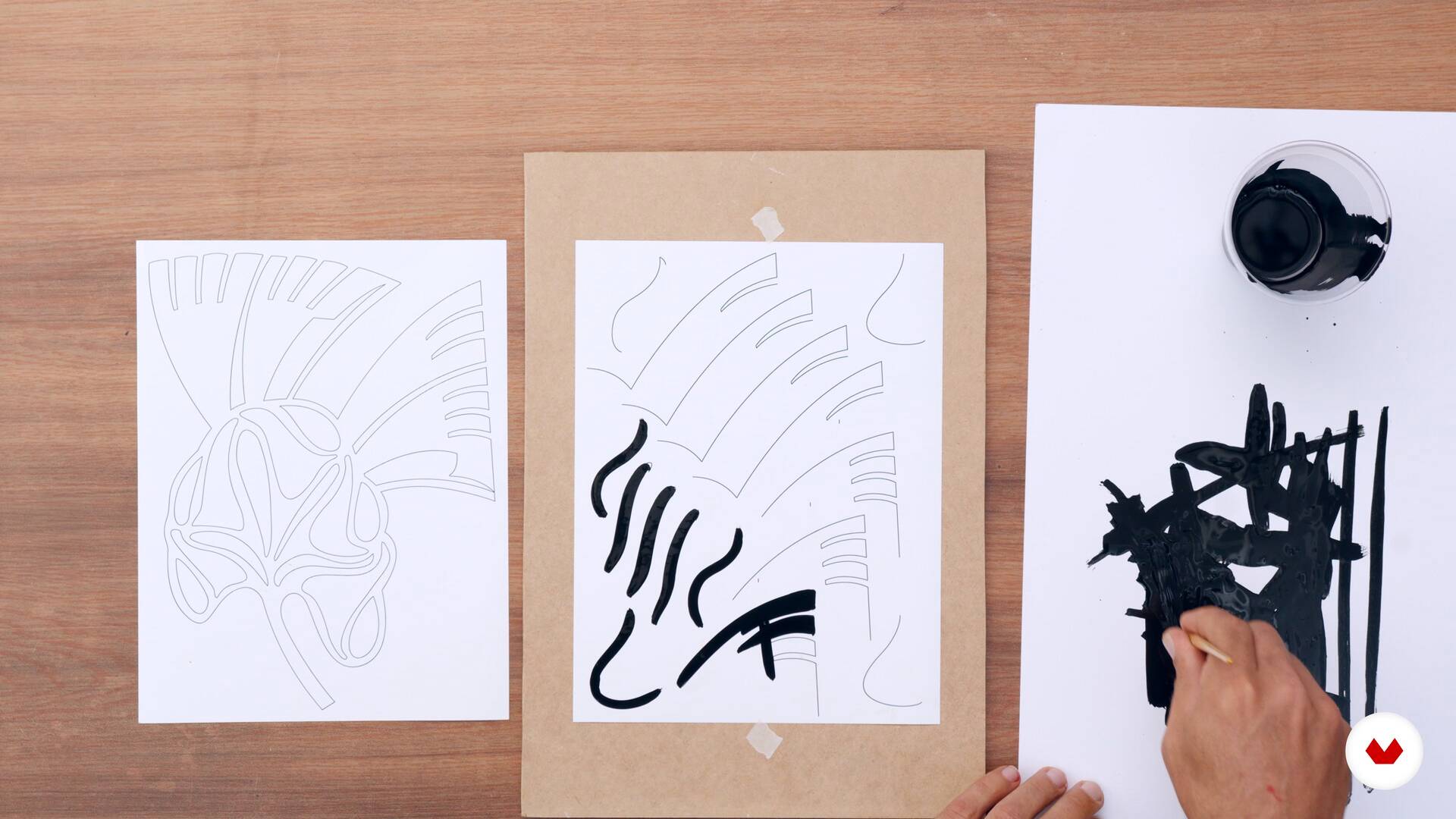
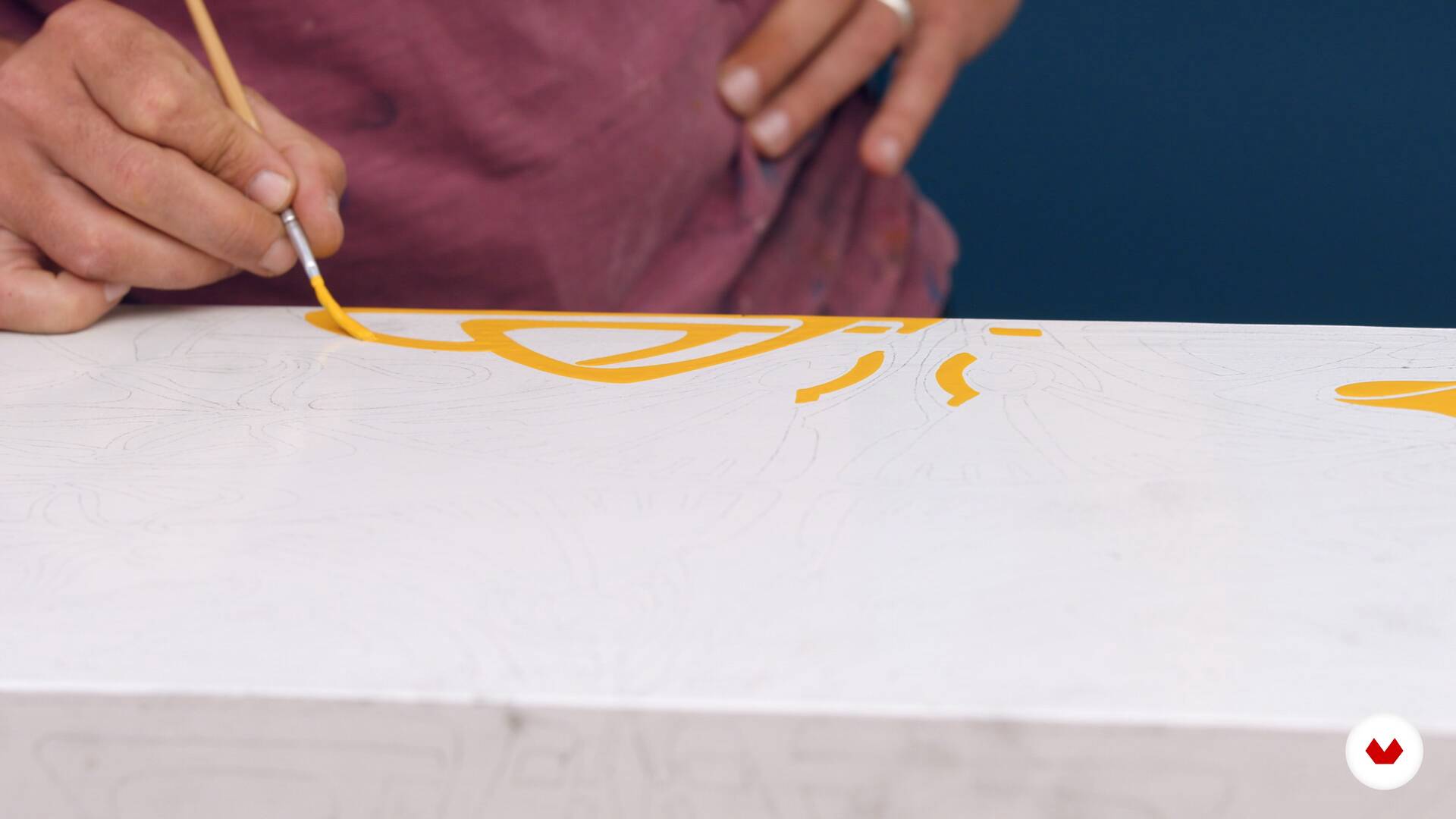
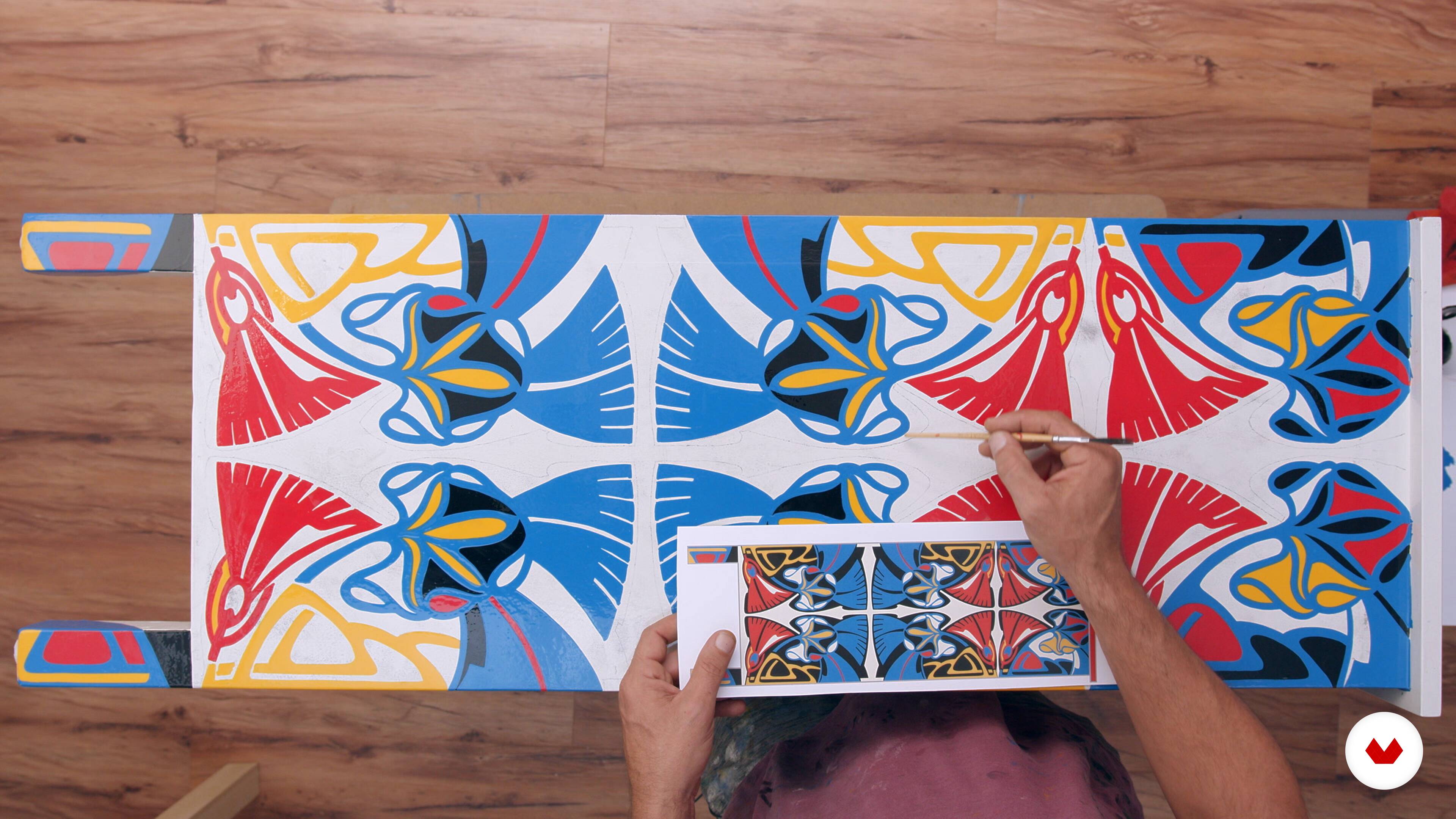
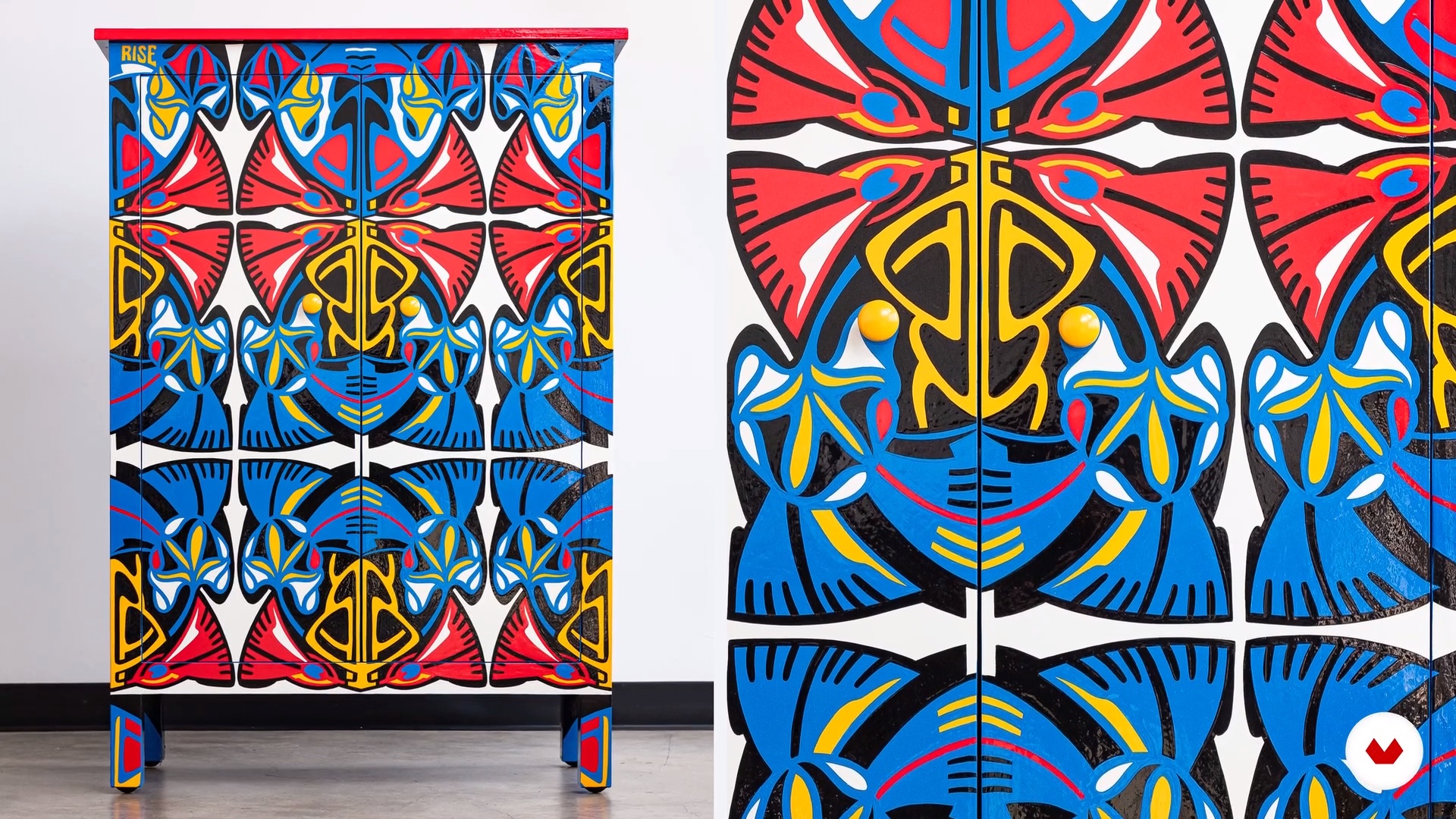
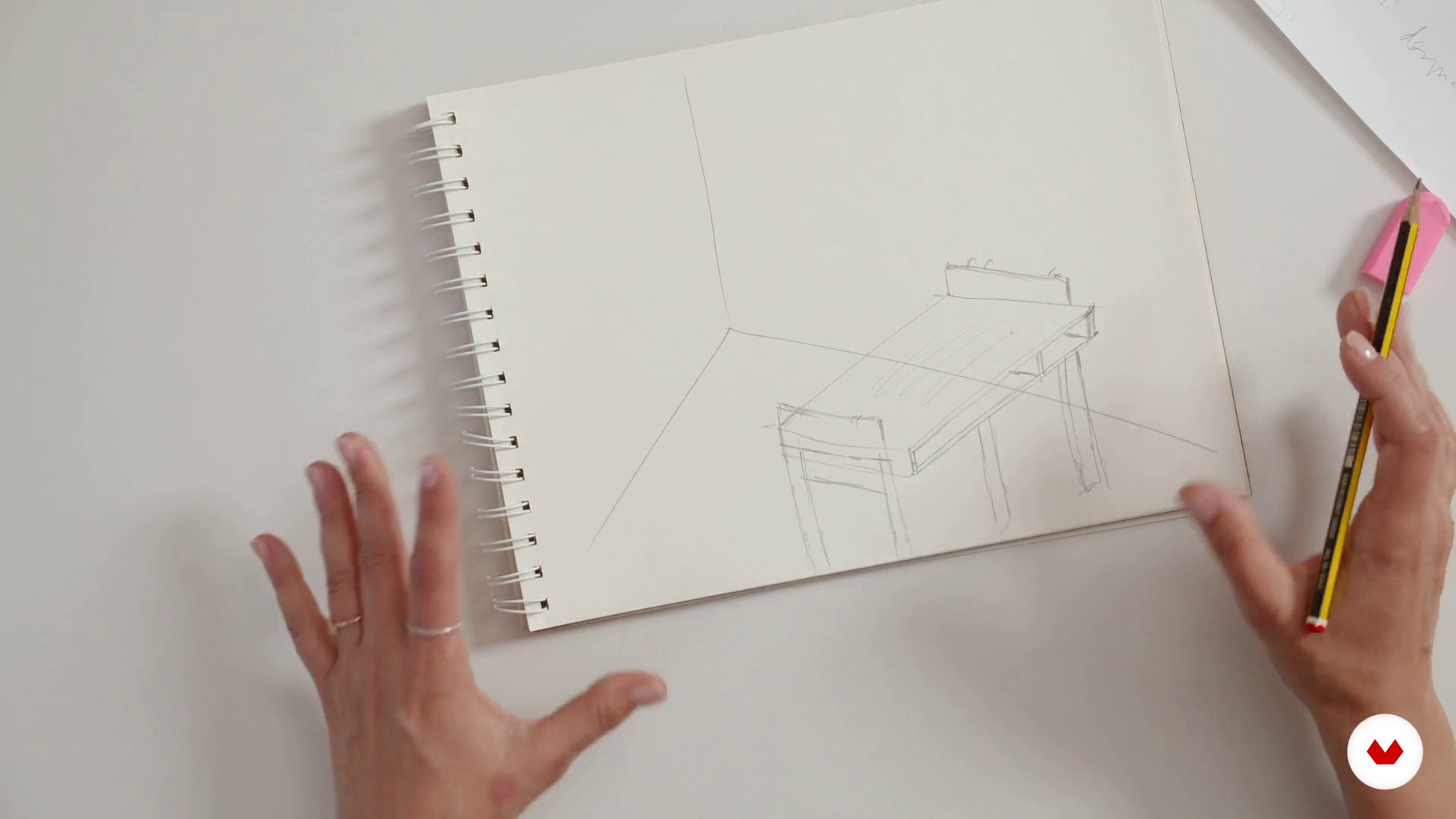

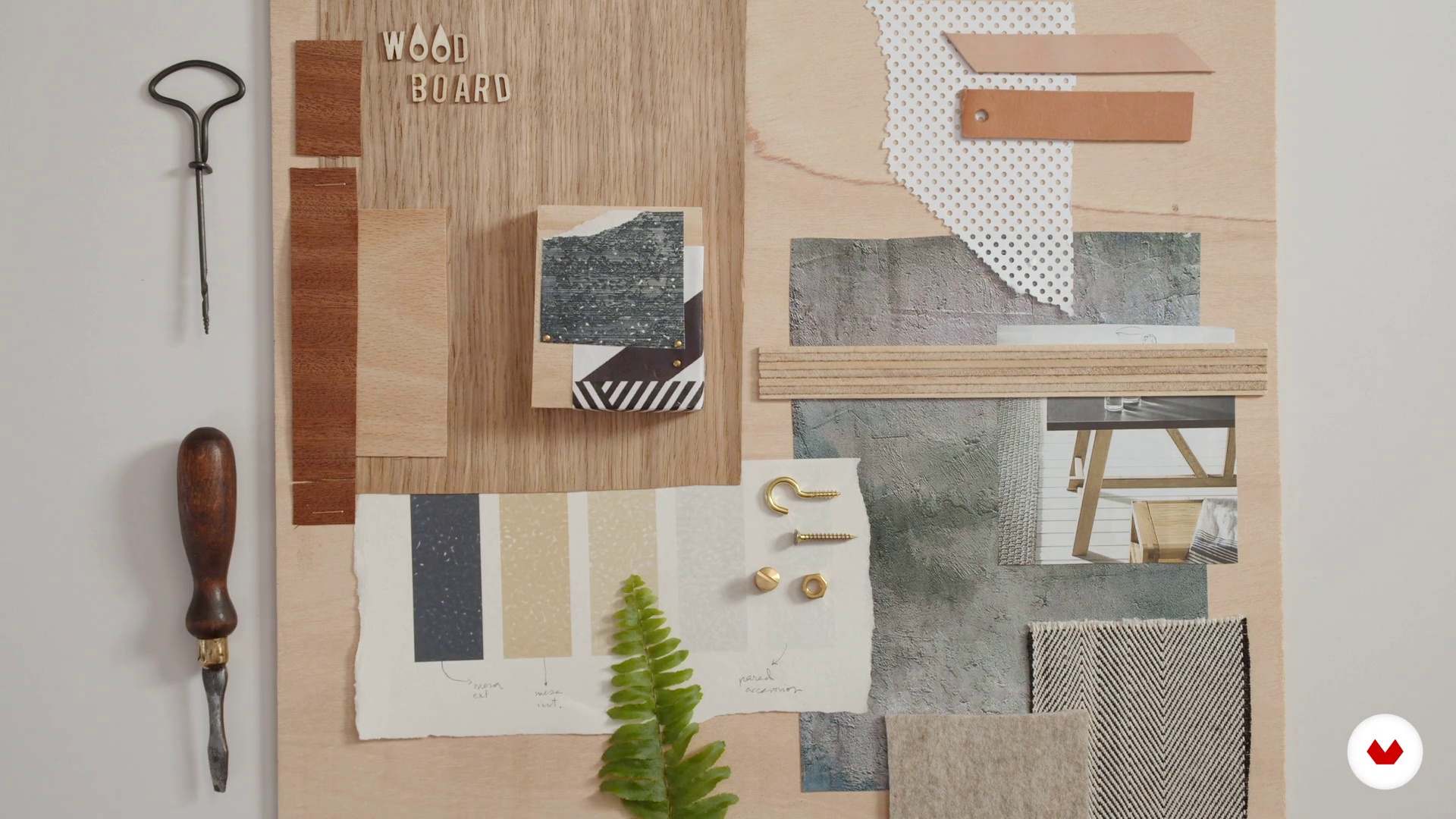
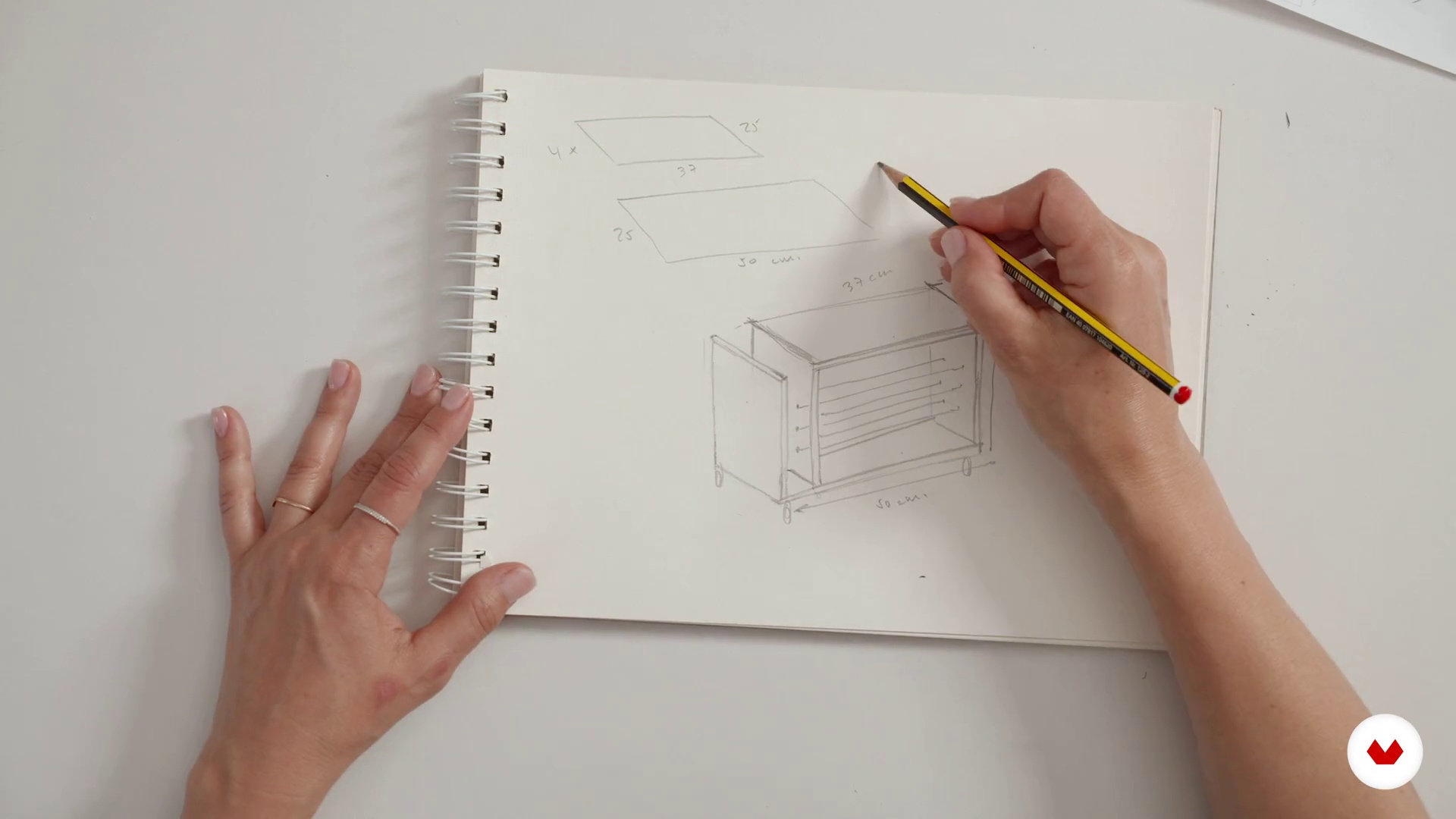

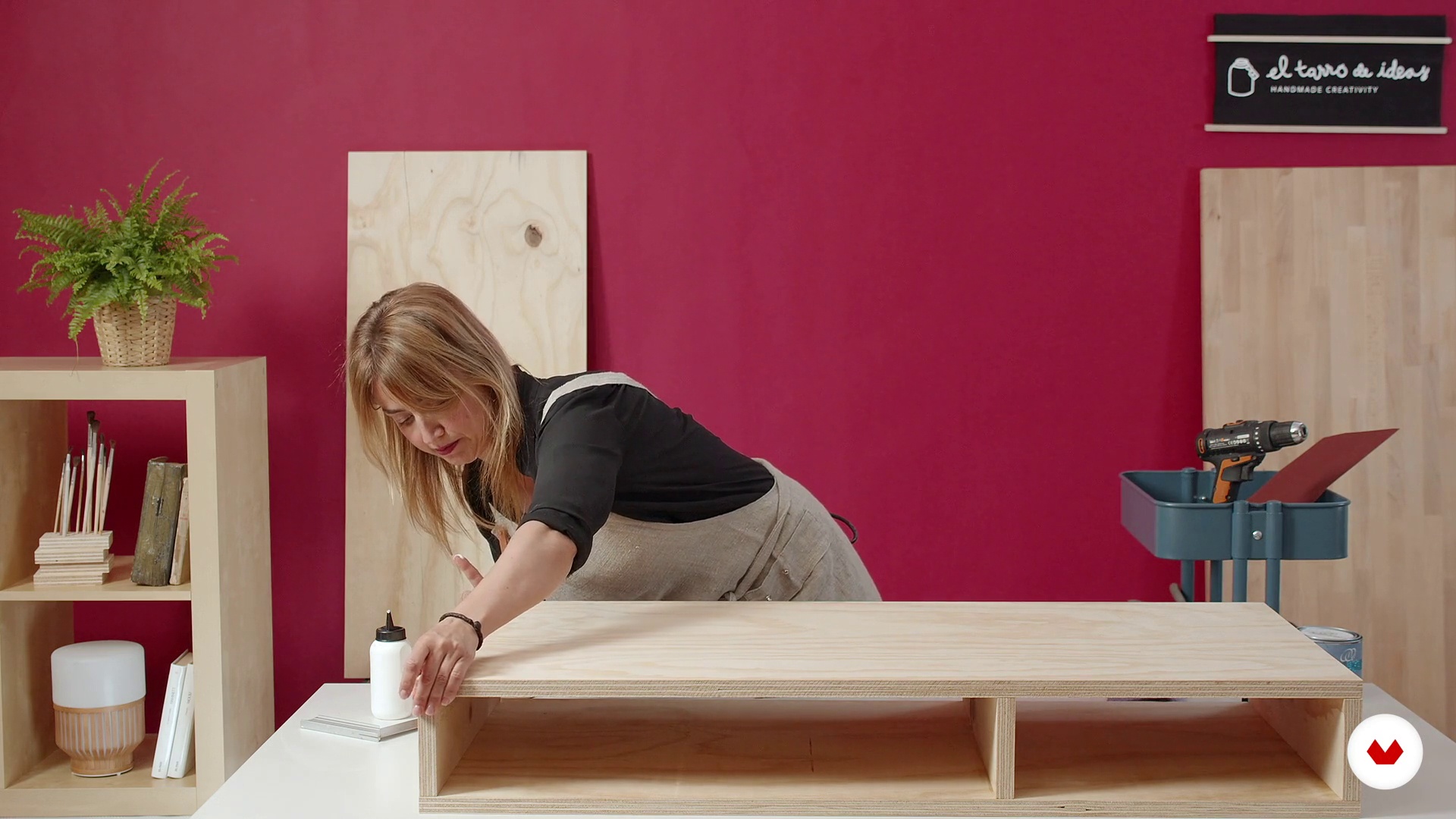
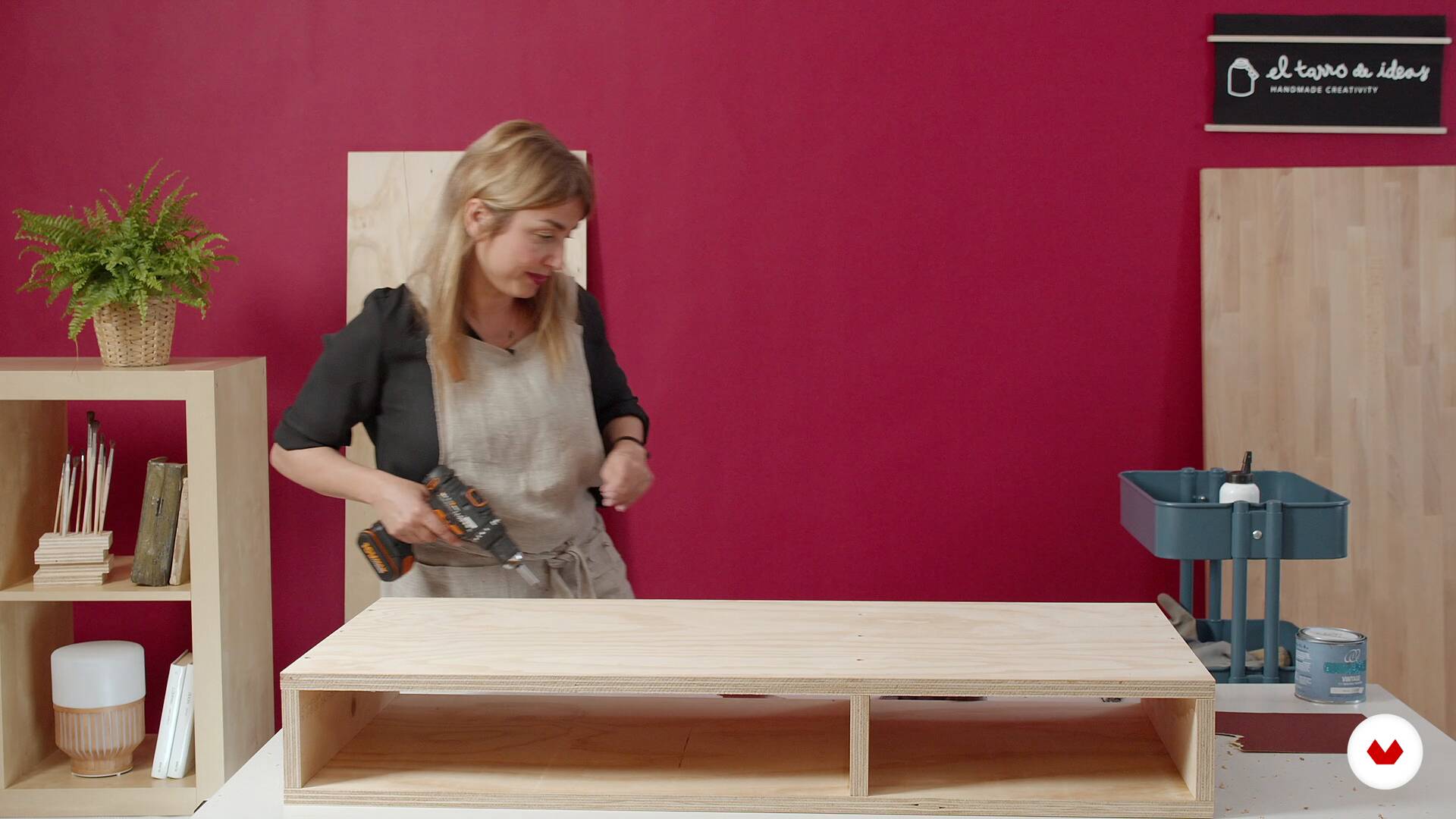
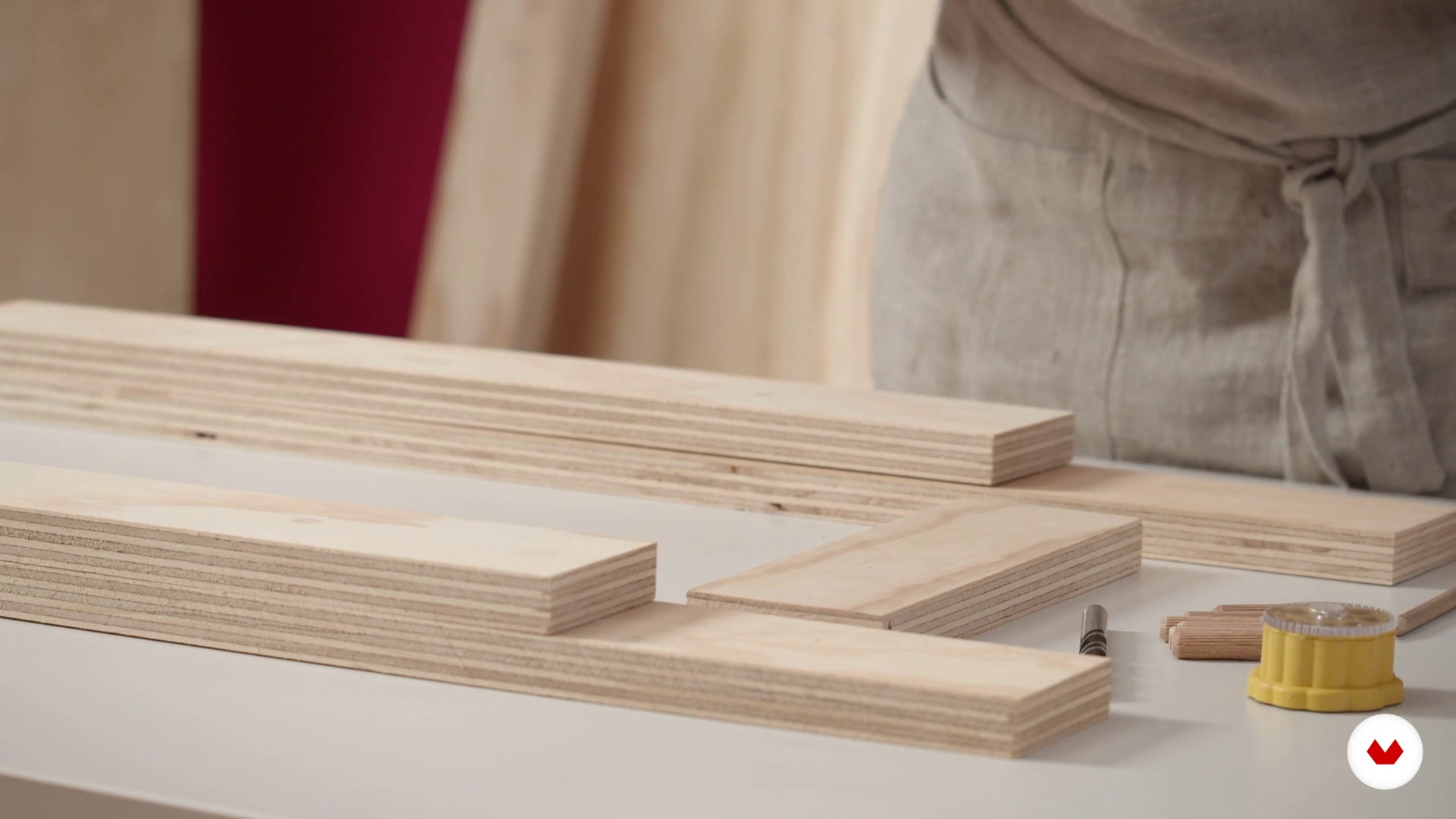
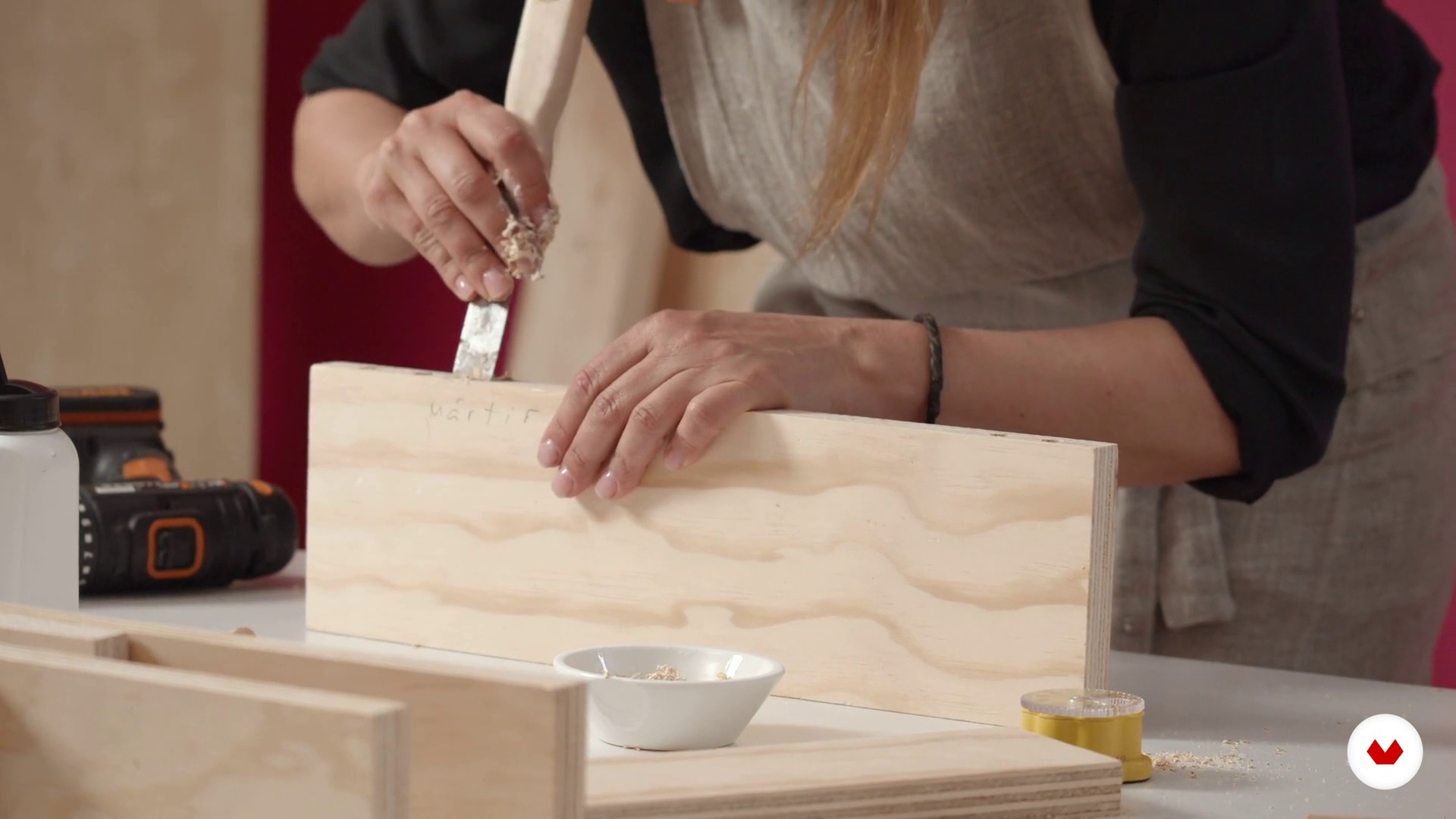

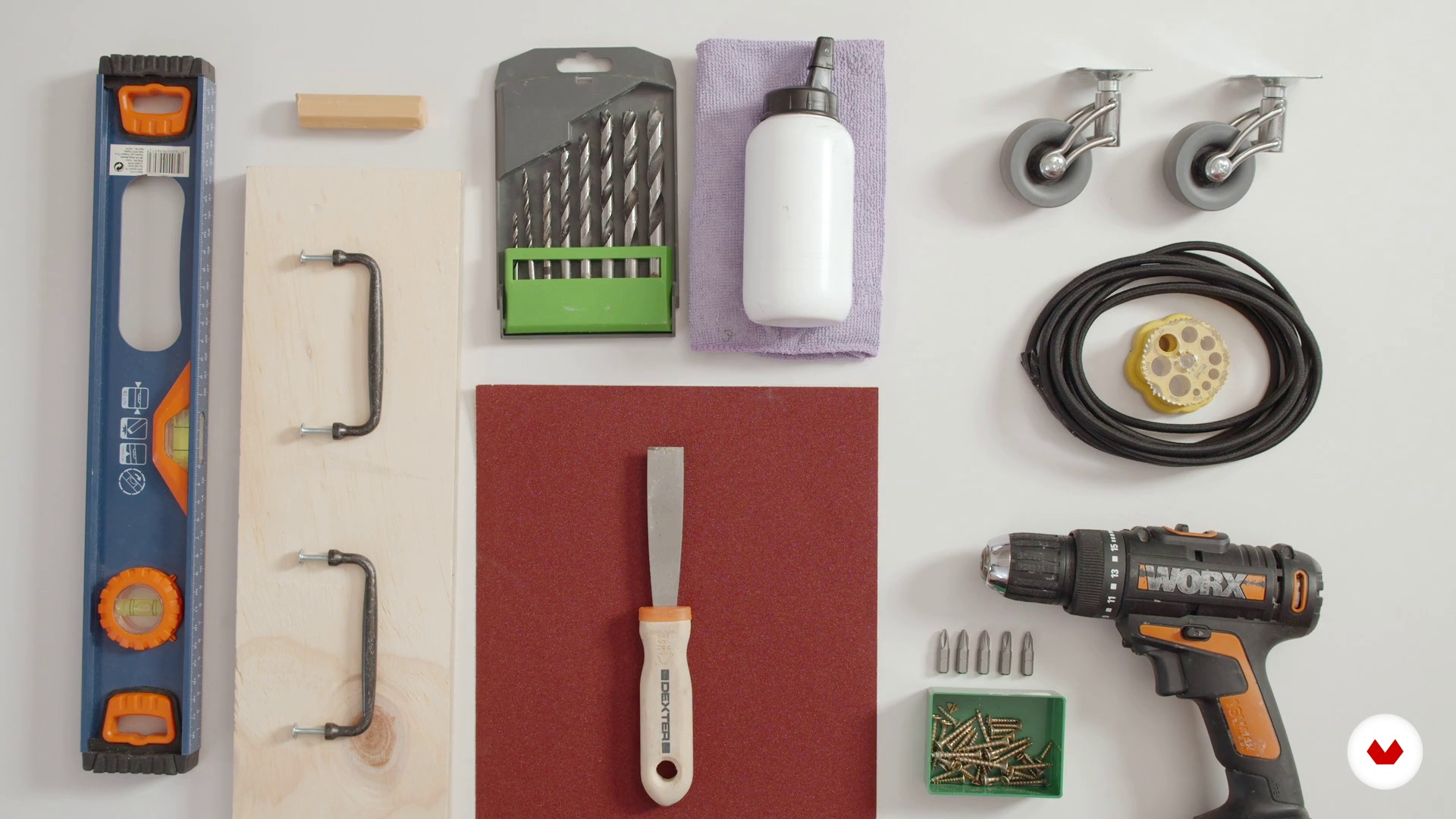
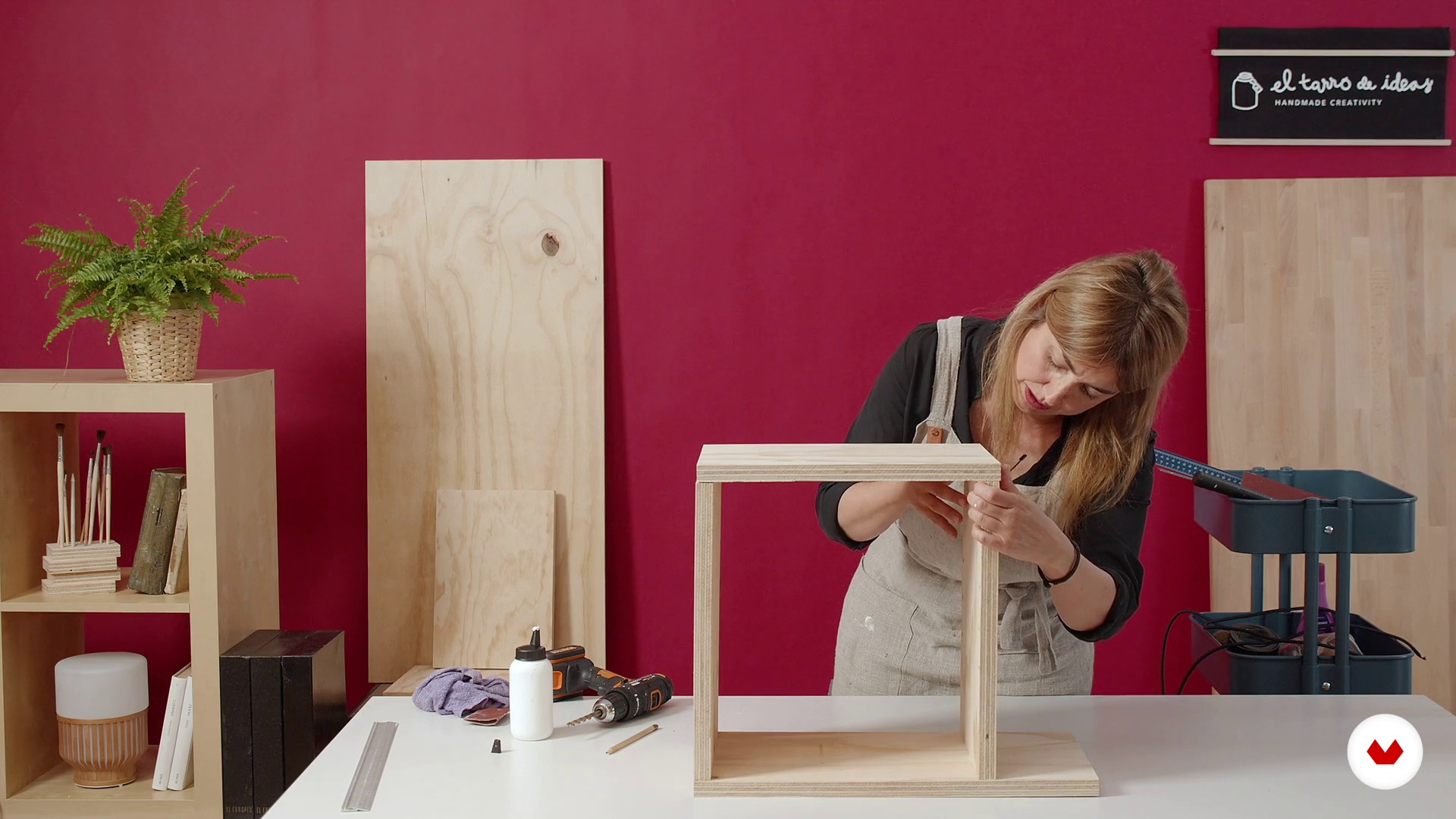
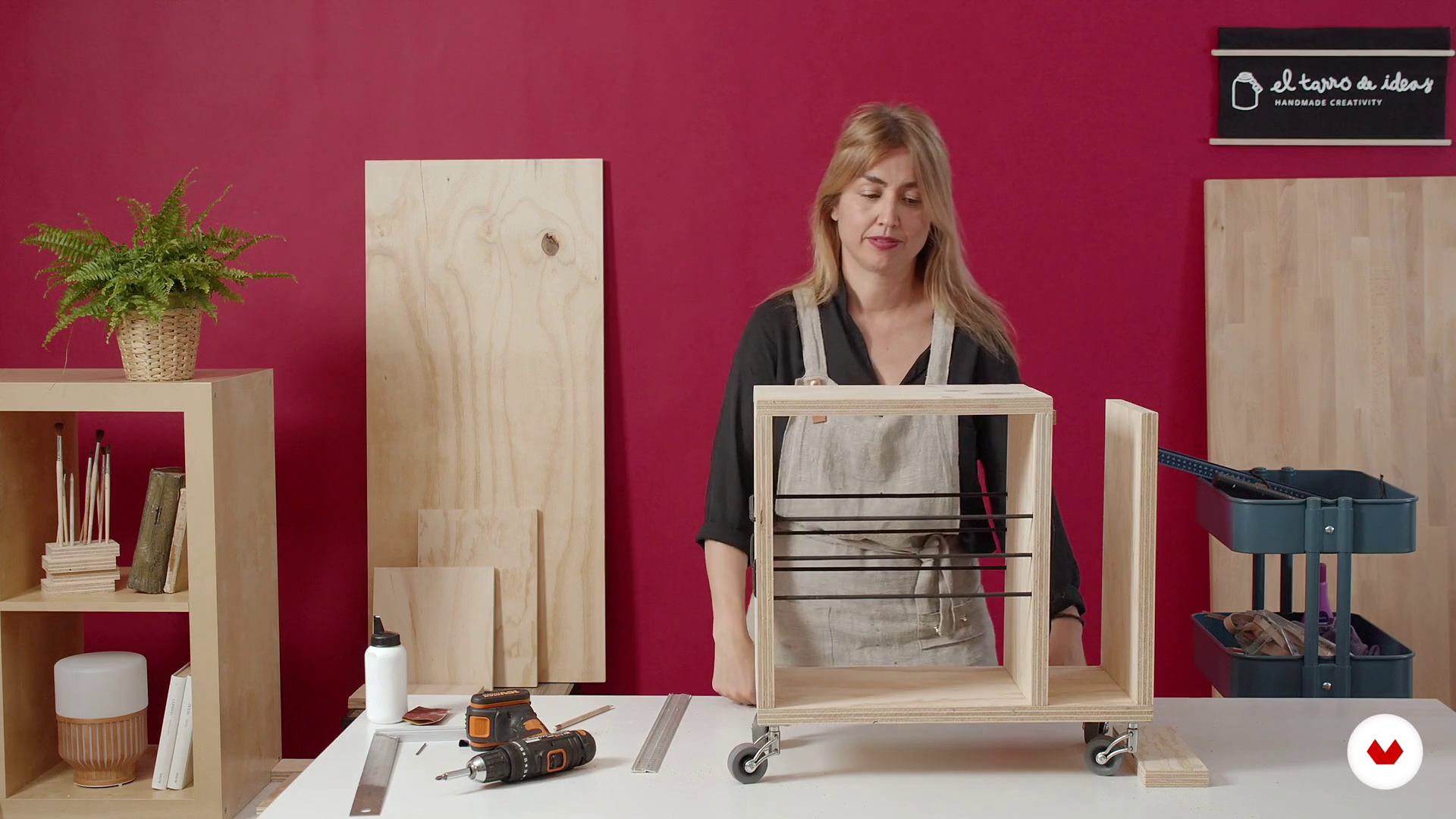

- 100% positive reviews (7)
- 735 students
- 92 lessons (13h 39m)
- 114 additional resources (50 files)
- Online and at your own pace
- Audio: Spanish, English
- Spanish · English · Portuguese · German · French · Italian · Polish · Dutch · Turkish
- Level: Beginner
- Unlimited access forever
What is this course's project?
You'll learn how to restore a chair, refurbishing its wooden frame and applying new textiles. You'll experiment with disassembly, stuffing, and upholstery techniques, resulting in a modern and aesthetically renewed piece of furniture, ready to be part of your space.
Who is this specialization for?
Ideal for DIY and decorating enthusiasts interested in transforming old furniture into unique pieces. Creative individuals who enjoy renovating their homes with hands-on projects, basic restoration techniques, and artistic finishes. Perfect for those looking to learn new craft skills.
Requirements and materials
No extensive prior knowledge is required, but an interest in furniture restoration is necessary. Basic materials include sandpaper, brushes, paints, fabrics, repair tools, and finishing products. Creativity and patience are essential for successful results.







Reviews
What to expect from this specialization course
-
Learn at your own pace
Enjoy learning from home without a set schedule and with an easy-to-follow method. You set your own pace.
-
Learn from the best professionals
Learn valuable methods and techniques explained by top experts in the creative sector.
-
Meet expert teachers
Each expert teaches what they do best, with clear guidelines, true passion, and professional insight in every lesson.
-
Certificates
PlusIf you're a Plus member, get a custom certificate for every specialization course. Share it on your portfolio, social media, or wherever you like.
-
Get front-row seats
Videos of the highest quality, so you don't miss a single detail. With unlimited access, you can watch them as many times as you need to perfect your technique.
-
Share knowledge and ideas
Ask questions, request feedback, or offer solutions. Share your learning experience with other students in the community who are as passionate about creativity as you are.
-
Connect with a global creative community
The community is home to millions of people from around the world who are curious and passionate about exploring and expressing their creativity.
-
Watch professionally produced courses
Domestika curates its teacher roster and produces every course in-house to ensure a high-quality online learning experience.
FAQs
What are Domestika's online courses?
Domestika courses are online classes that allow you to learn new skills and create incredible projects. All our courses include the opportunity to share your work with other students and/or teachers, creating an active learning community. We offer different formats:
Original Courses: Complete classes that combine videos, texts, and educational materials to complete a specific project from start to finish.
Basics Courses: Specialized training where you master specific software tools step by step.
Specialization Courses: Learning paths with various expert teachers on the same topic, perfect for becoming a specialist by learning from different approaches.
Guided Courses: Practical experiences ideal for directly acquiring specific skills.
Intensive Courses (Deep Dives): New creative processes based on artificial intelligence tools in an accessible format for in-depth and dynamic understanding.
When do the specialization courses start and when do they finish?
All specialization courses are 100% online, so once they're published, specialization courses start and finish whenever you want. You set the pace of the class. You can go back to review what interests you most and skip what you already know, ask questions, answer questions, share your projects, and more.
What do Domestika's specialization courses include?
The specialization courses are divided into different modules. Each one includes lessons, informational text, tasks, and practice exercises to help you carry out your project step by step, with additional complementary resources and downloads. You'll also have access to an exclusive forum where you can interact with other students, as well as share your work and your final project, creating a community around the specialization courses.
Have you been given a specialization courses?
You can redeem the specialization courses you received by accessing the redeeming page and entering your gift code.

Cada una de las lecciones me ha dado ideas muy ùtiles. Estoy encantada con todos los profesores, altamente profesionales y muy claros y pràcticos en la exposiciòn. Lo sùper recomiendo!
Bardzo ciekawy i dokładny kurs. Wiele się dowiedziałam.
I have always wanted to learn how to restore furniture, and this course teaches this very well. Brilliant compilation of lessons!
Excellent compilation of several courses, all well explained, step by step, easy to follow. You can go as far as your imagination goes!. Loved it....
Estou a gostar bastante do curso.
As aulas estão muito bem explicadas.